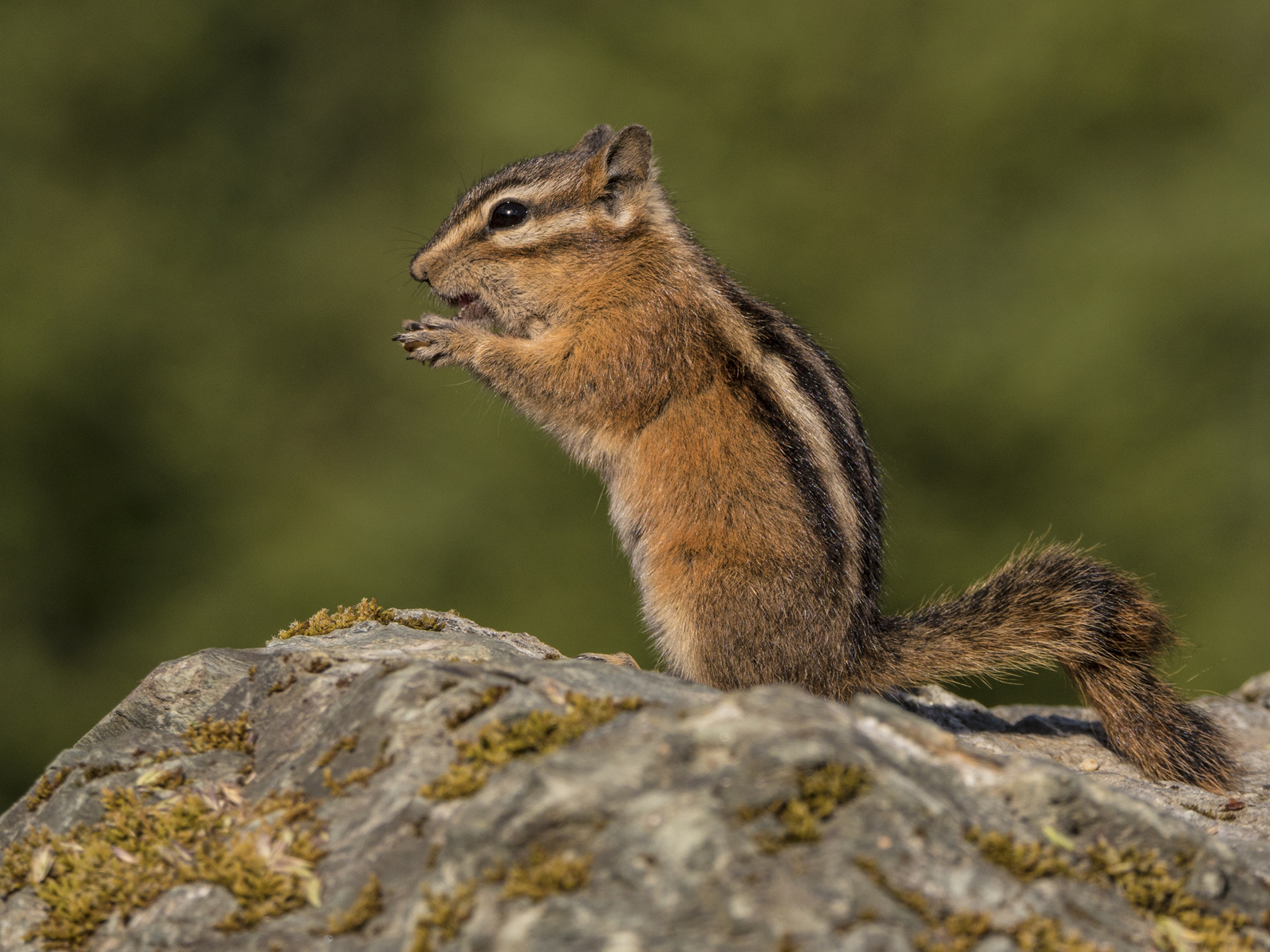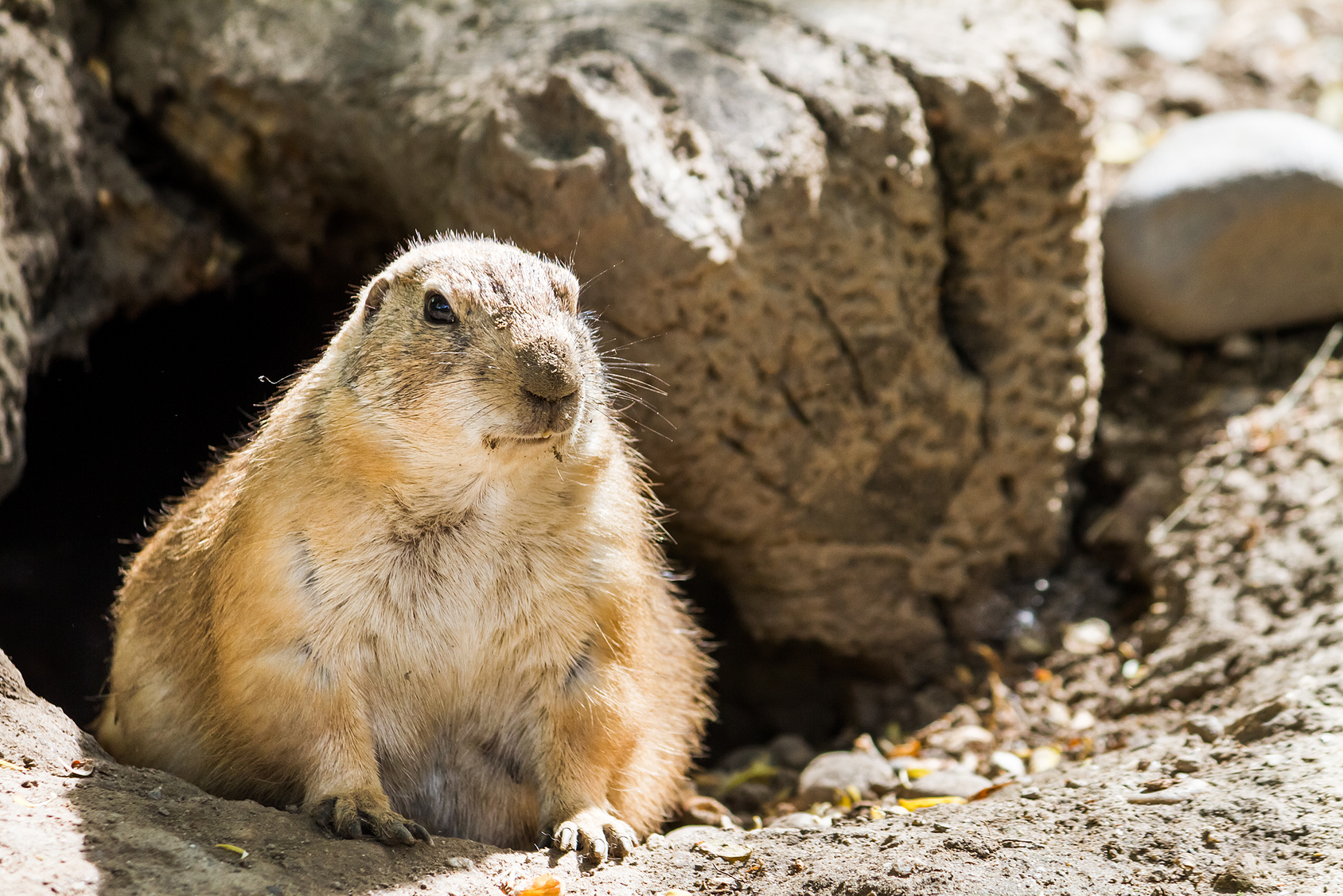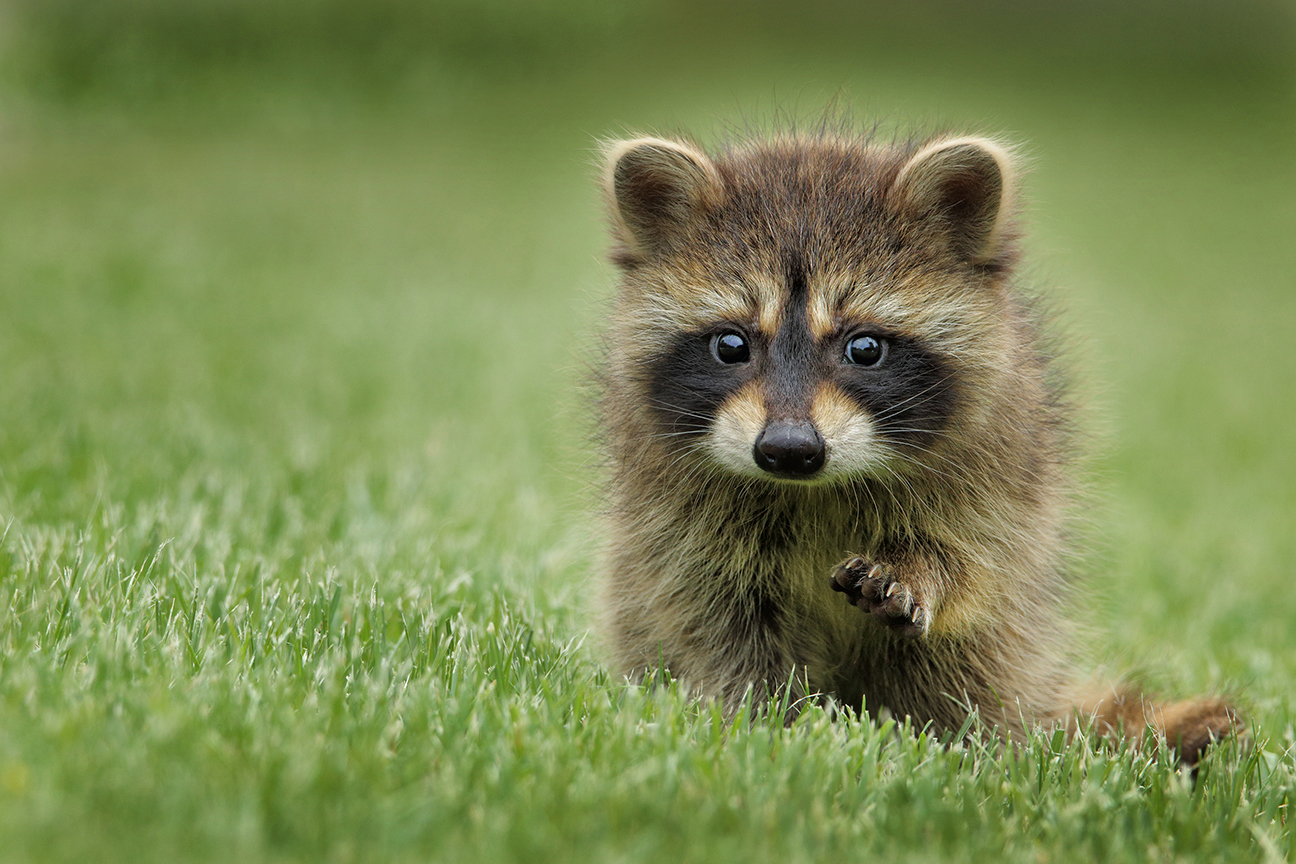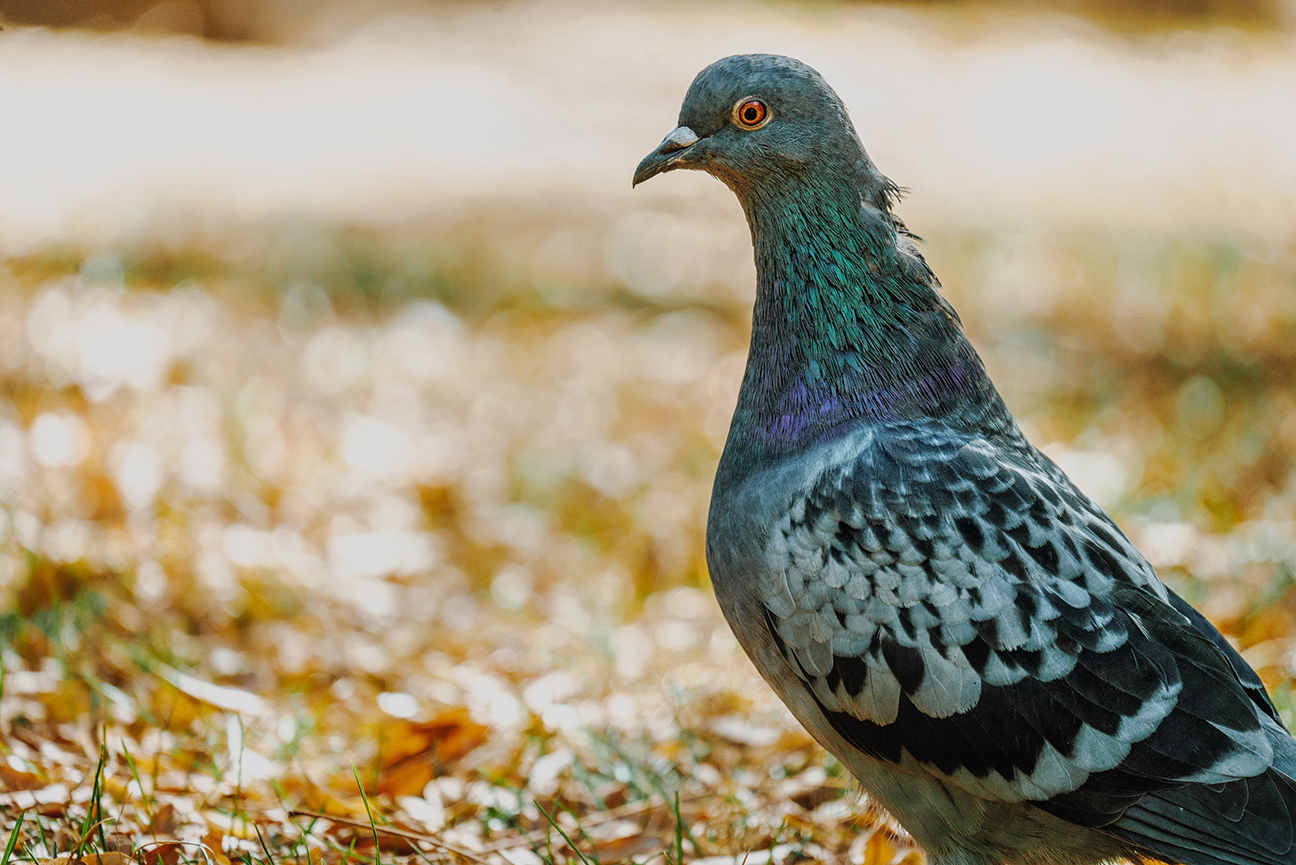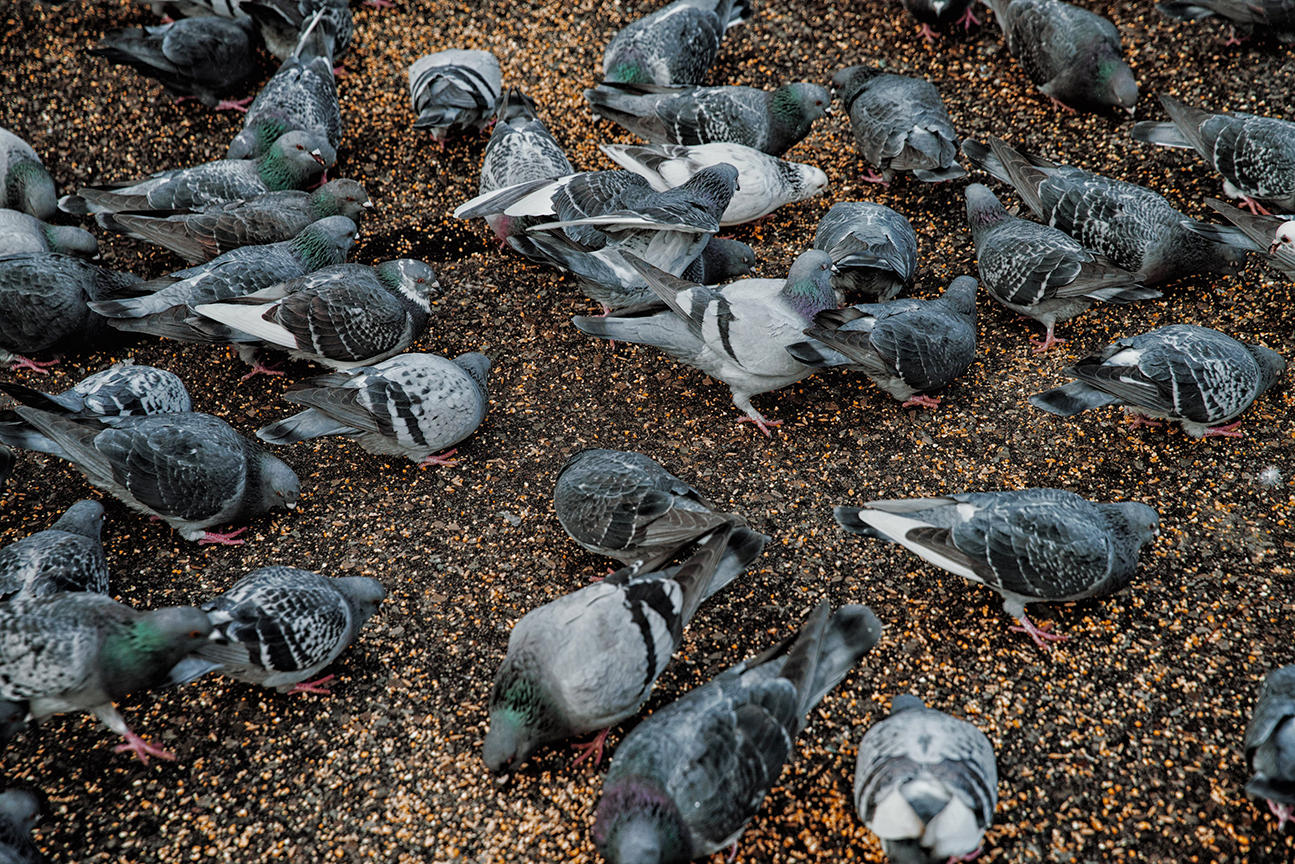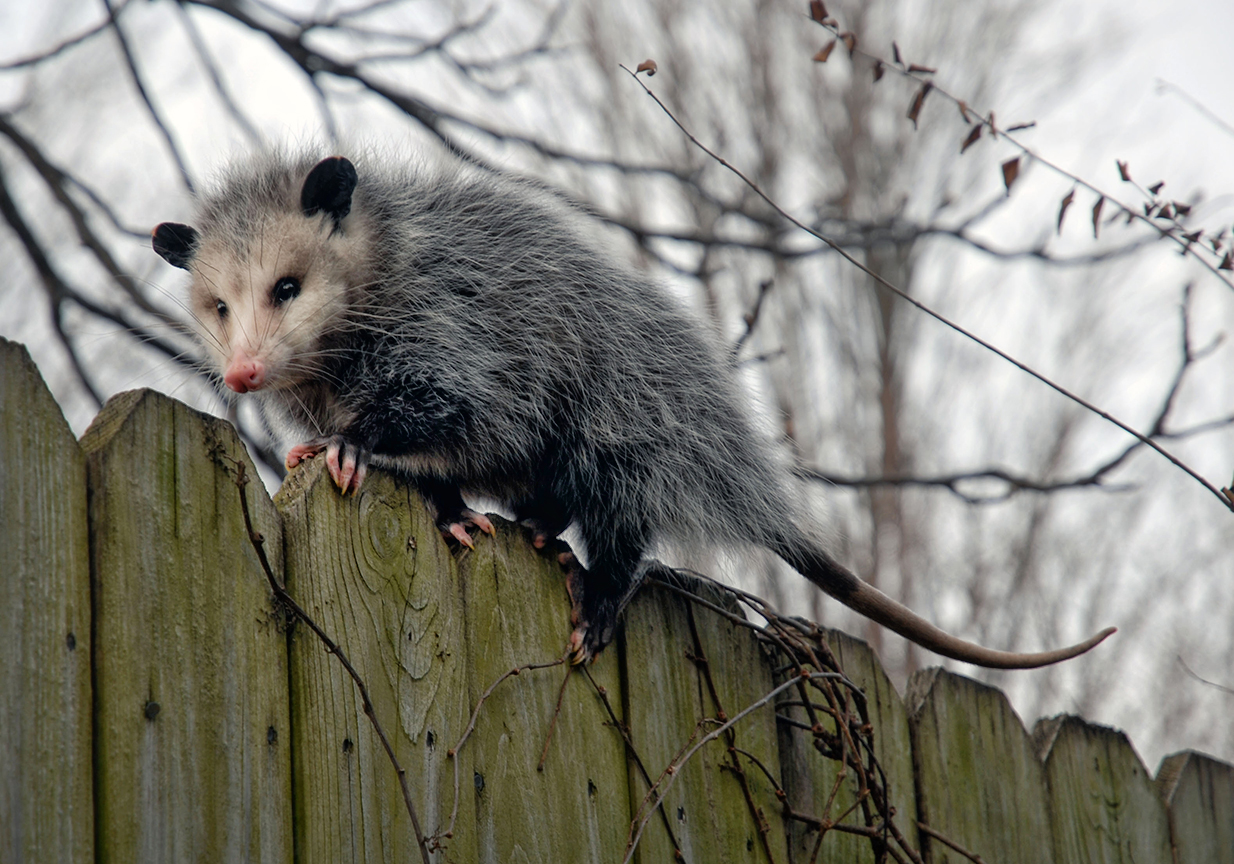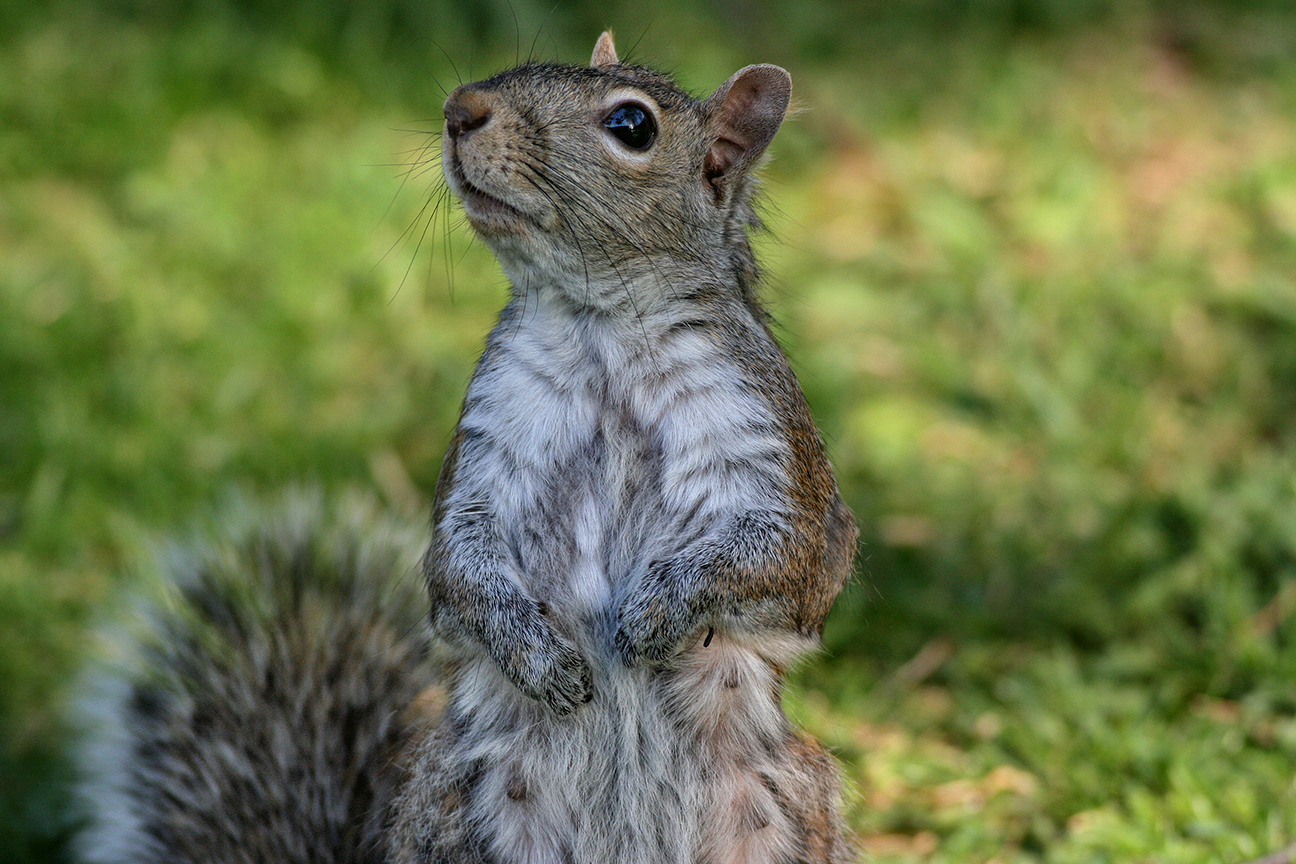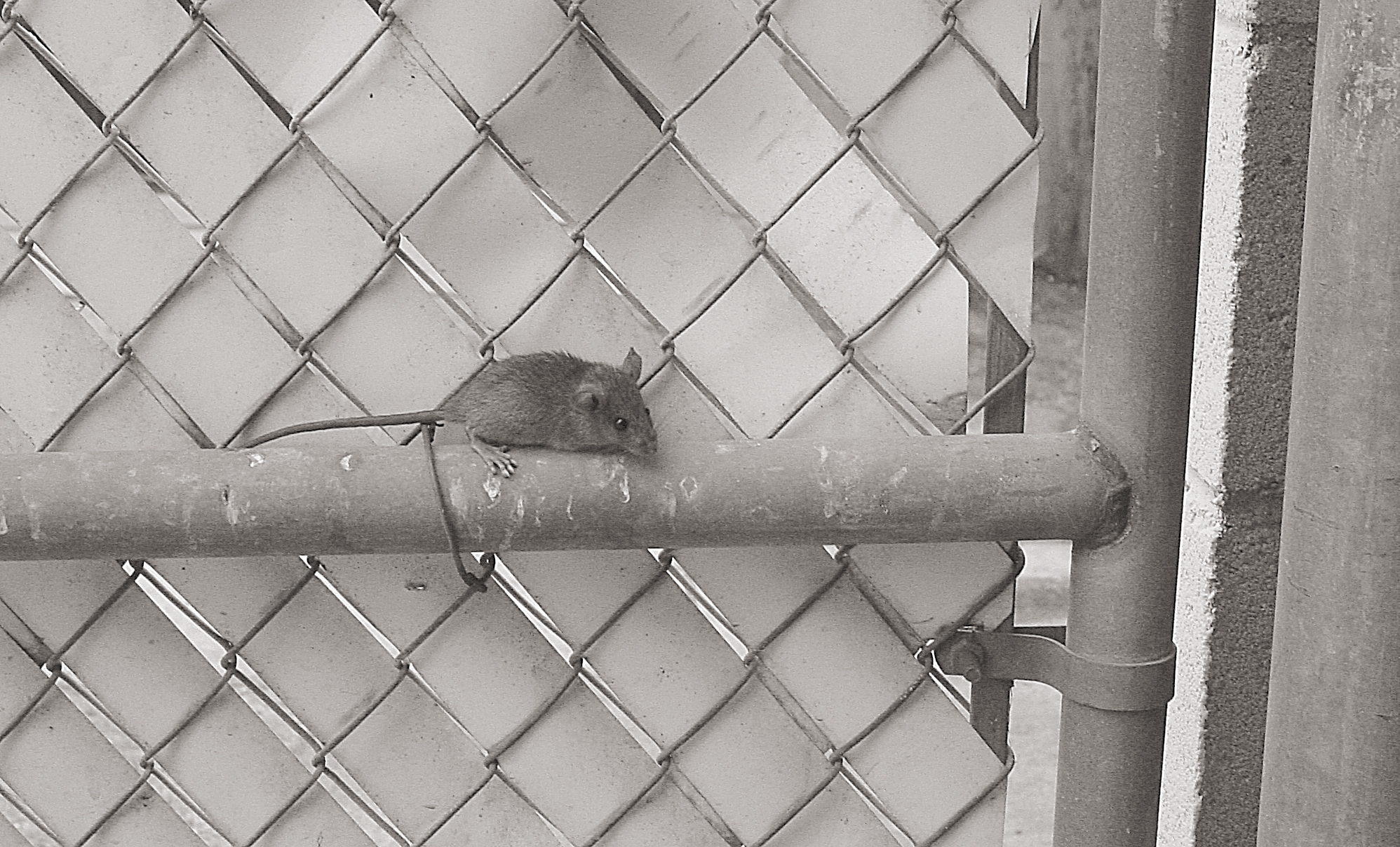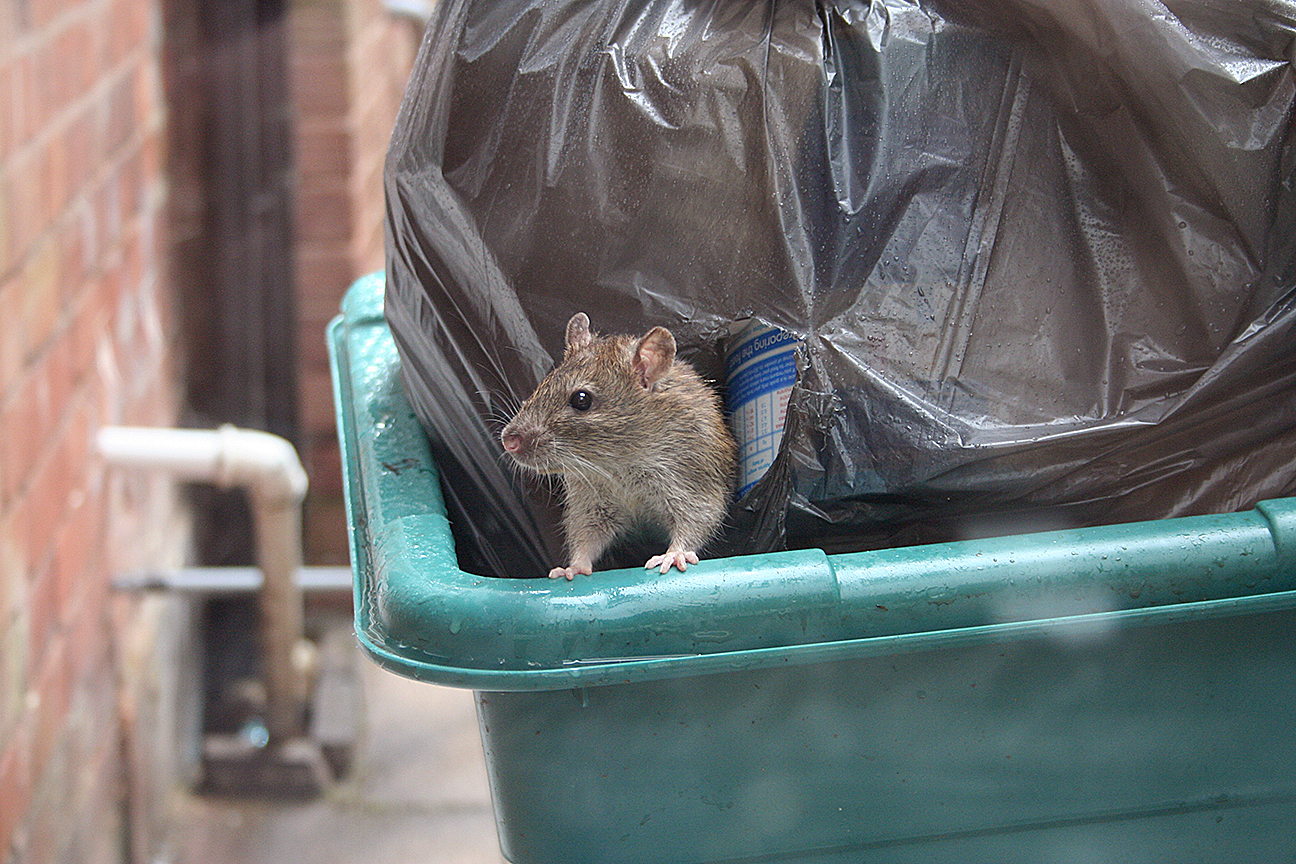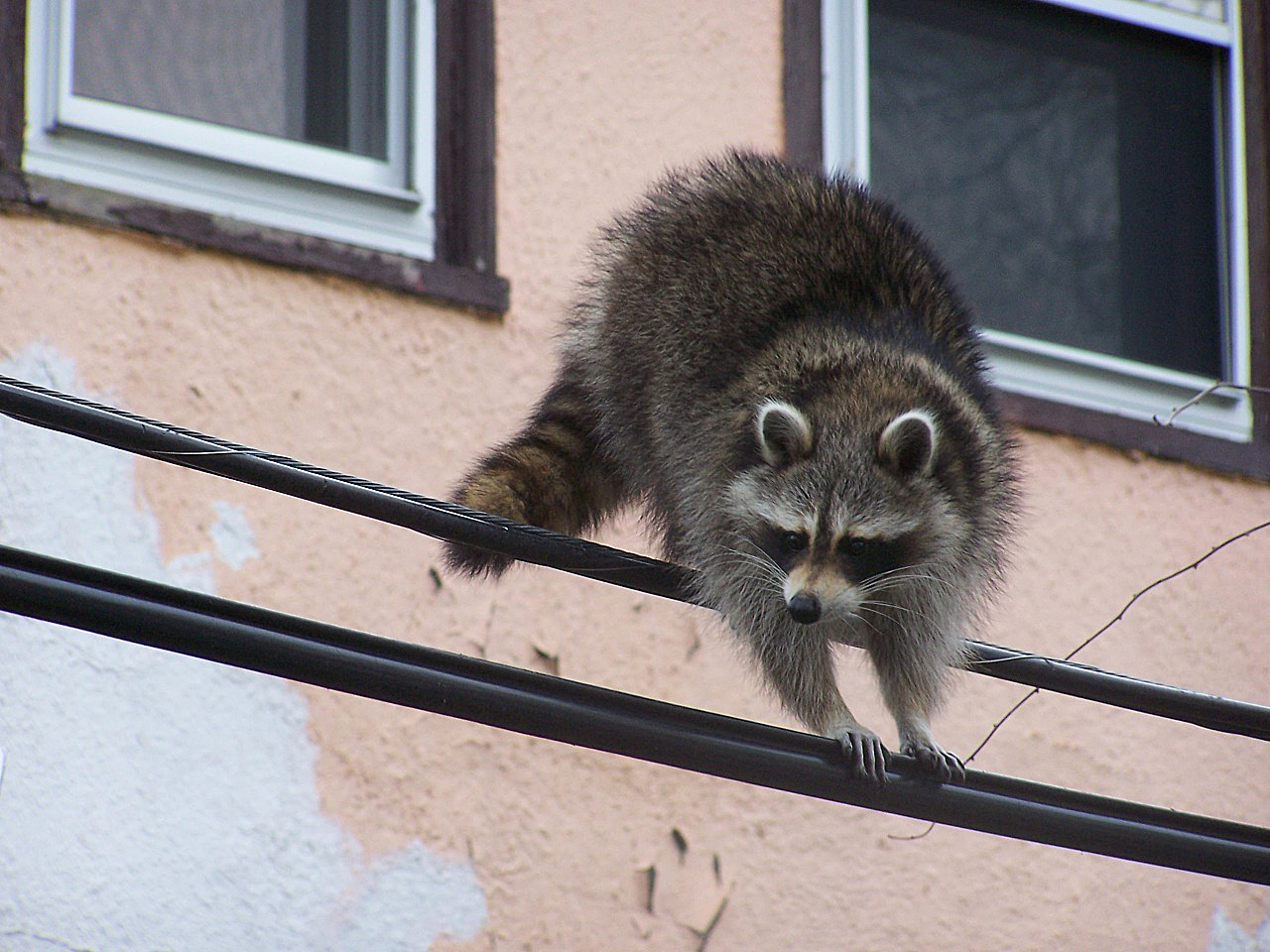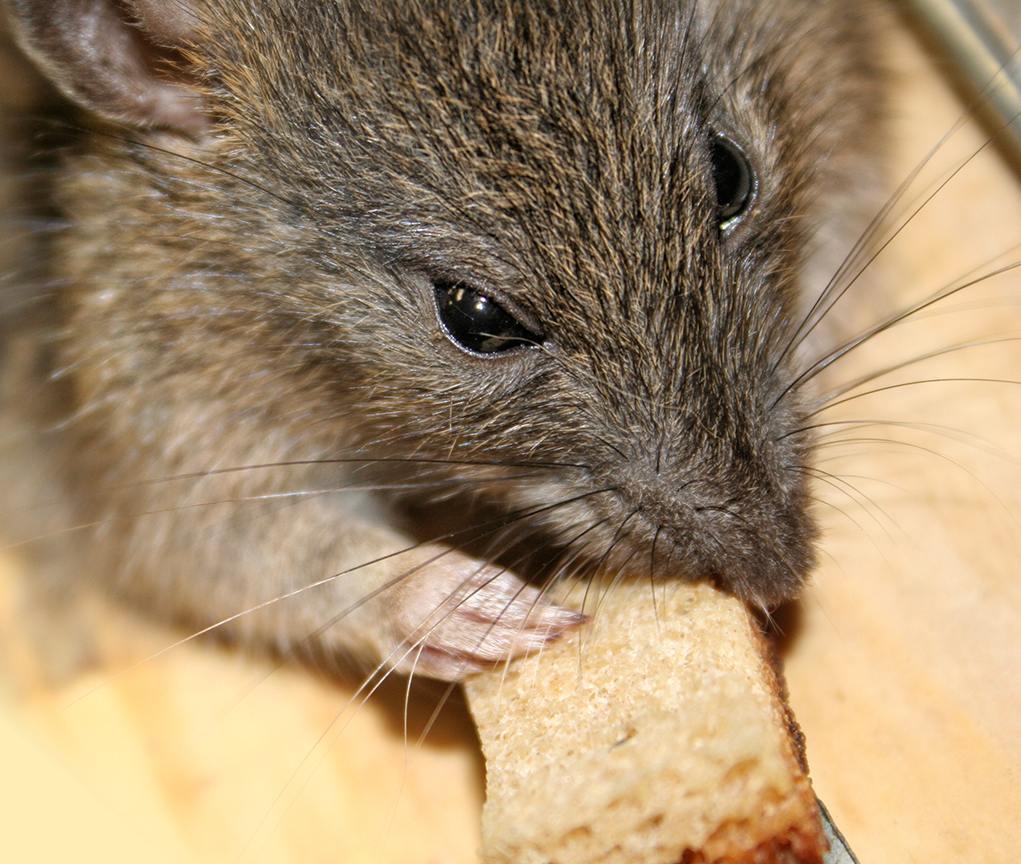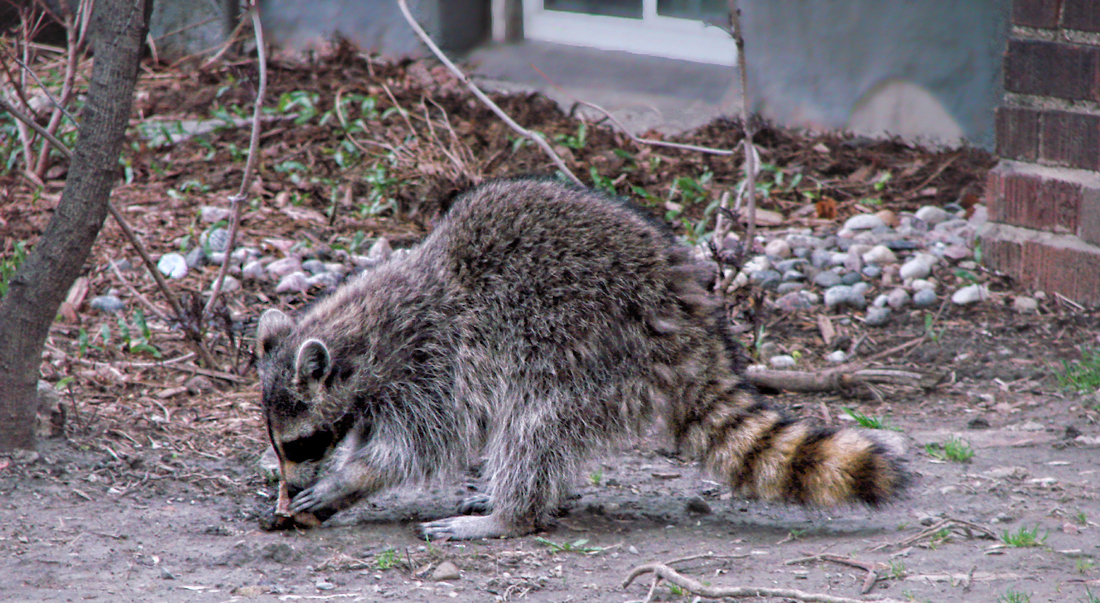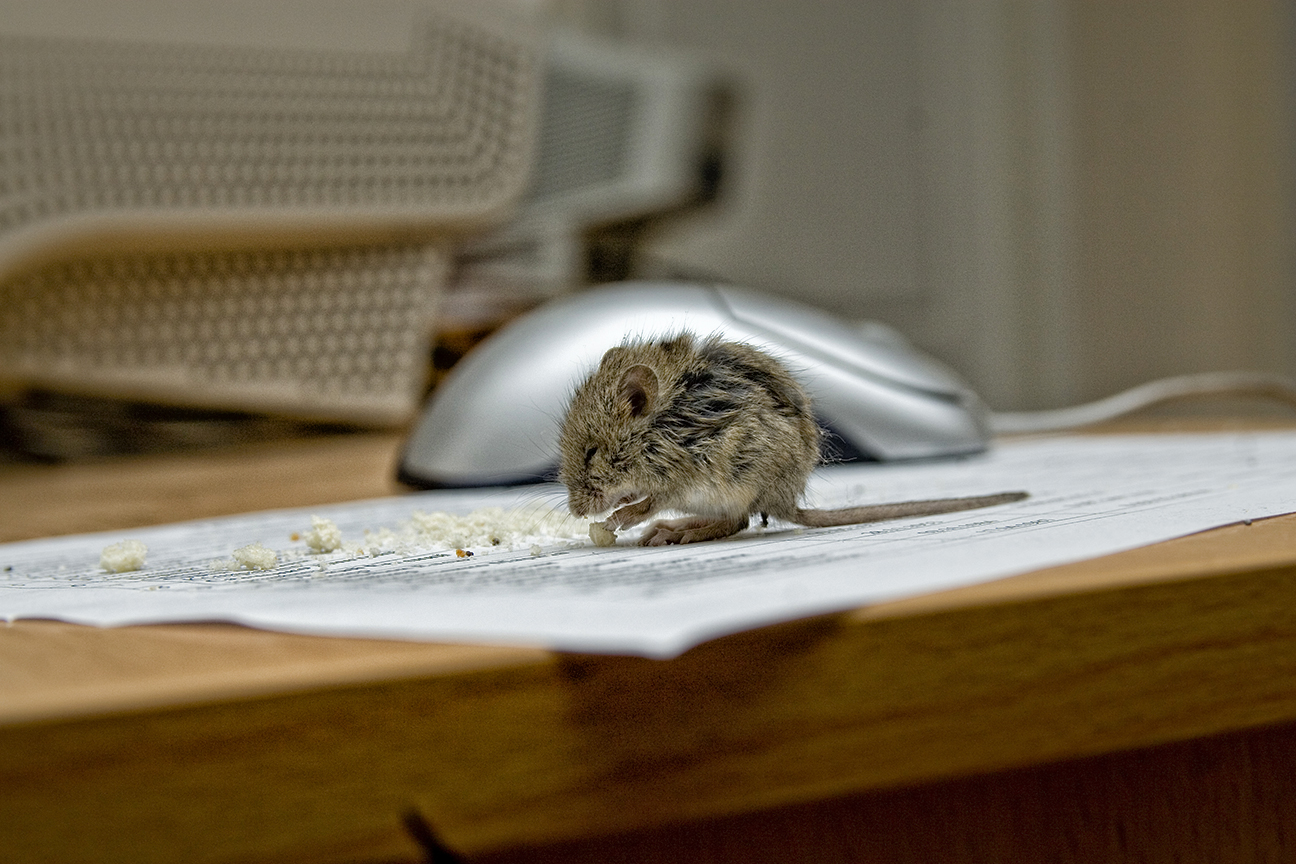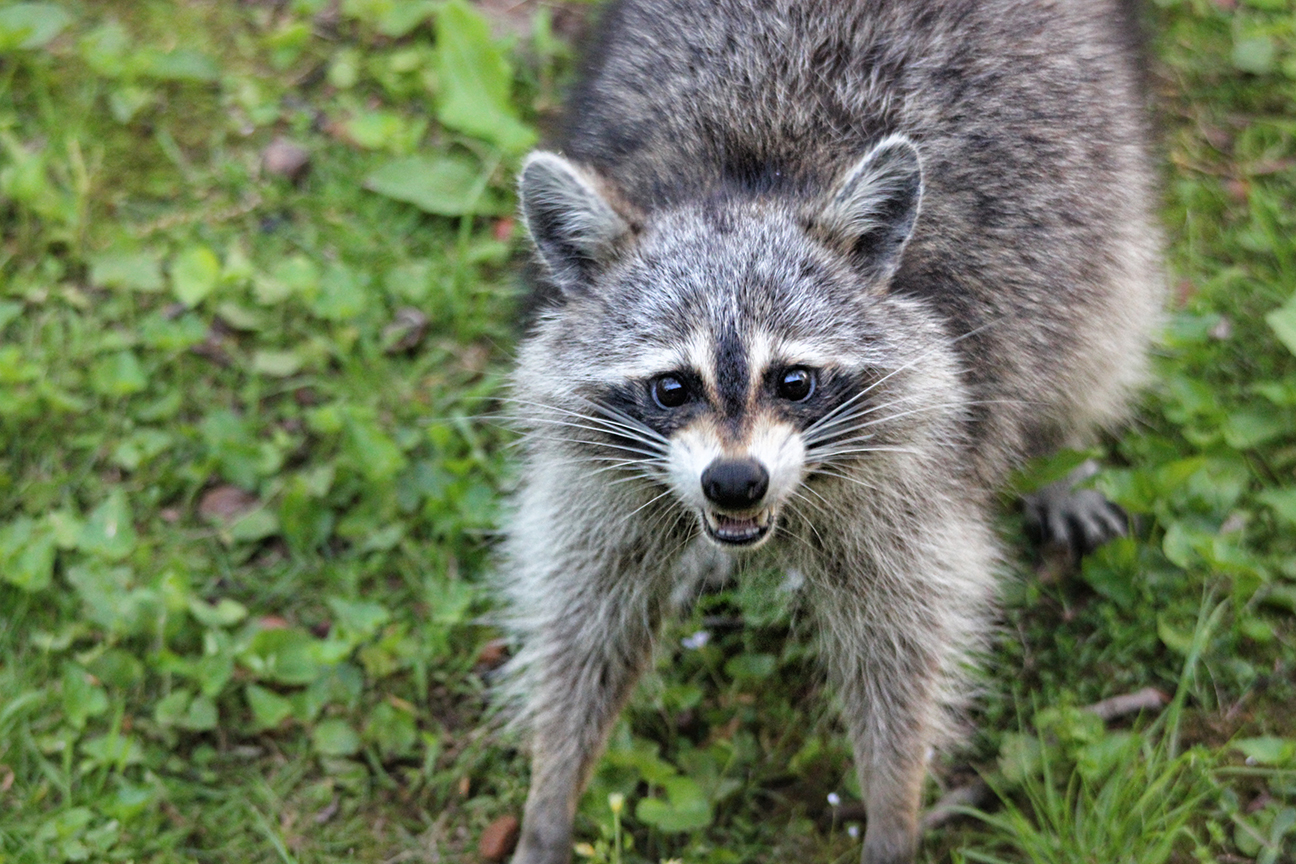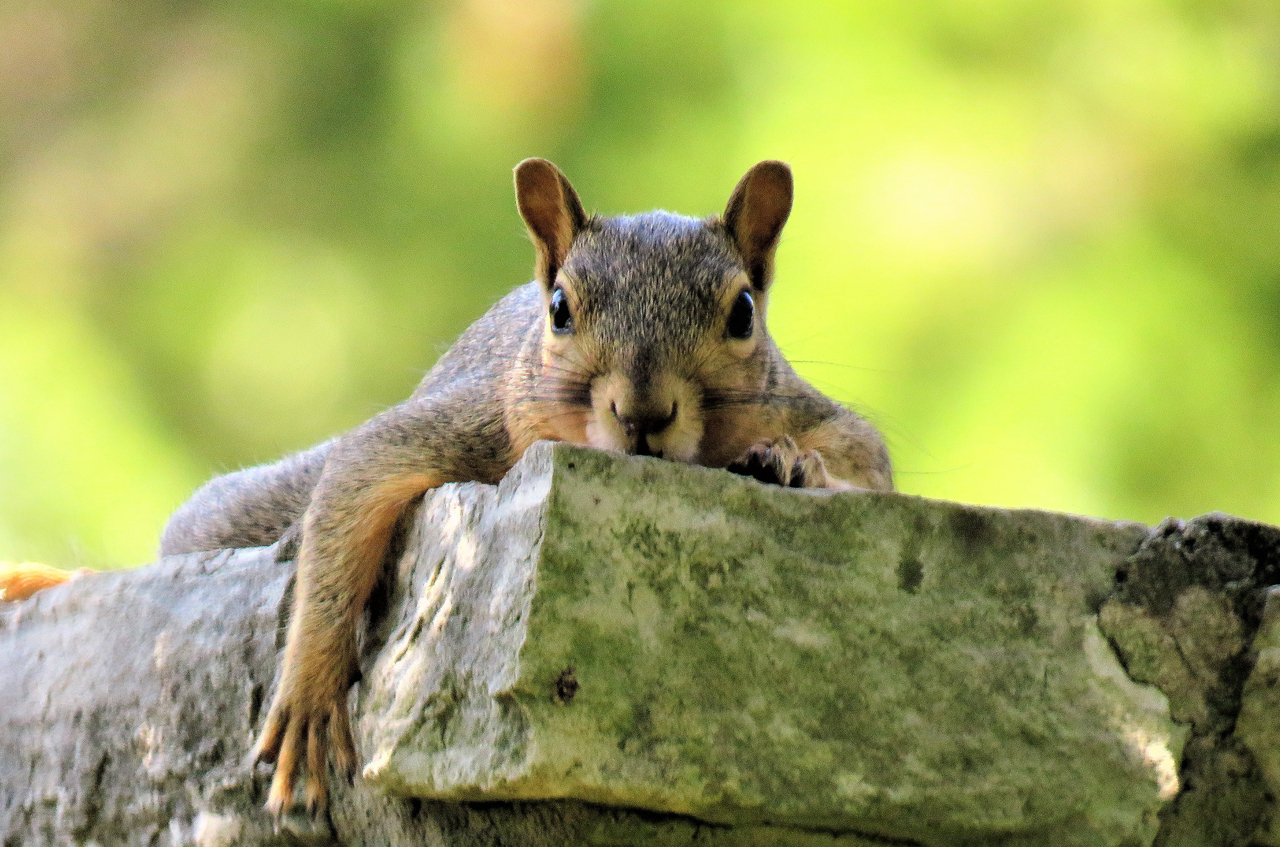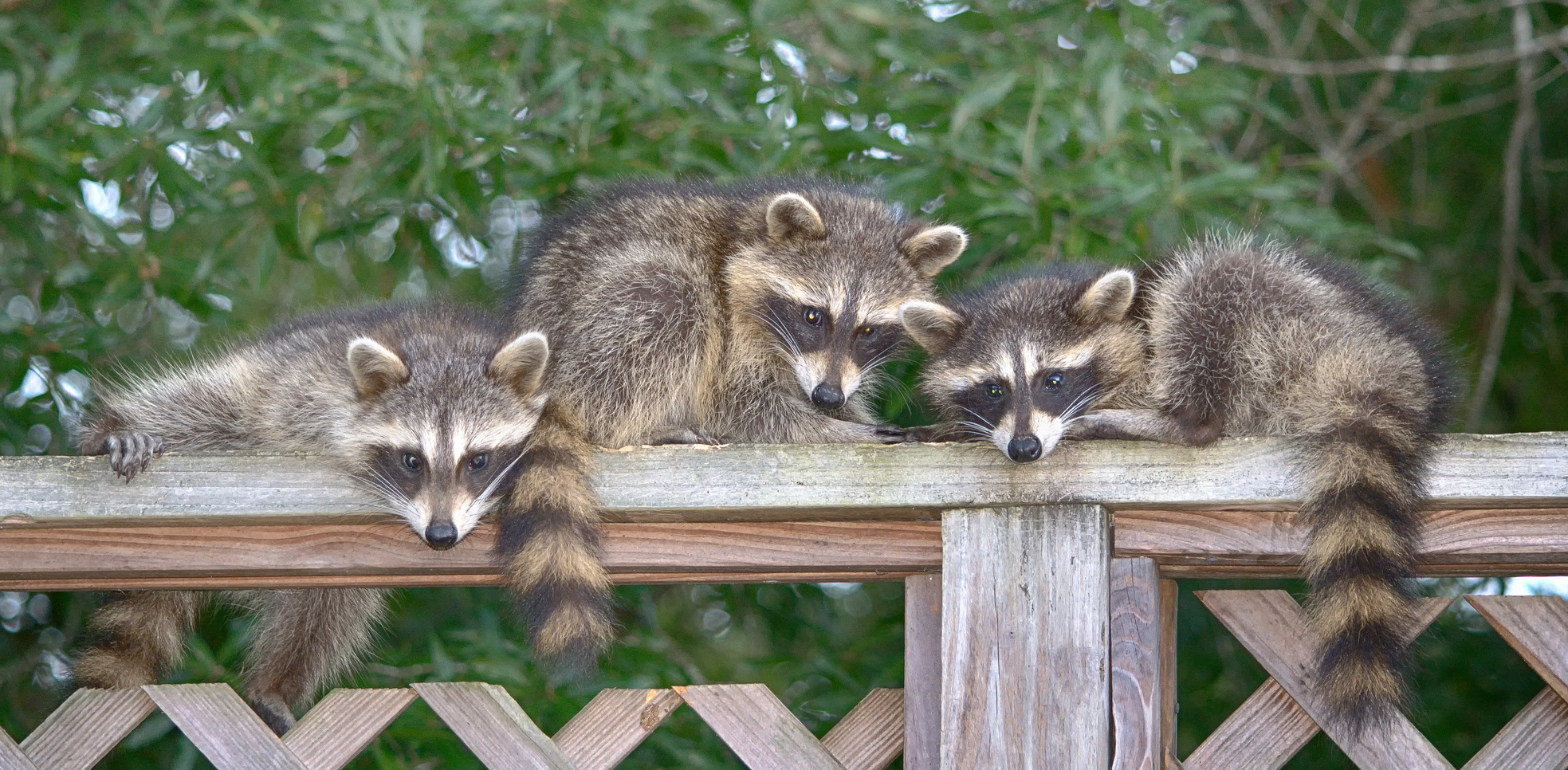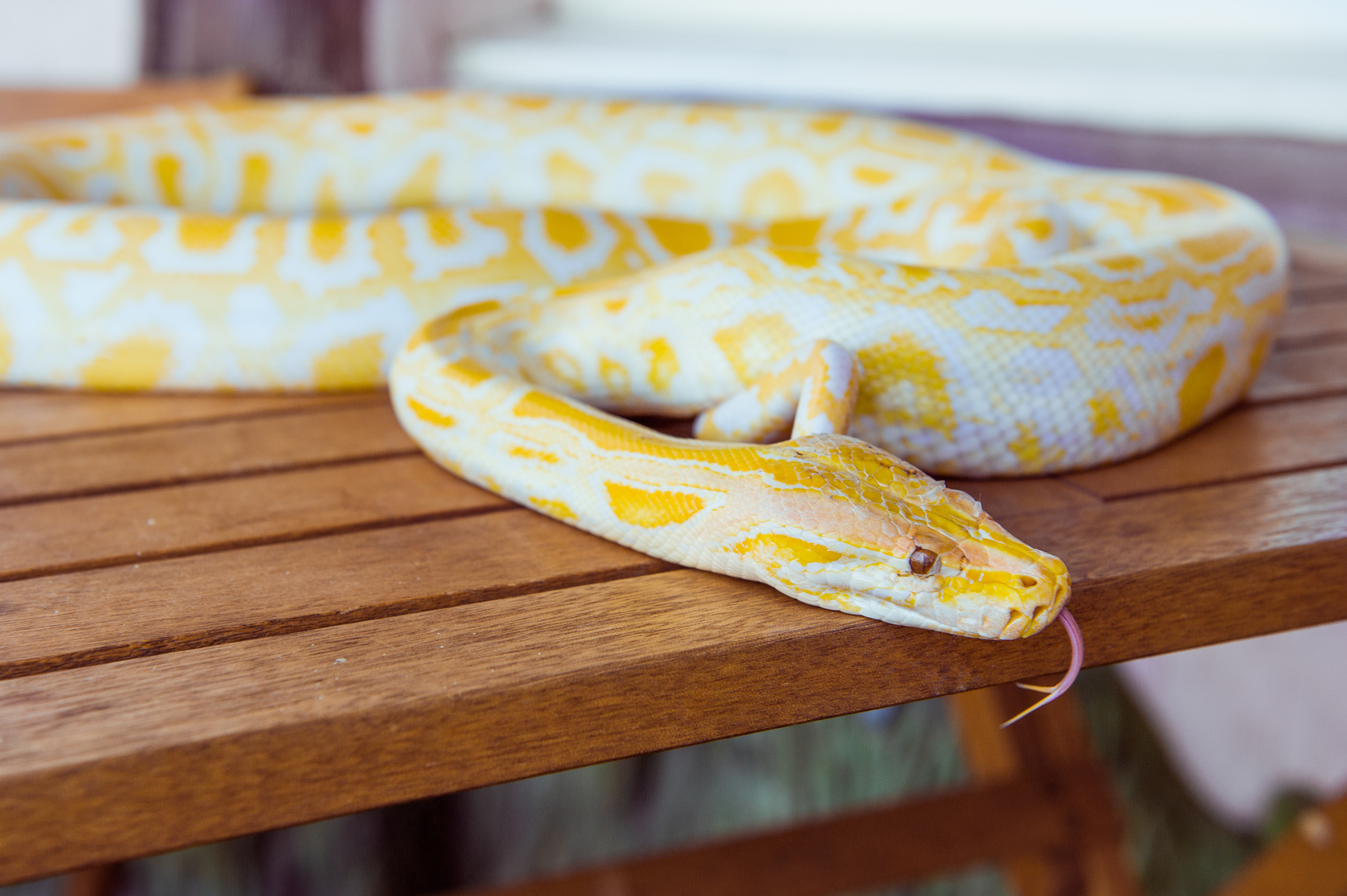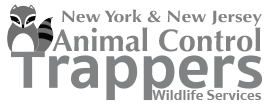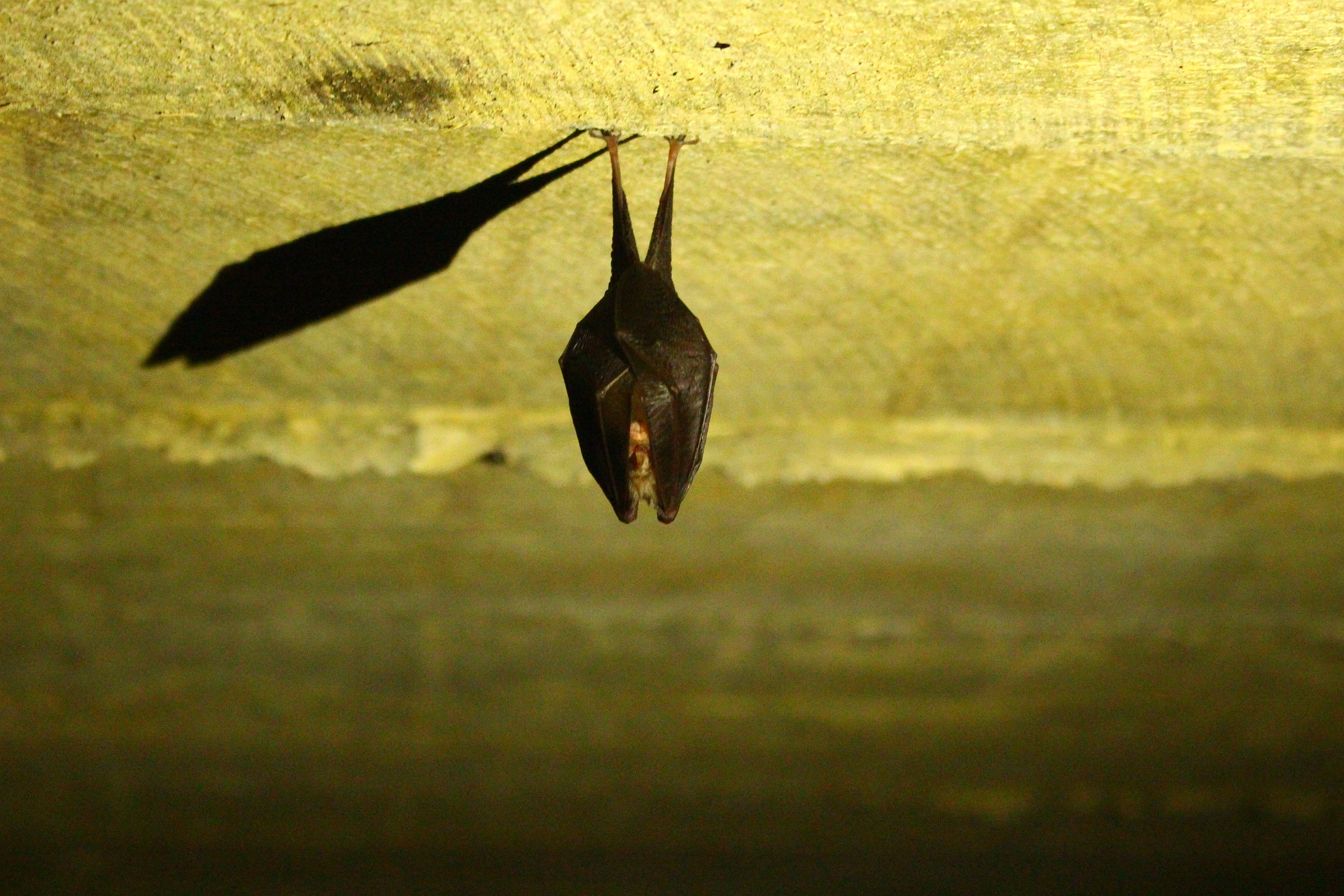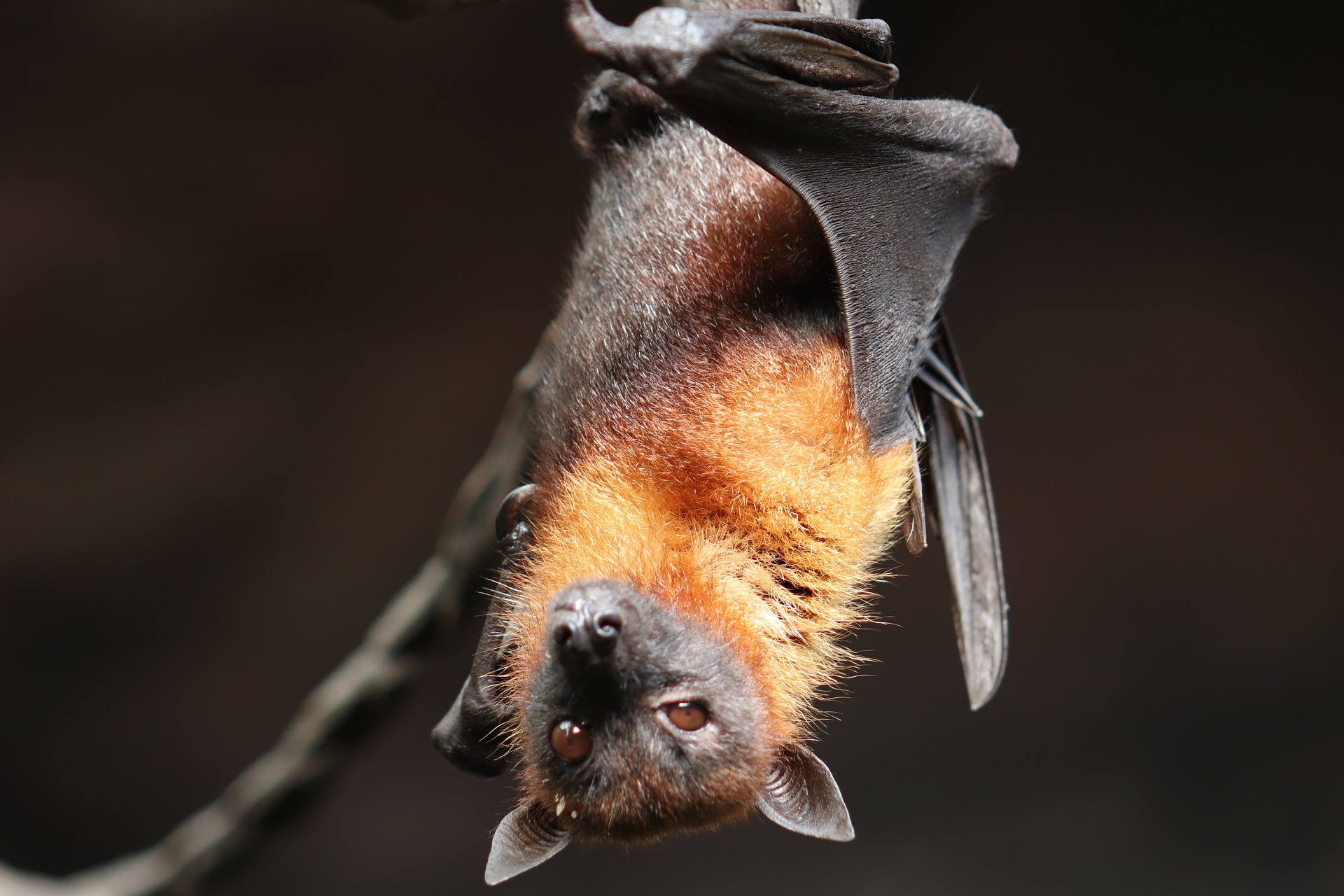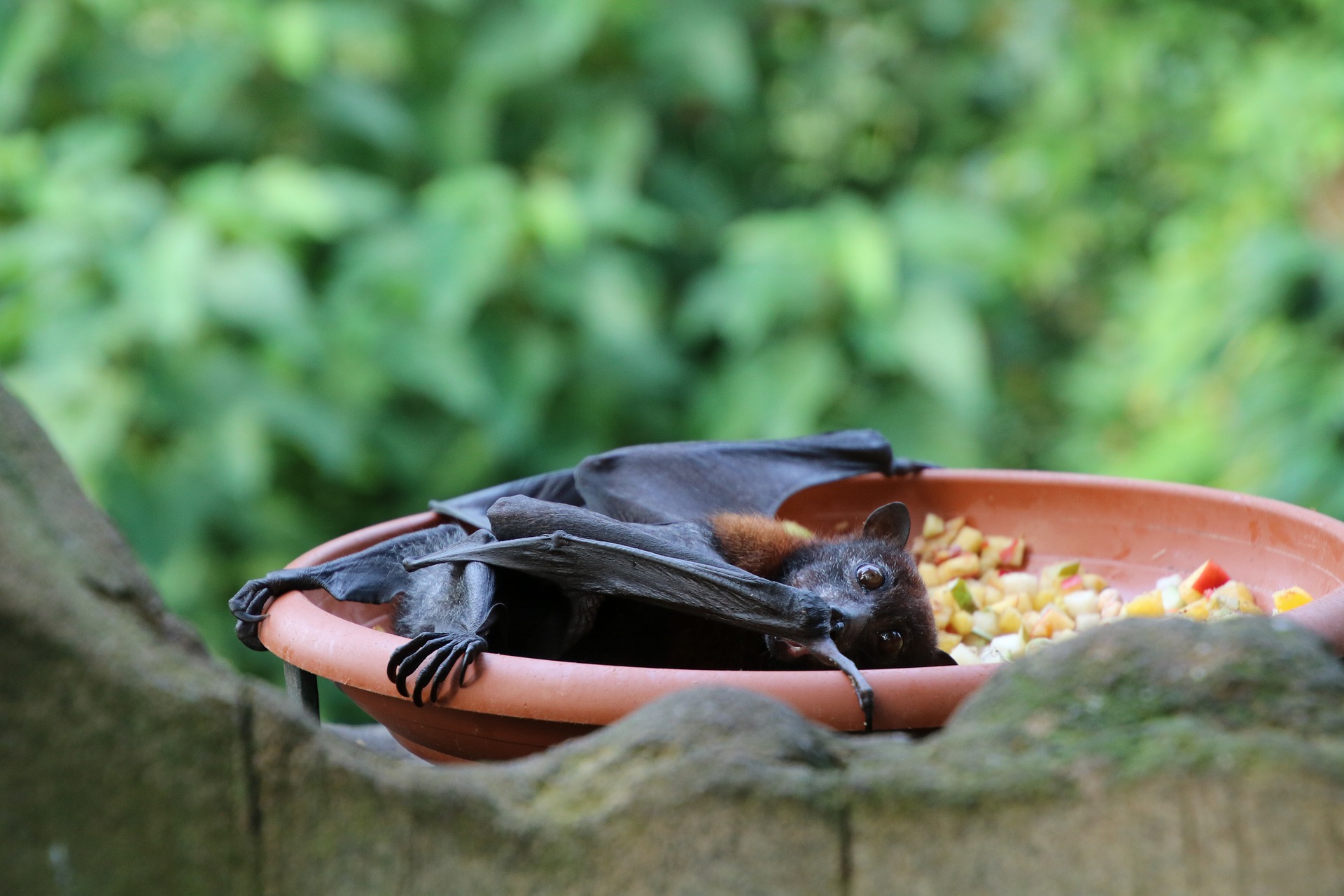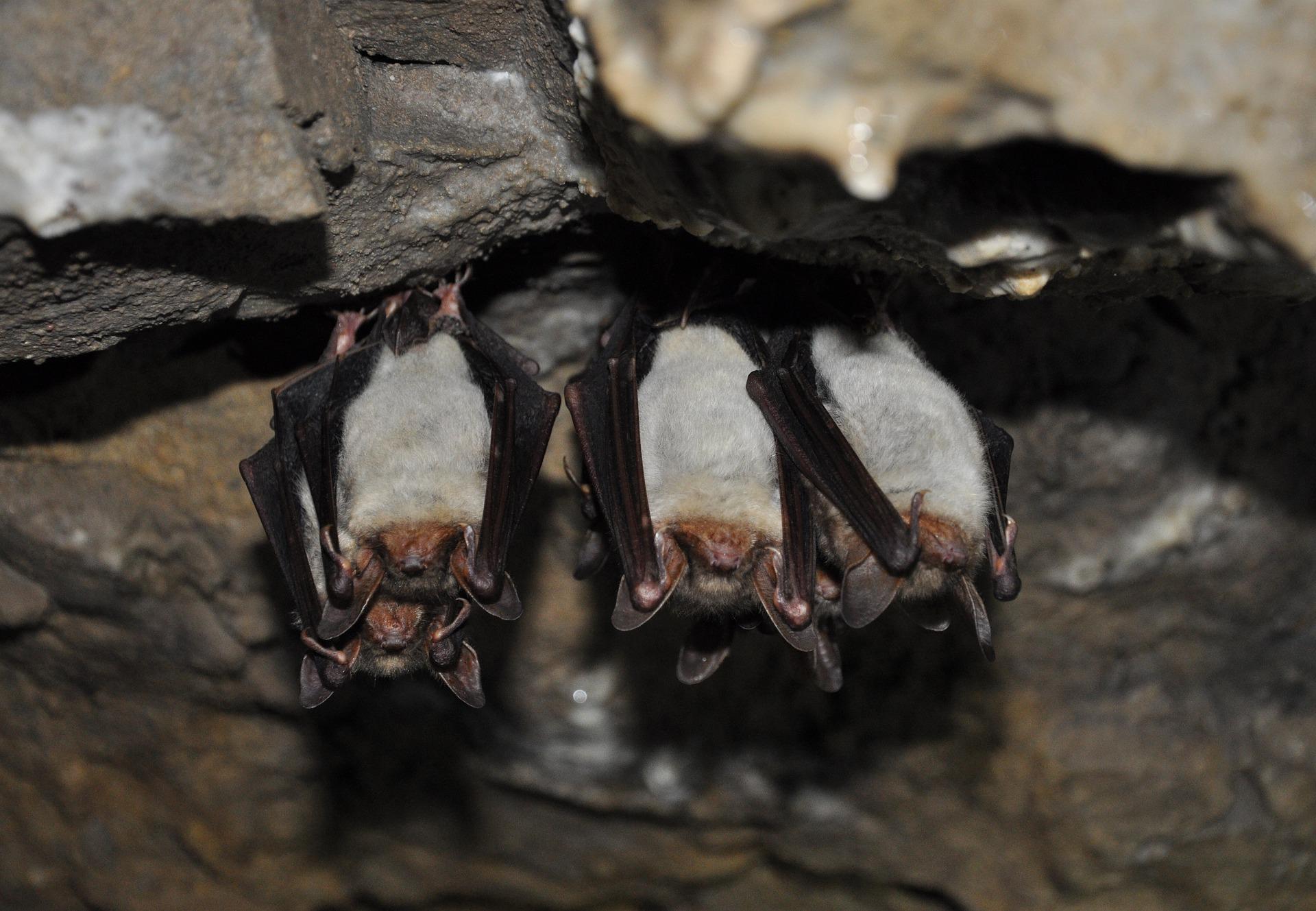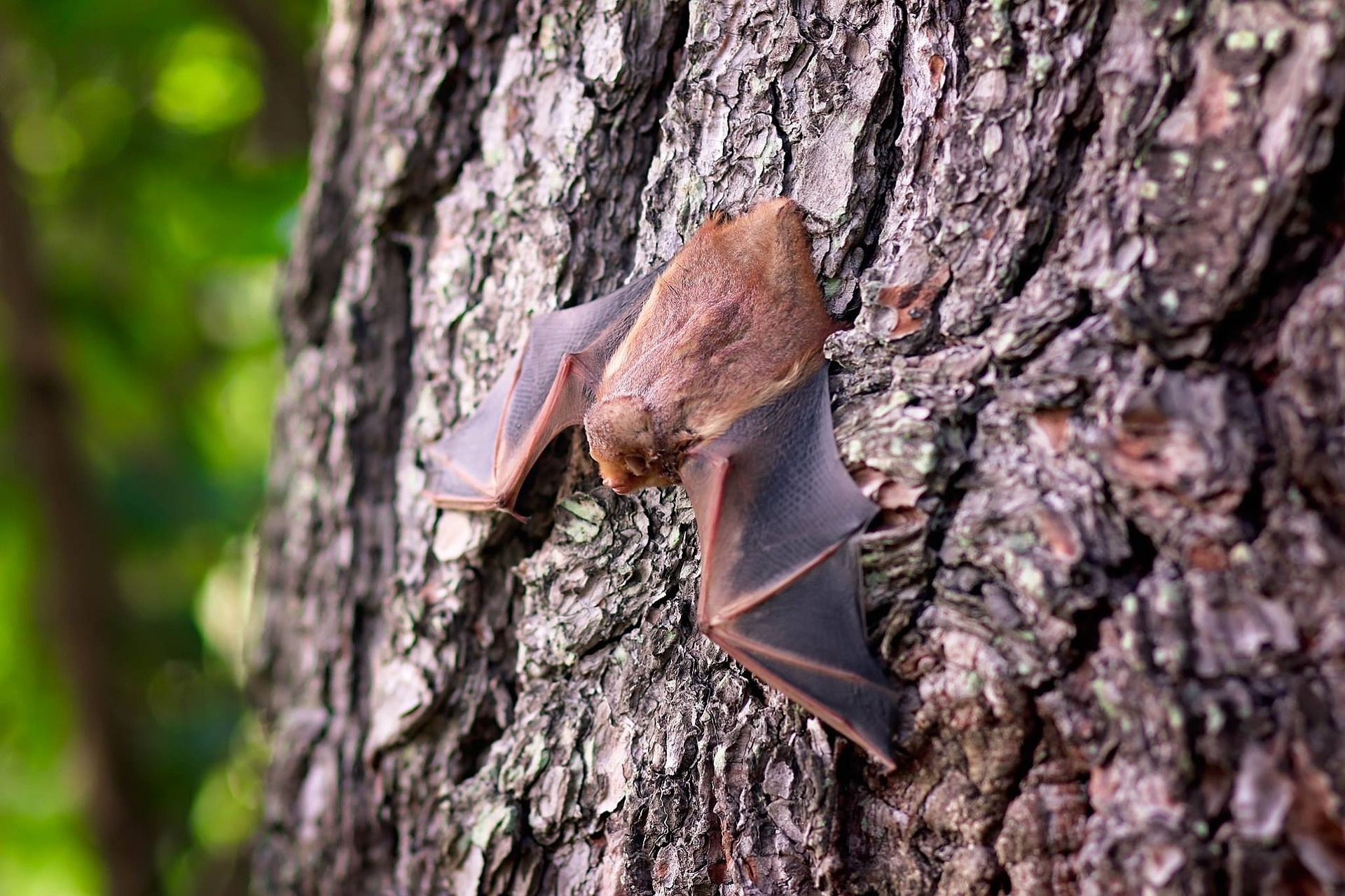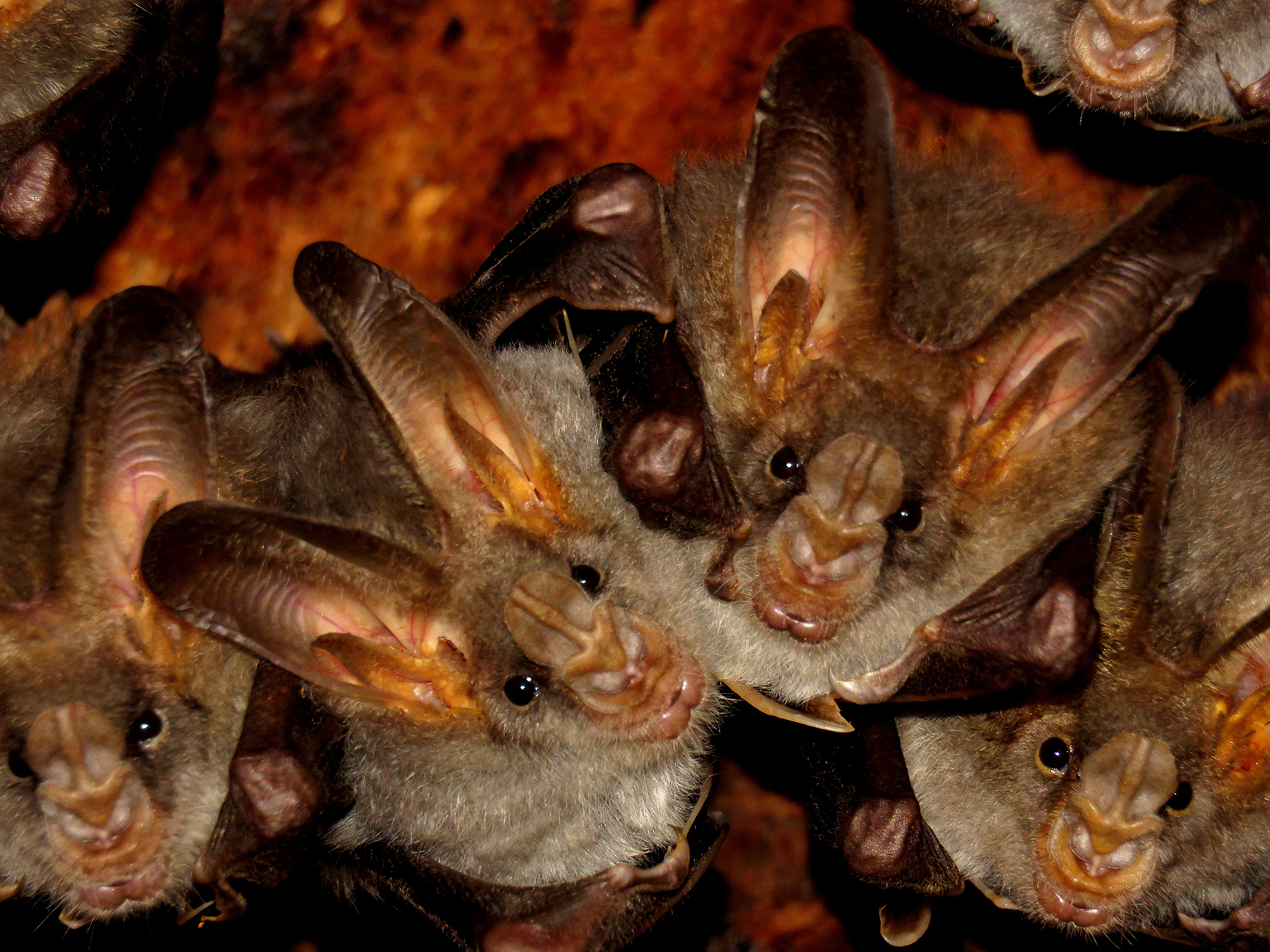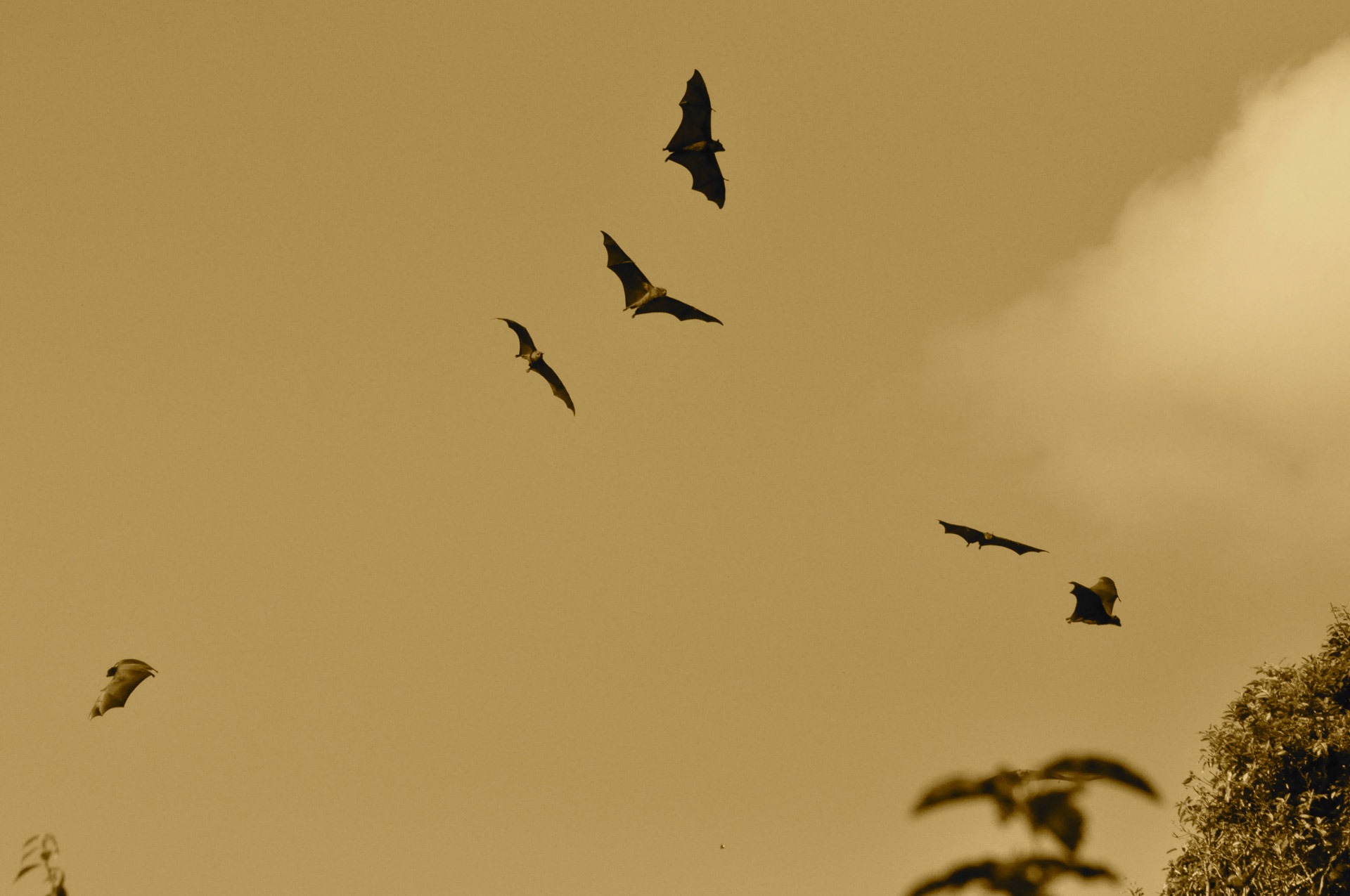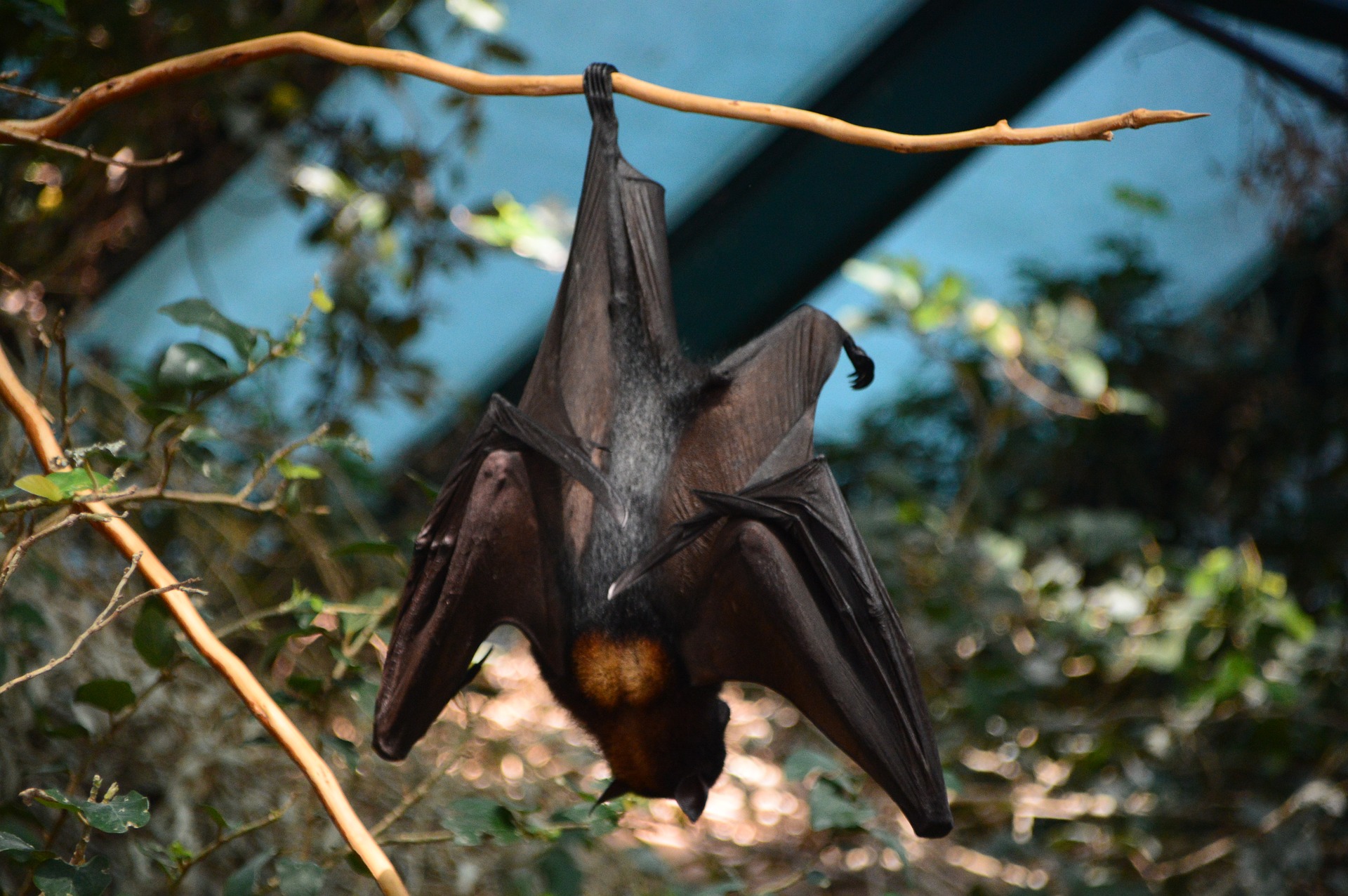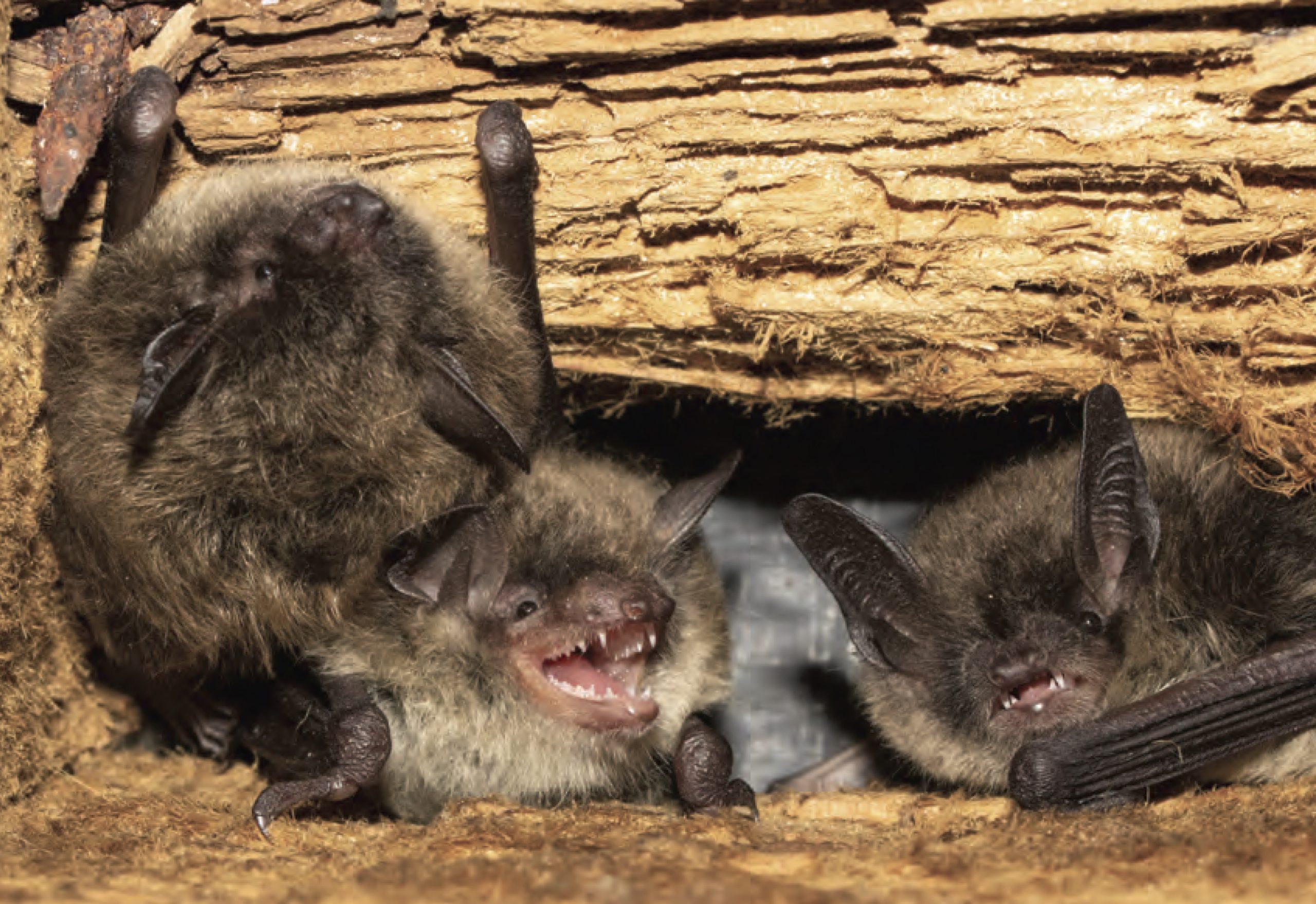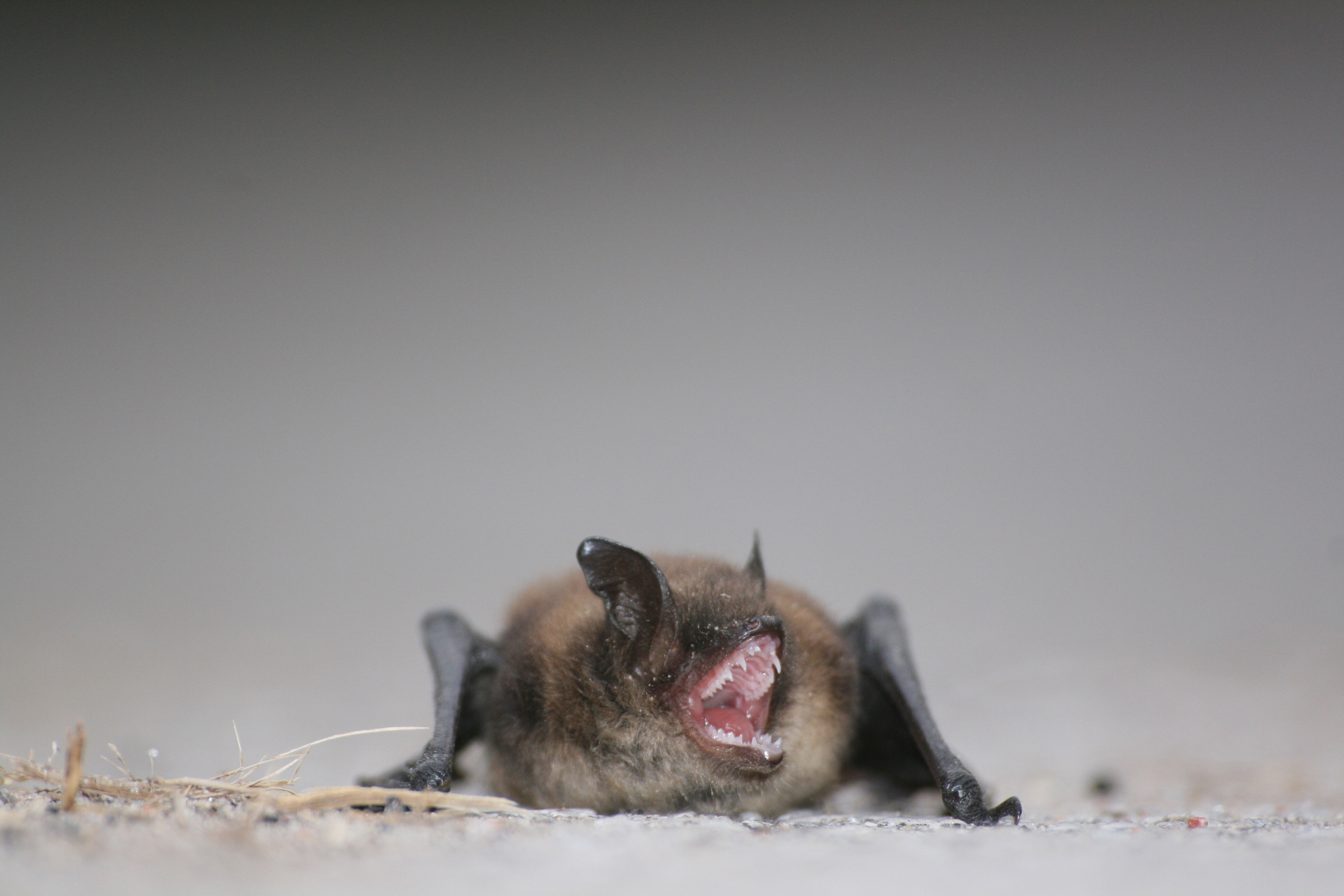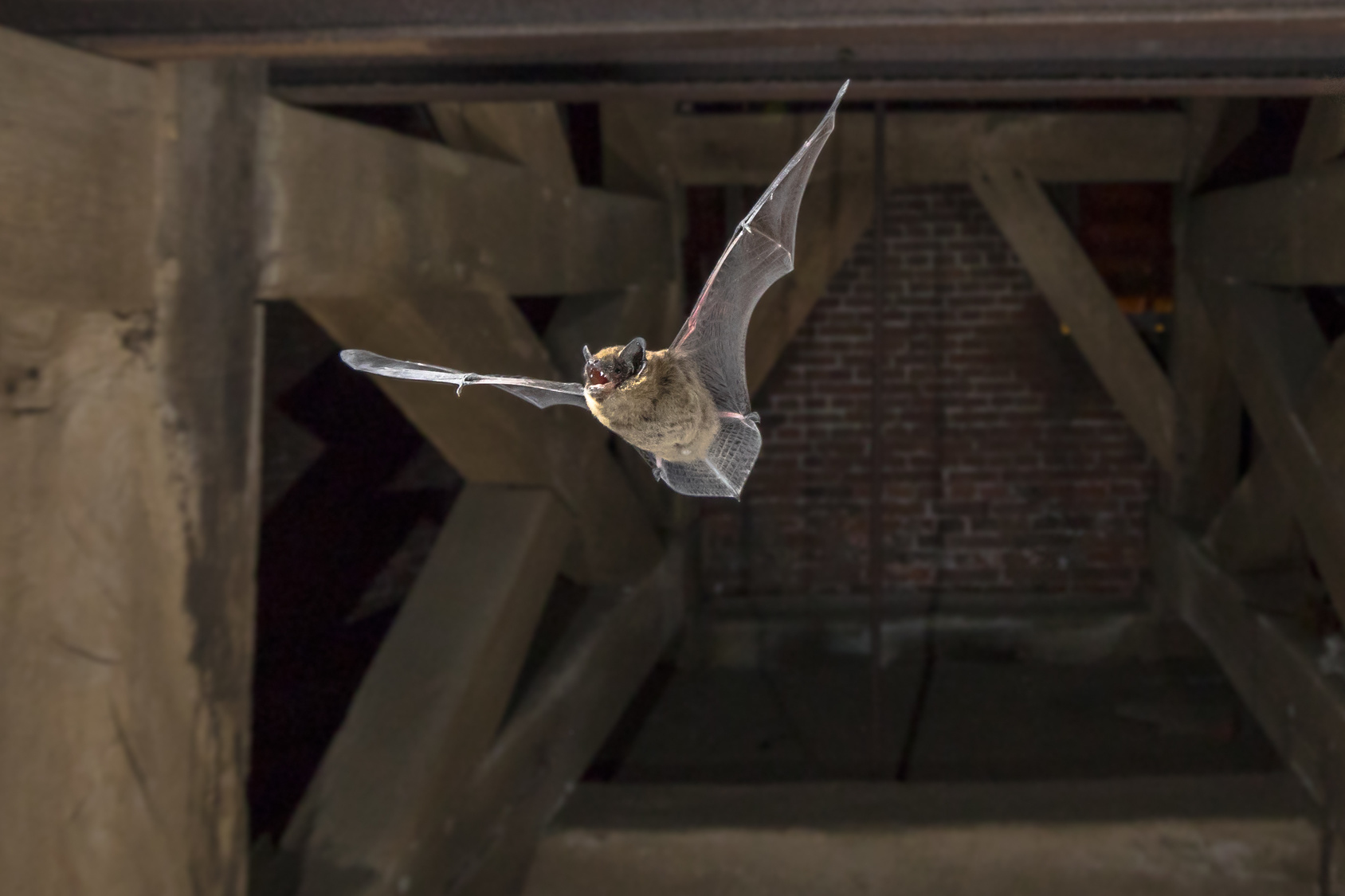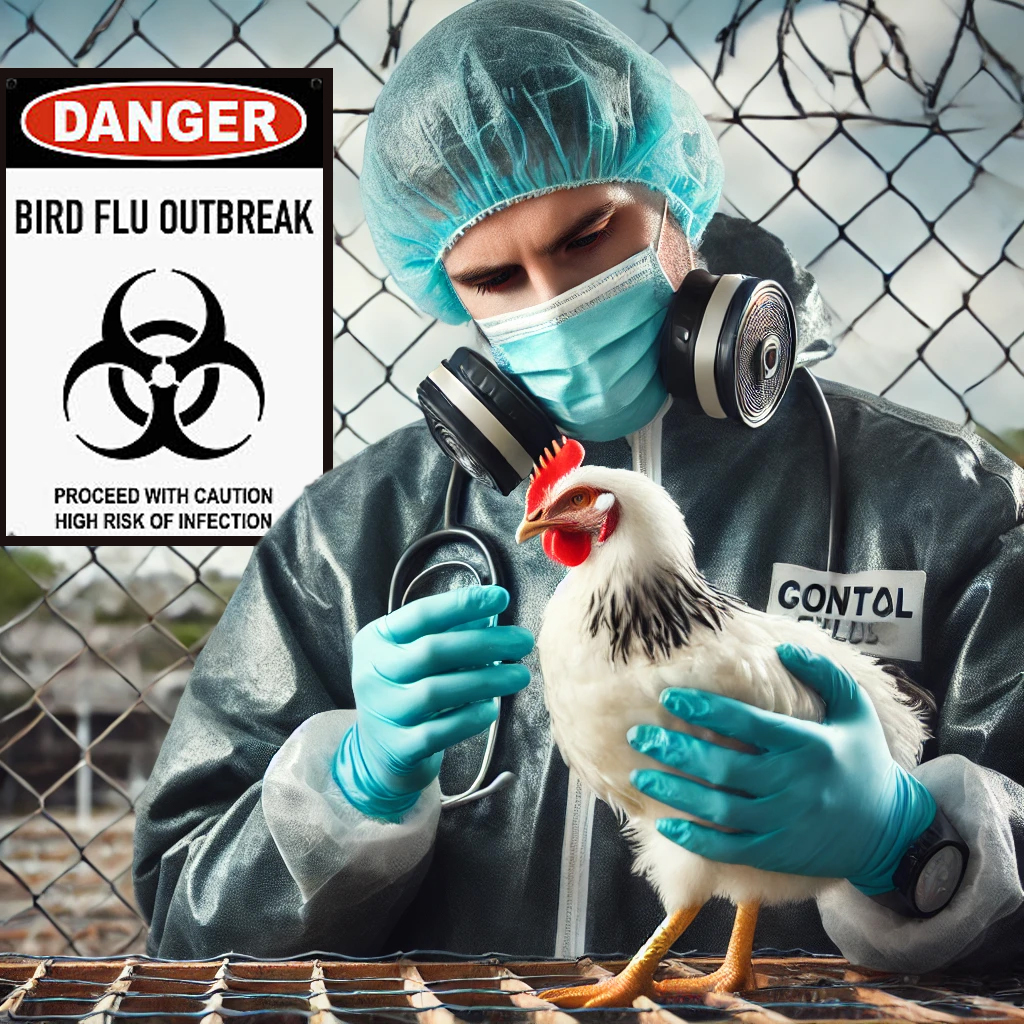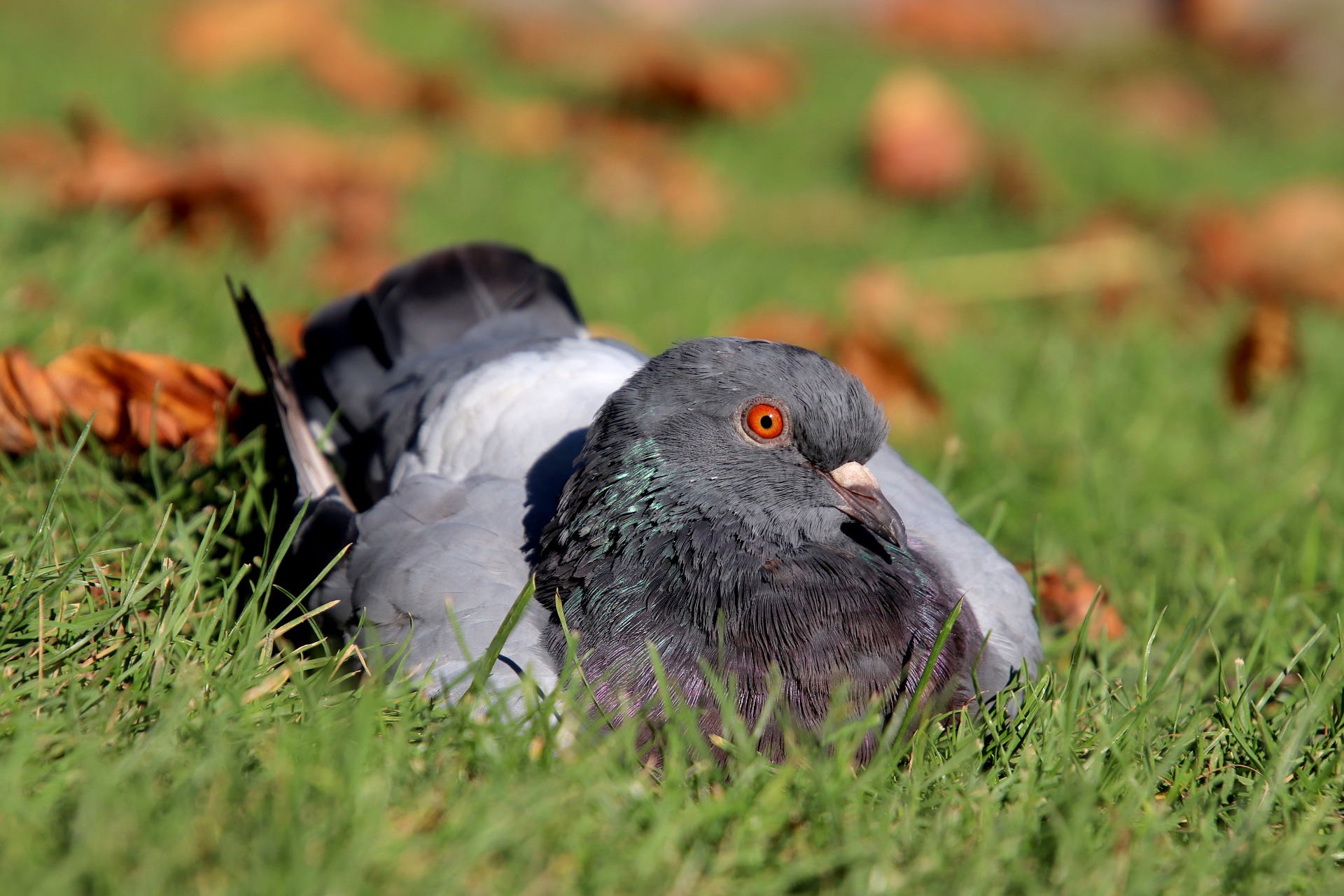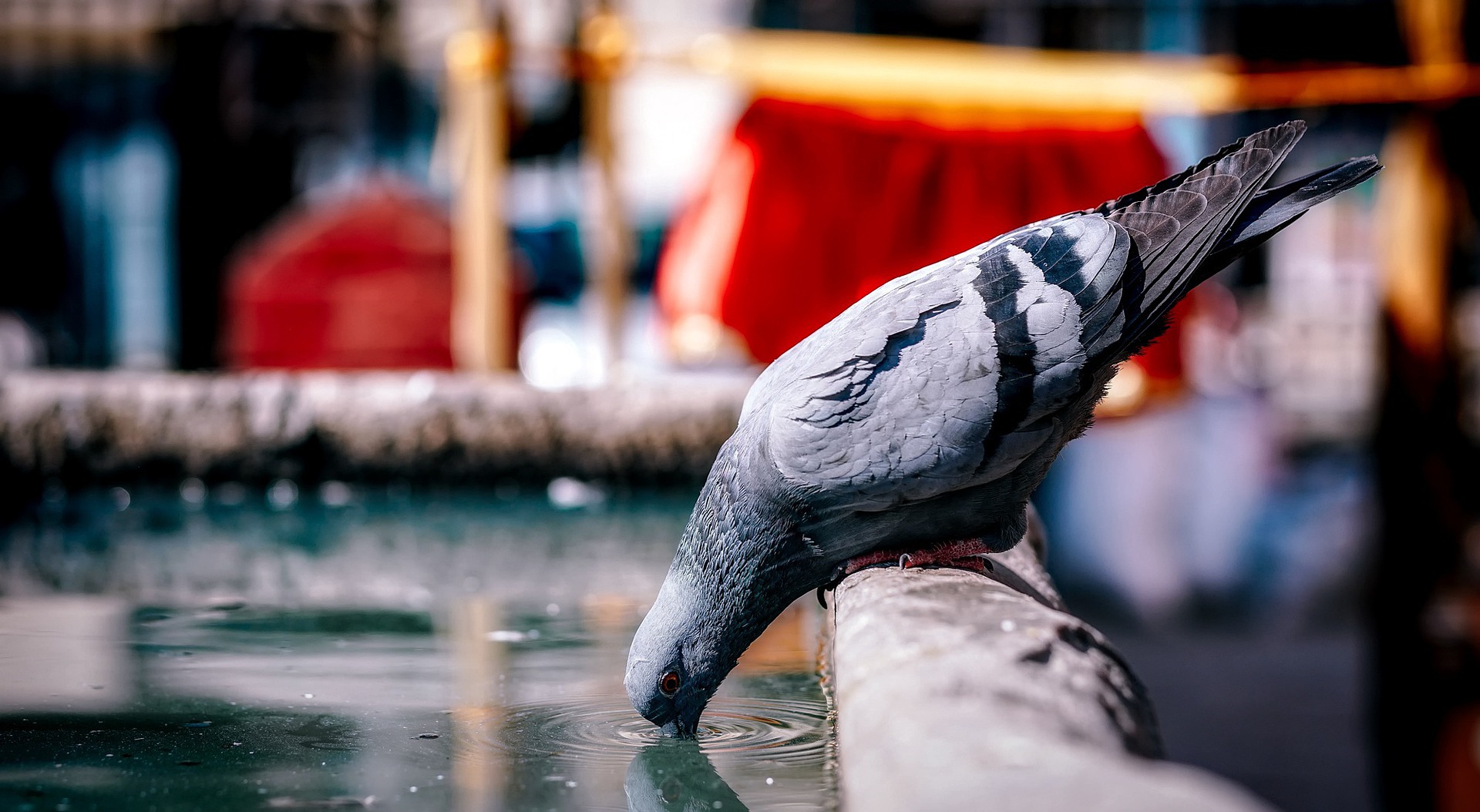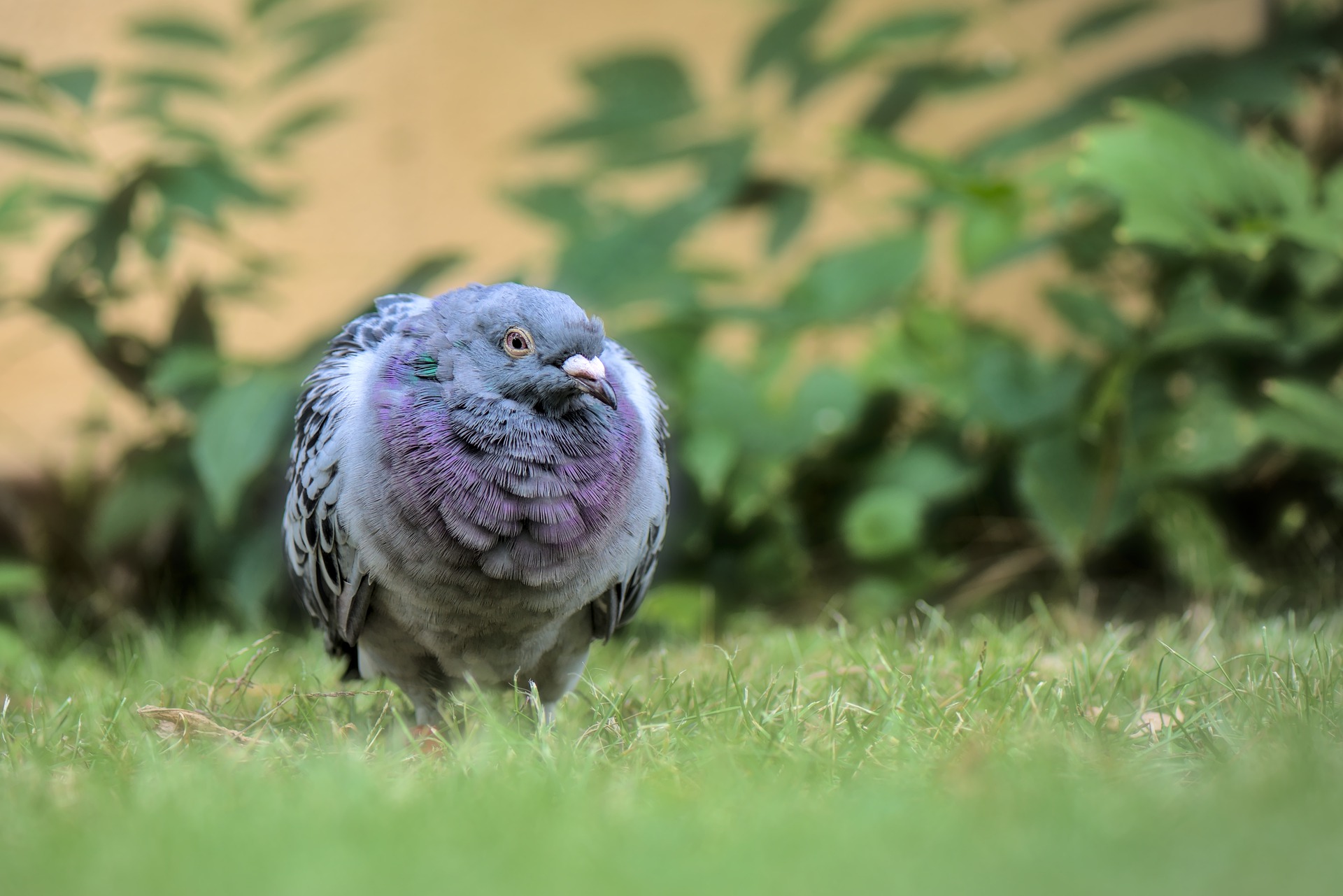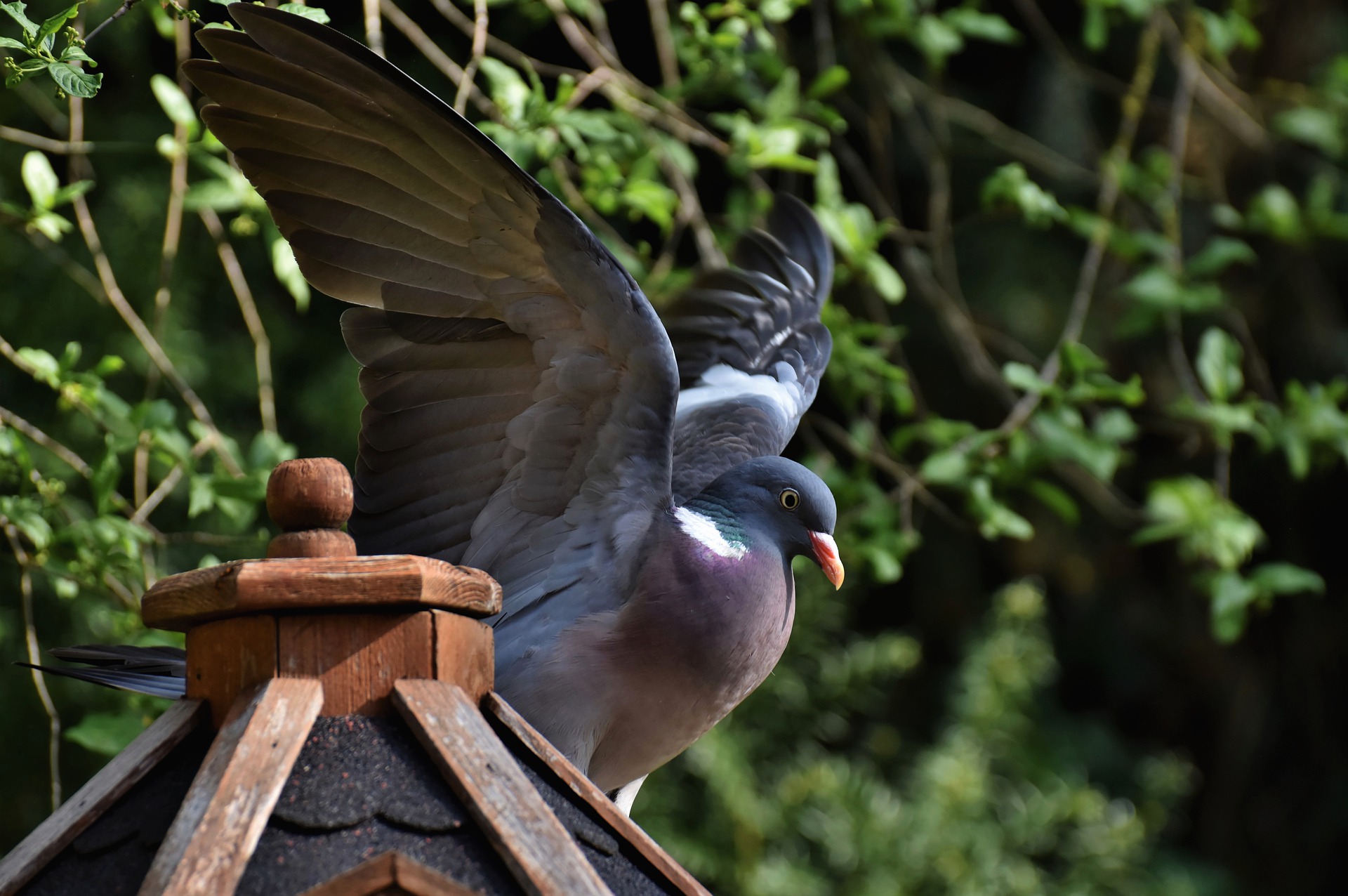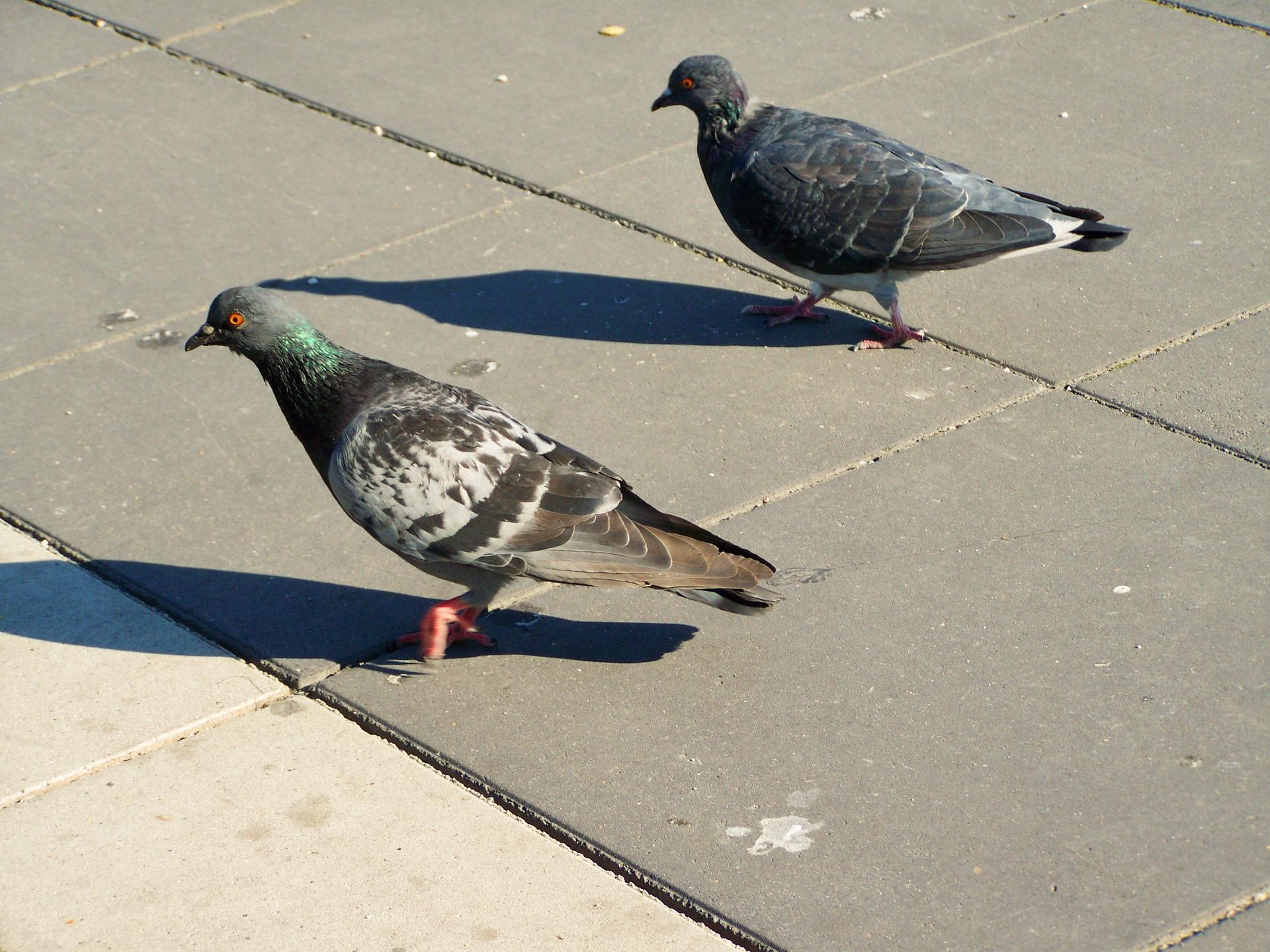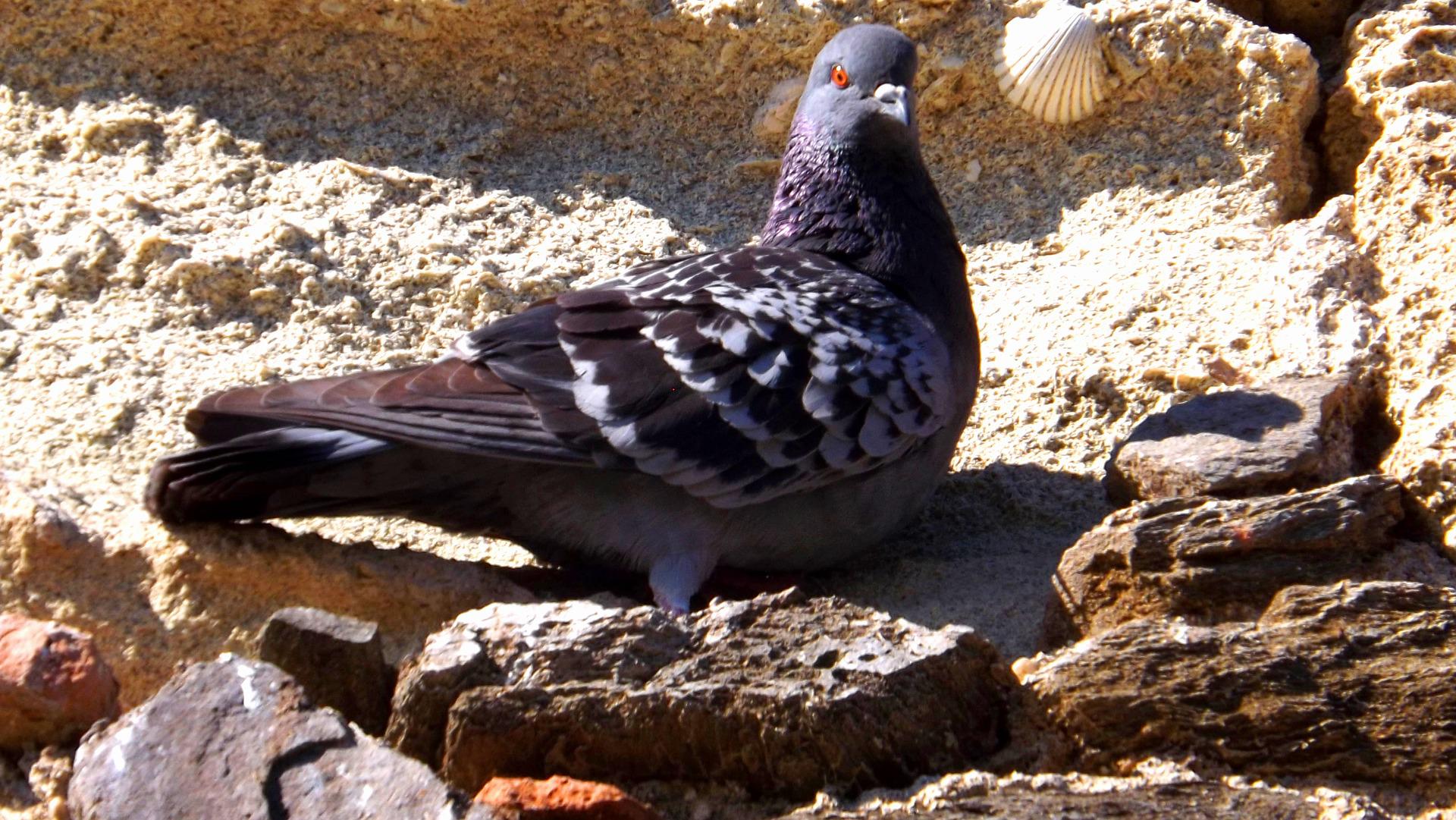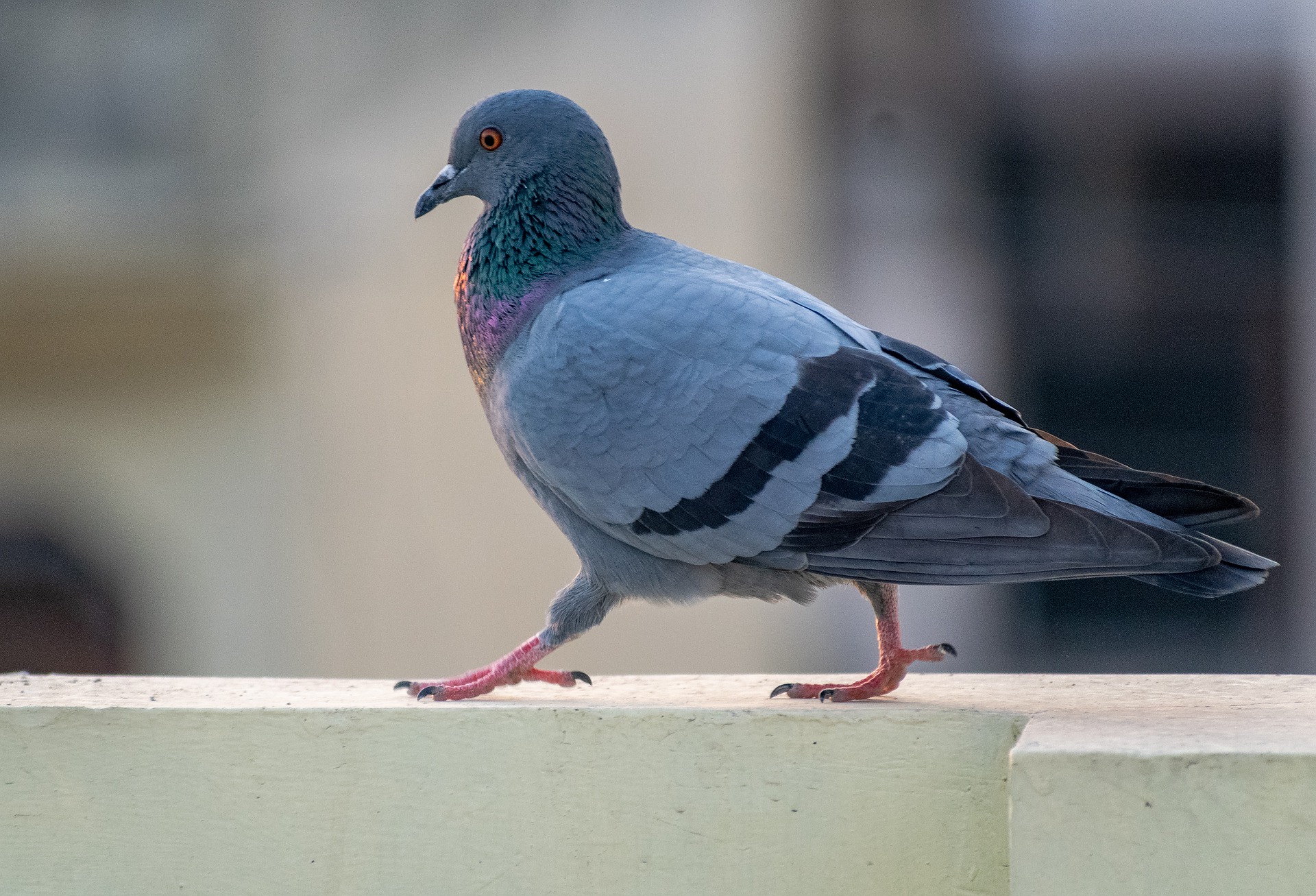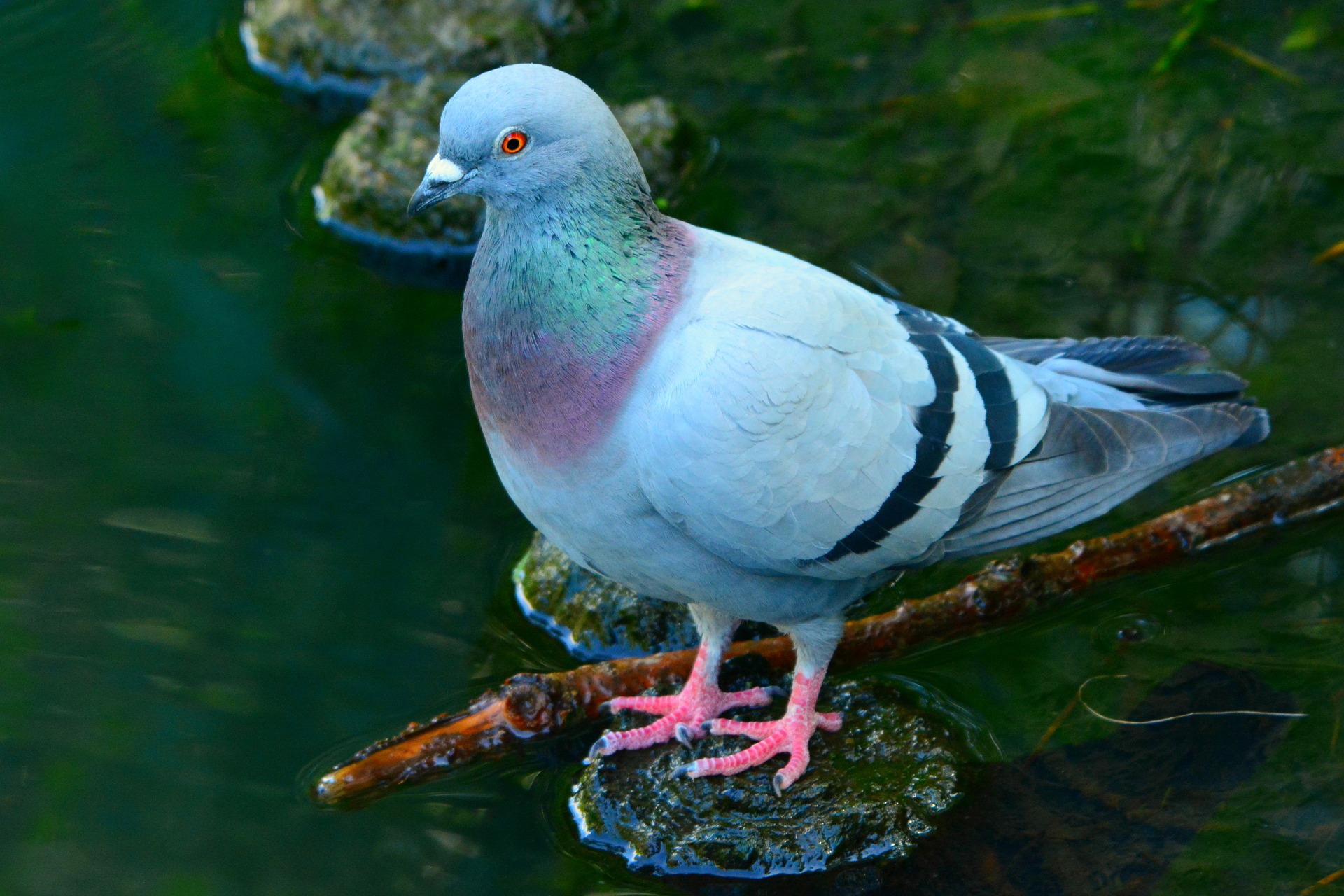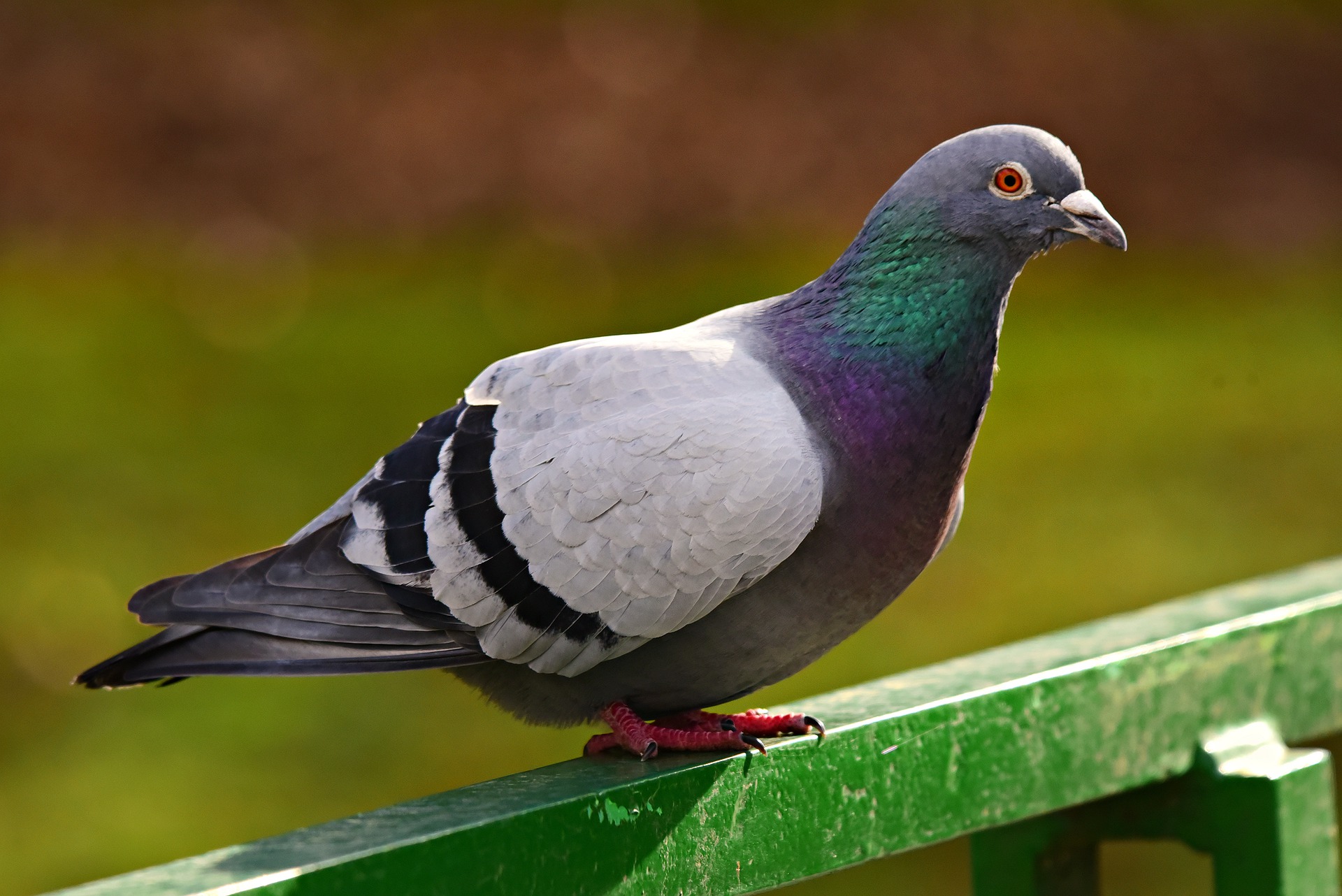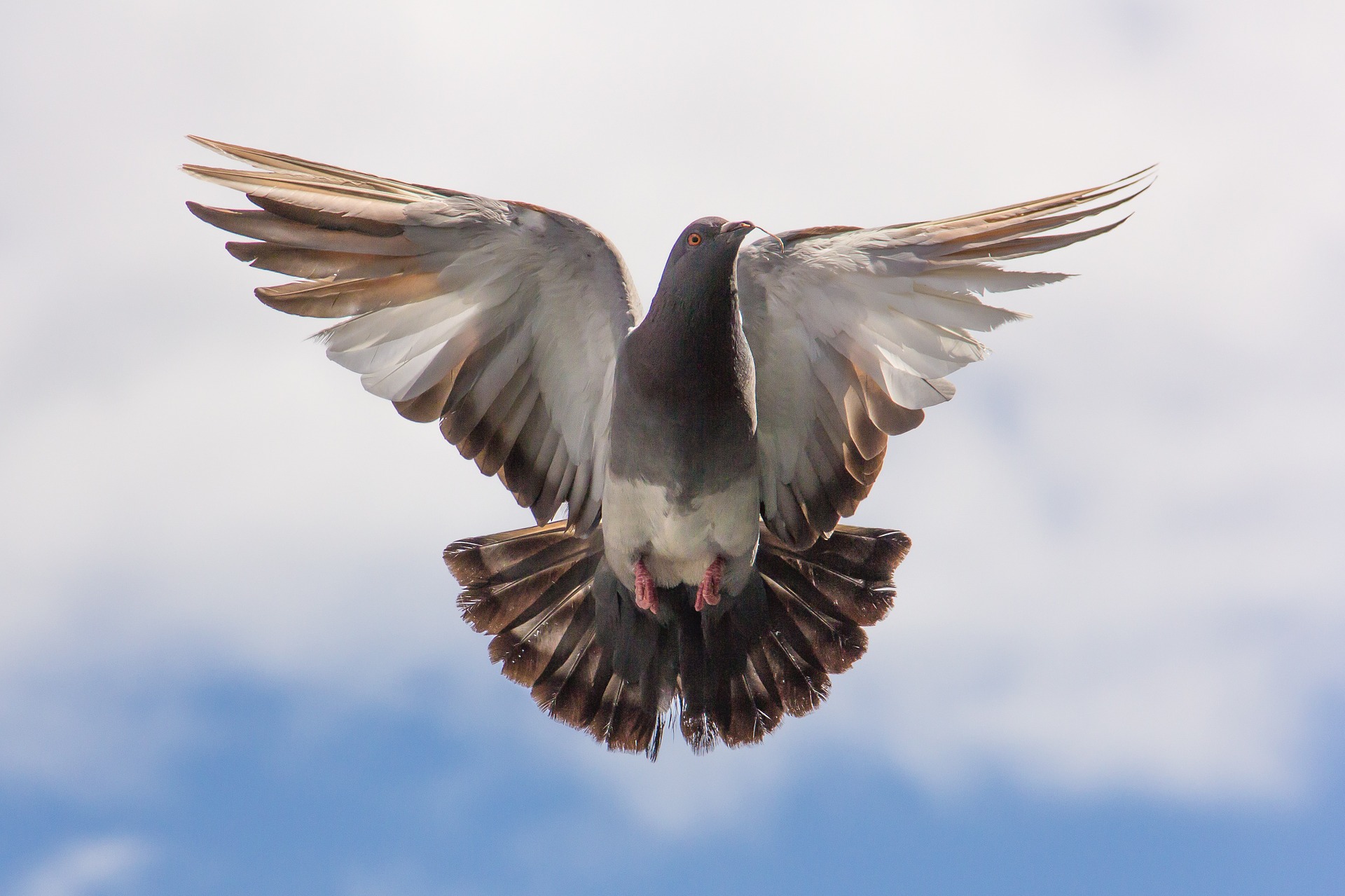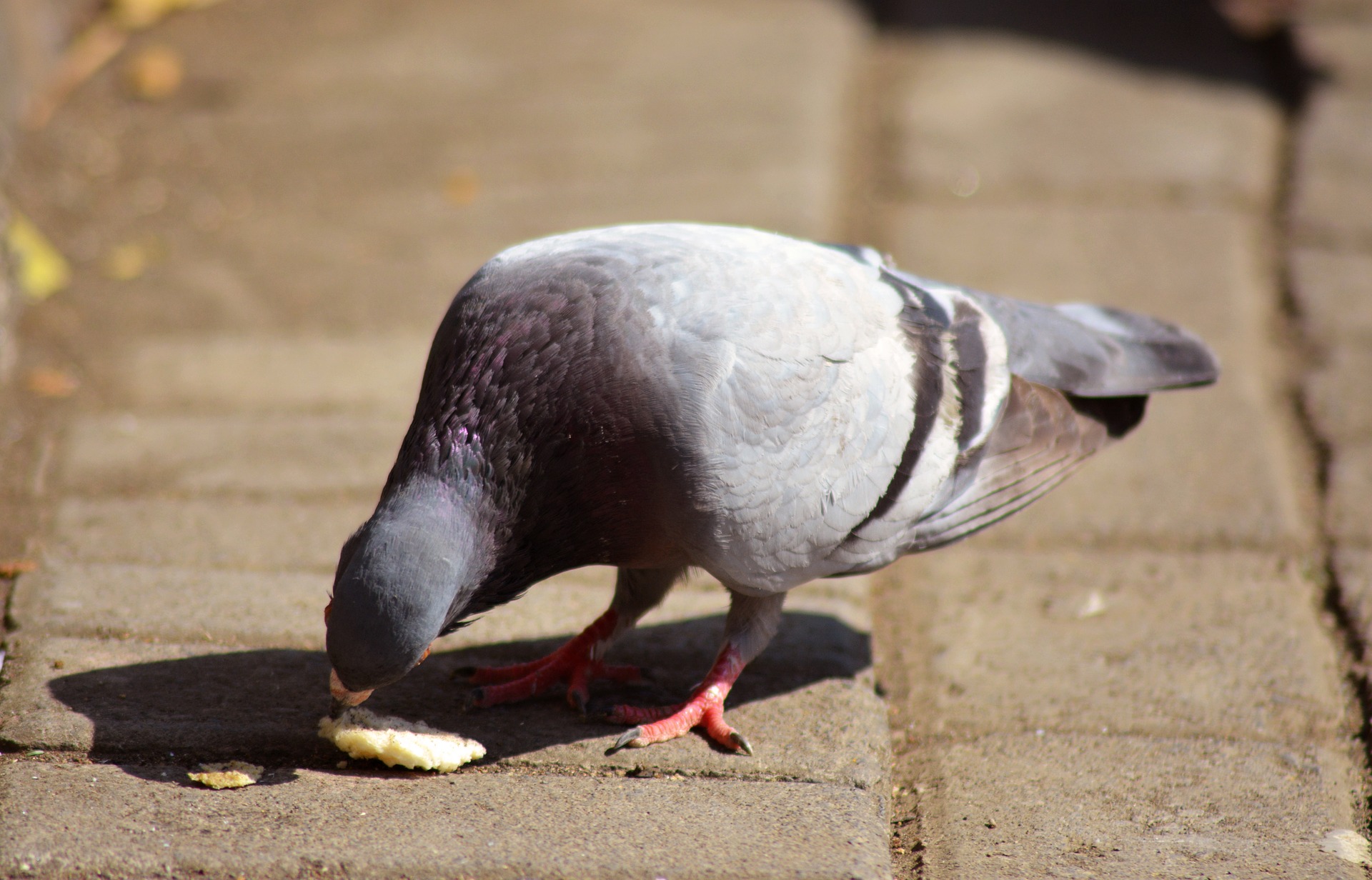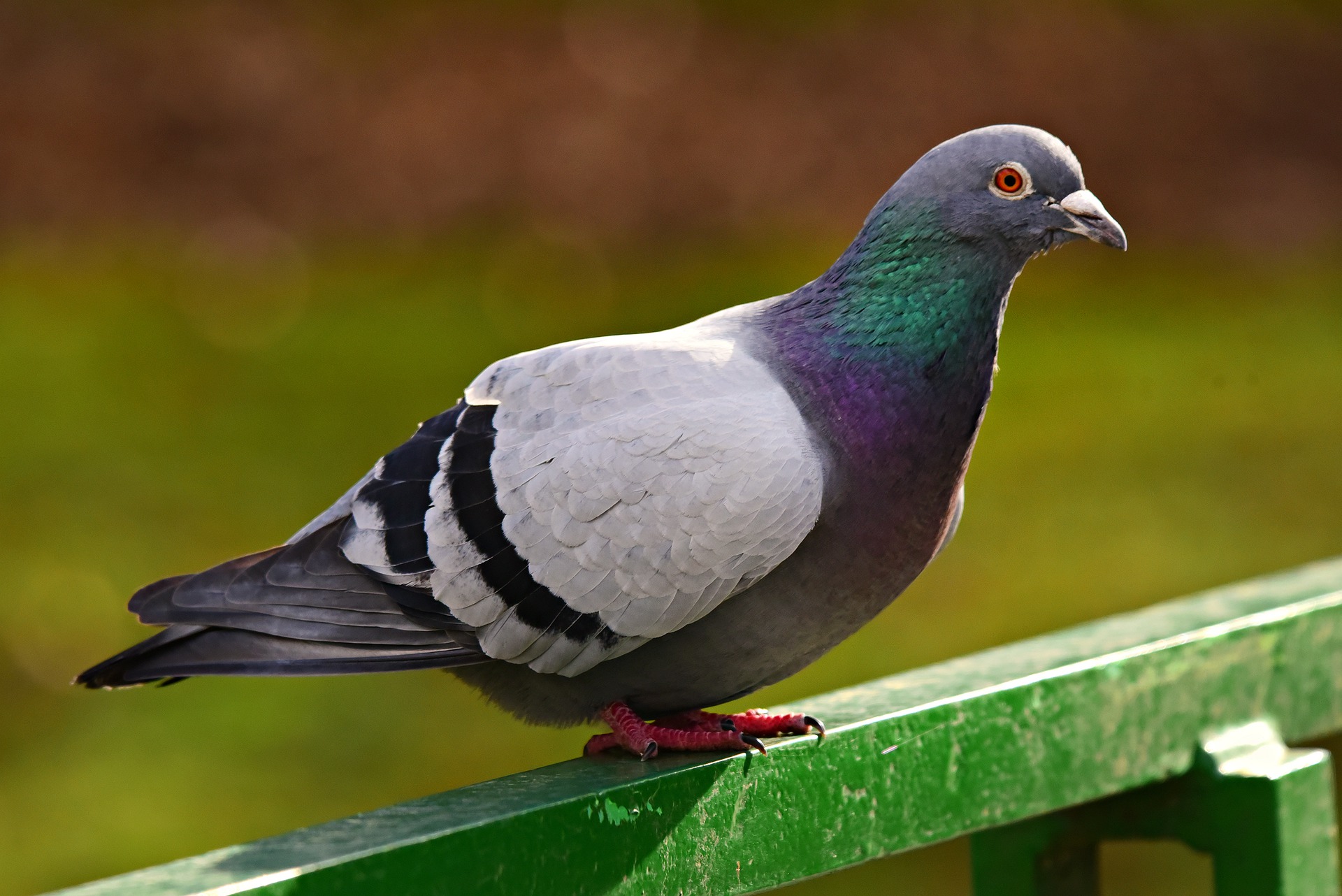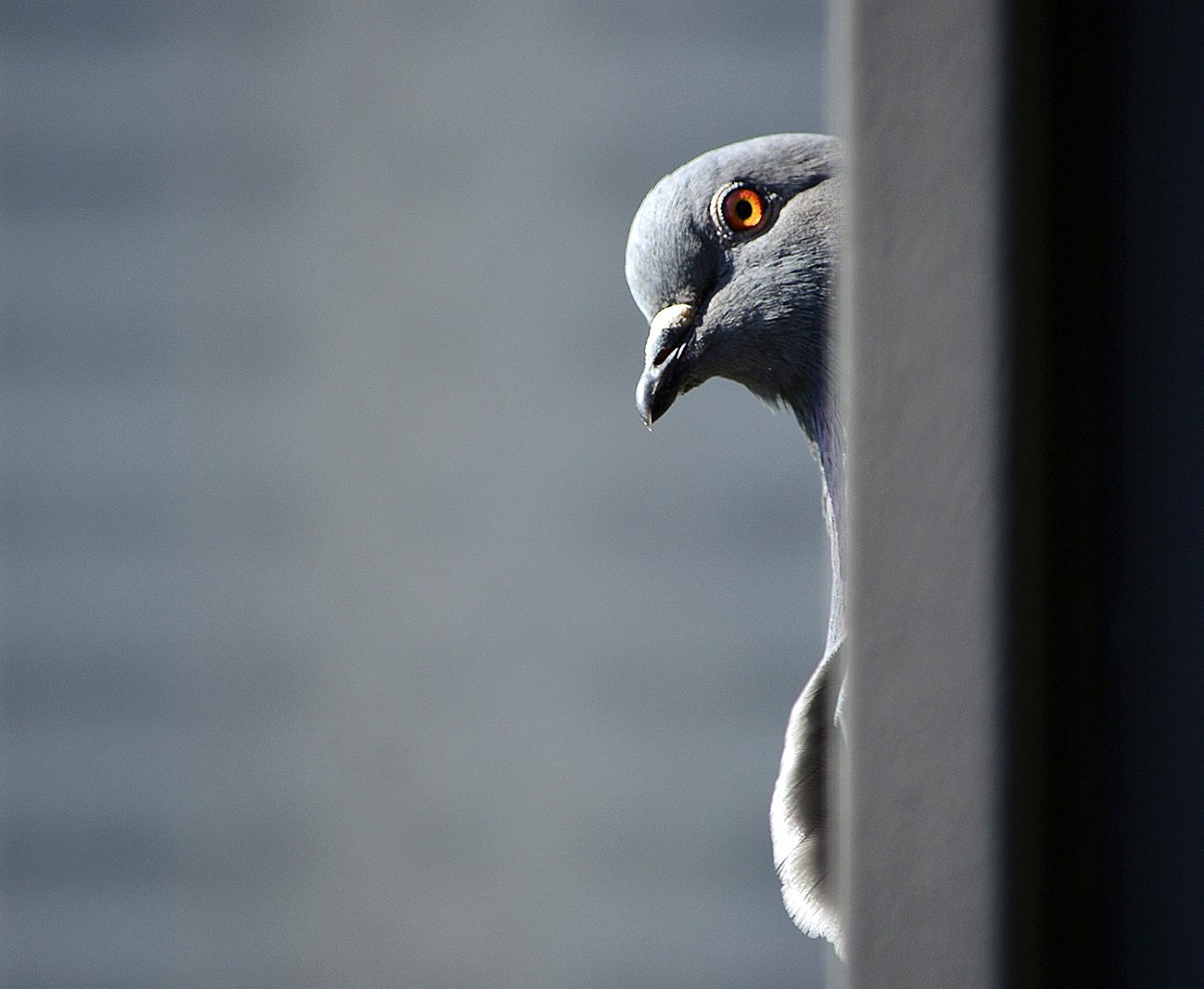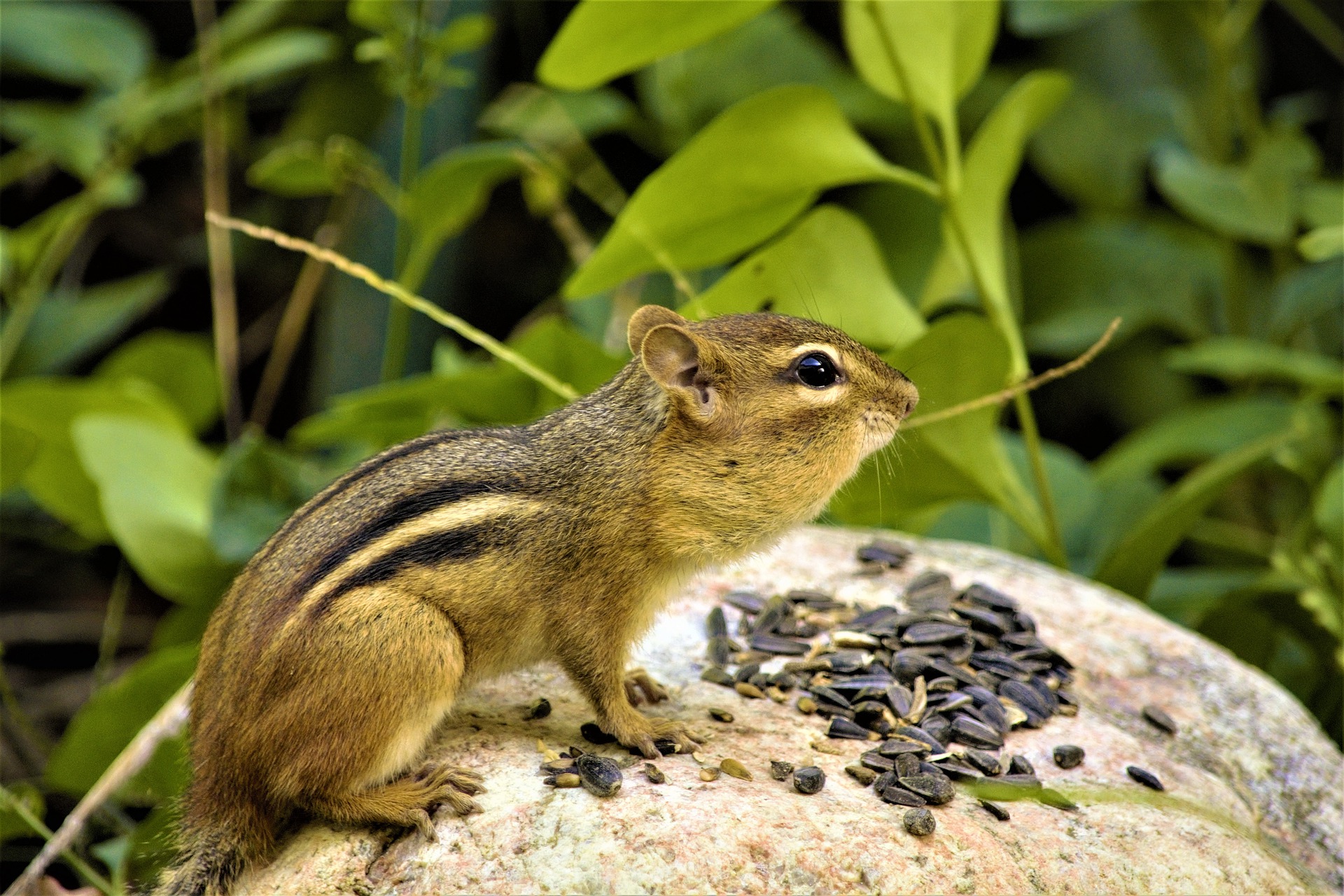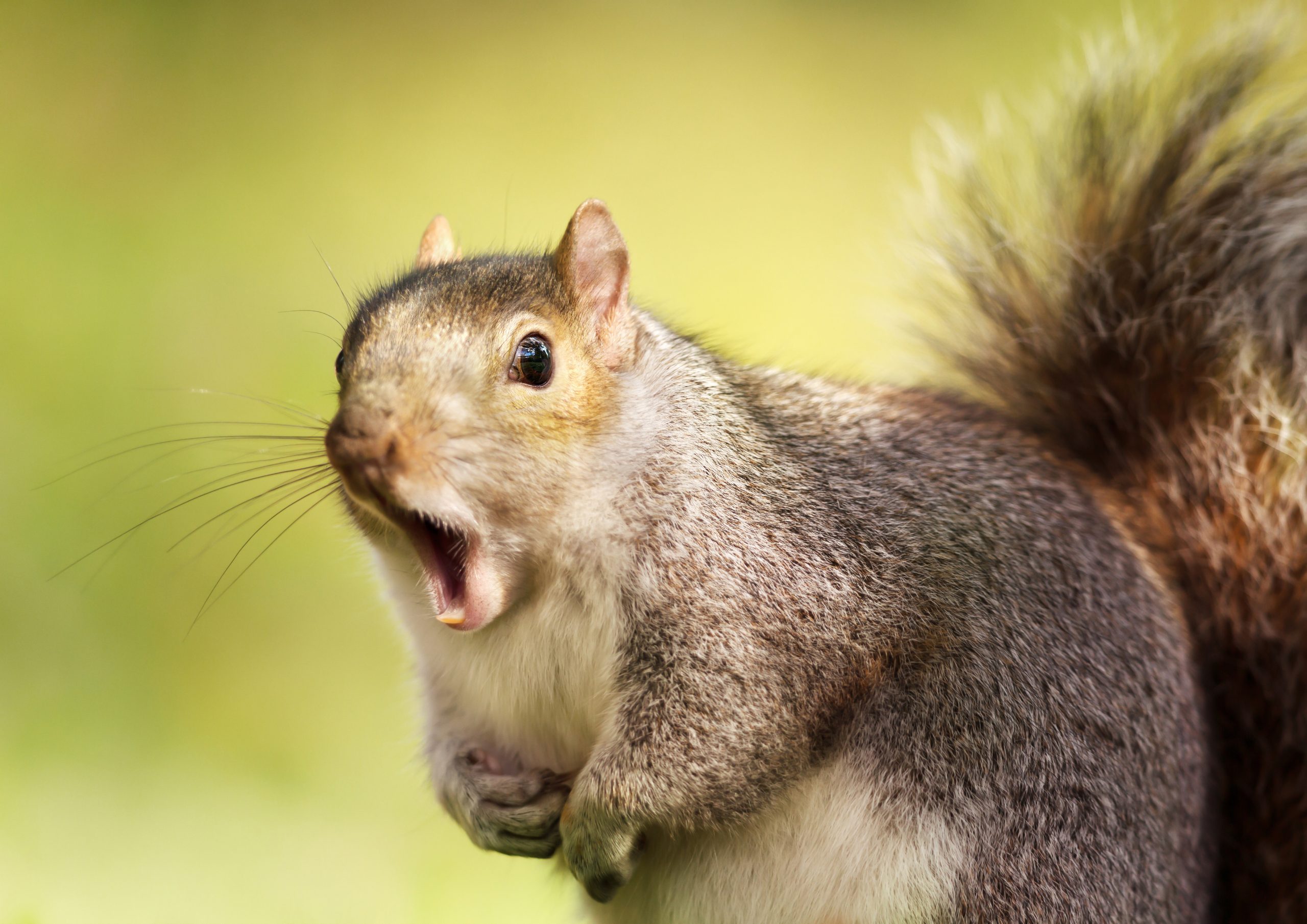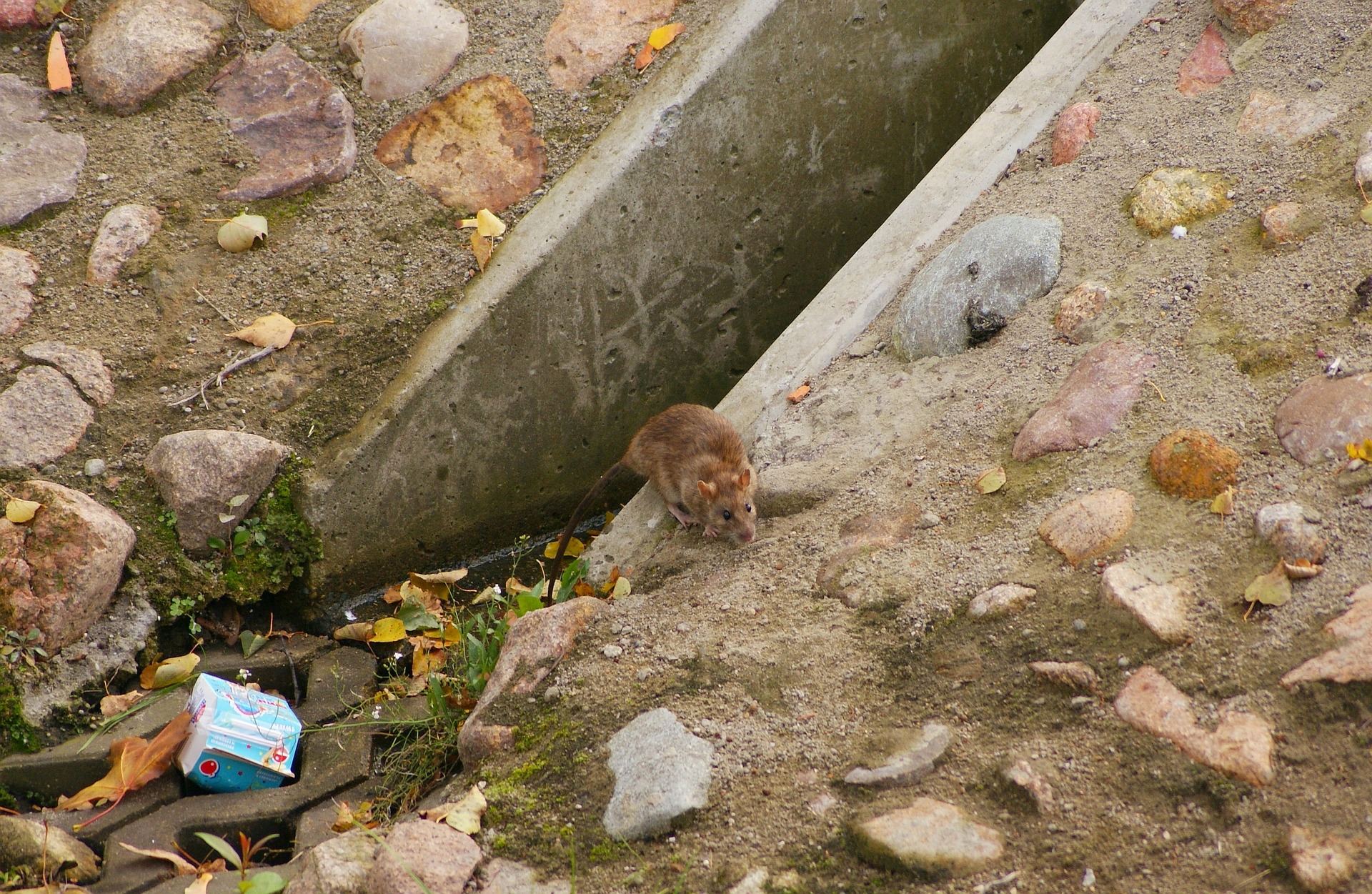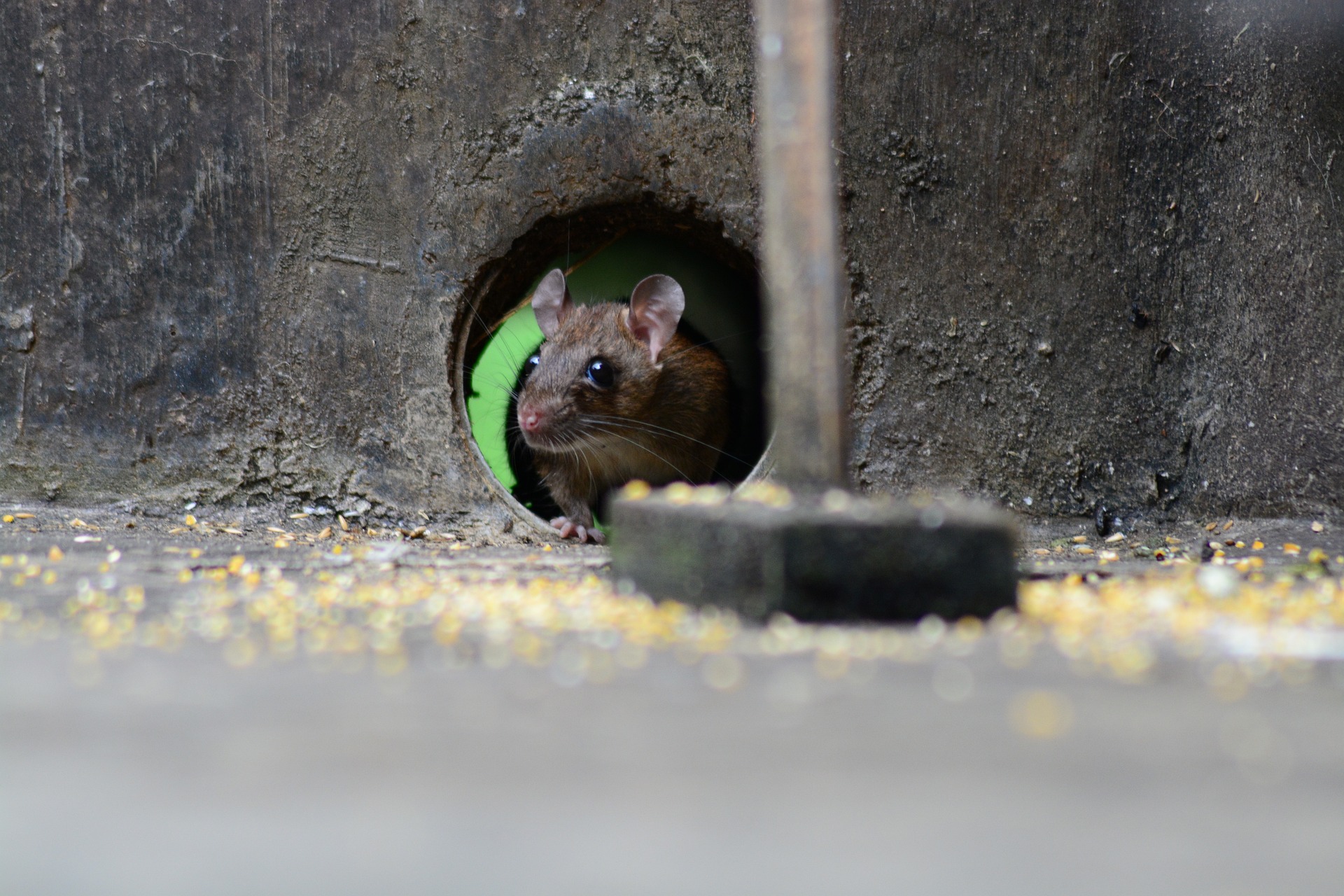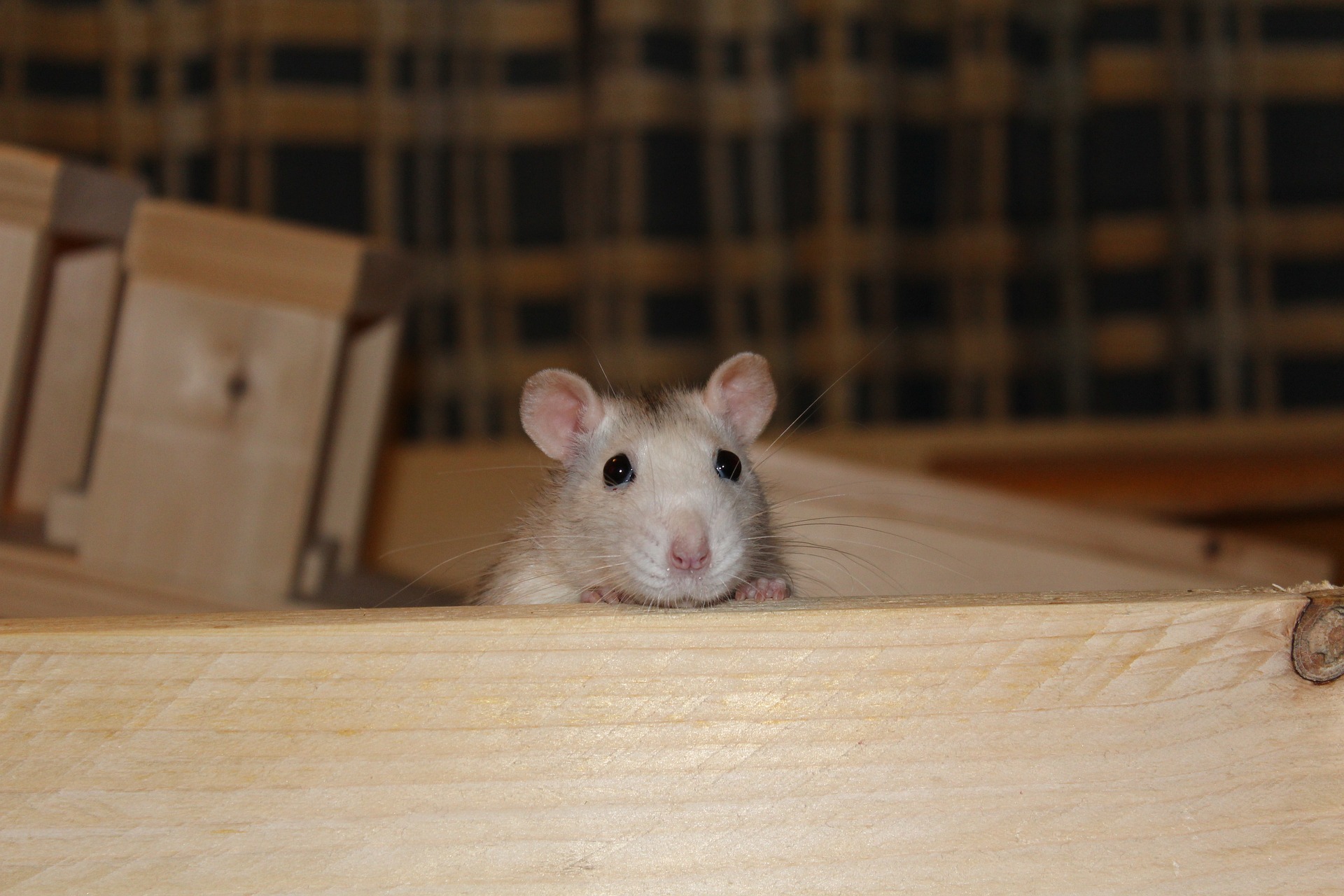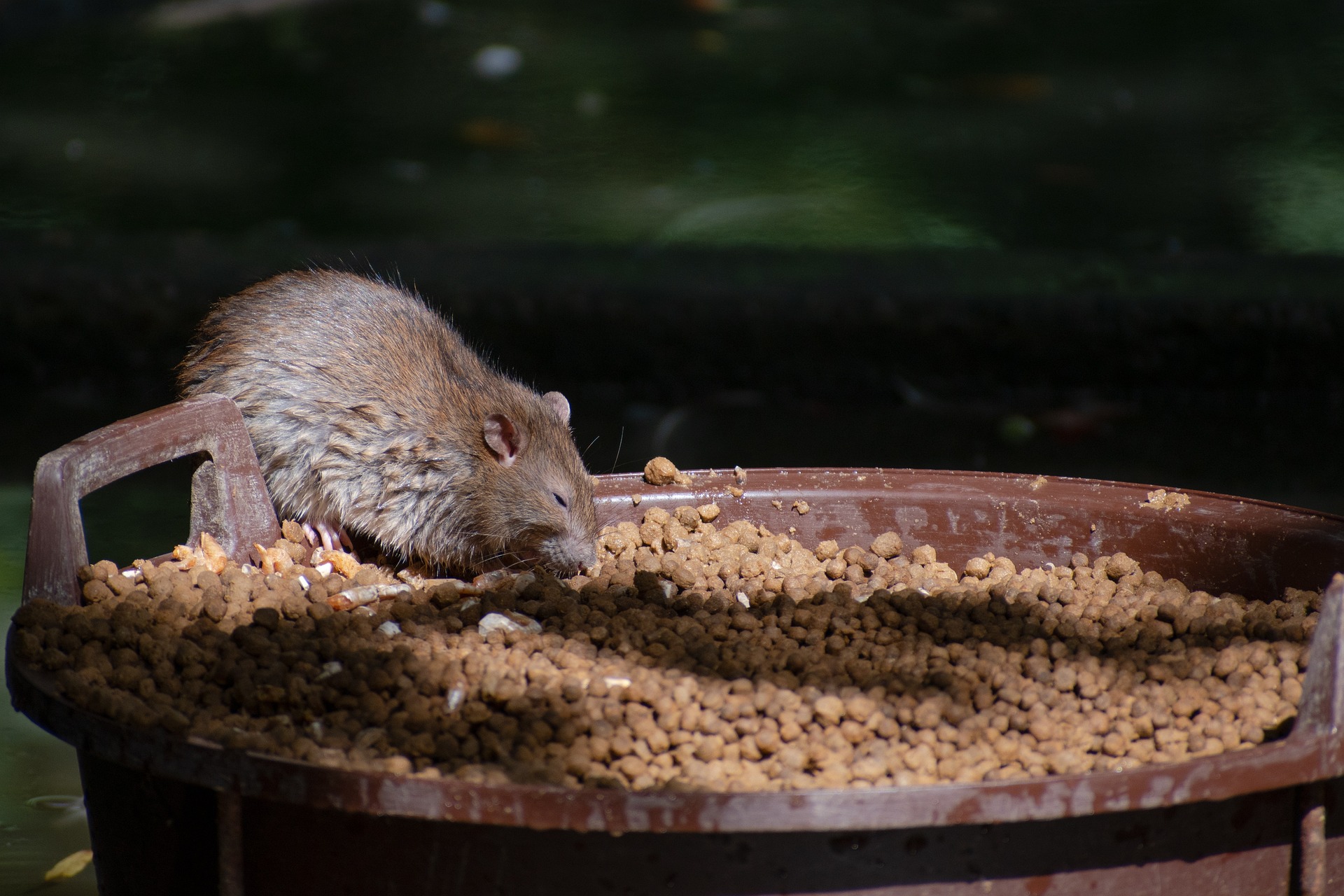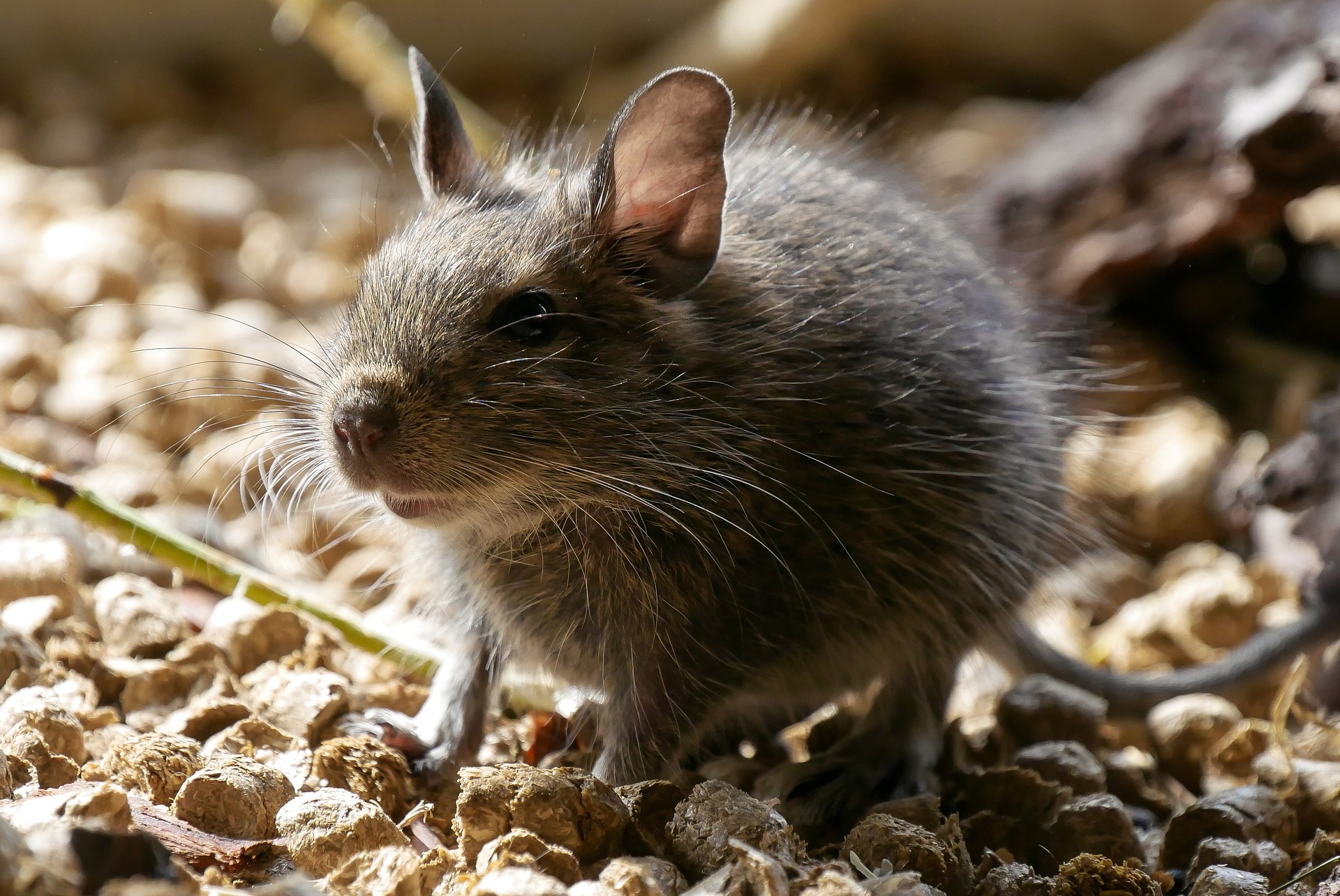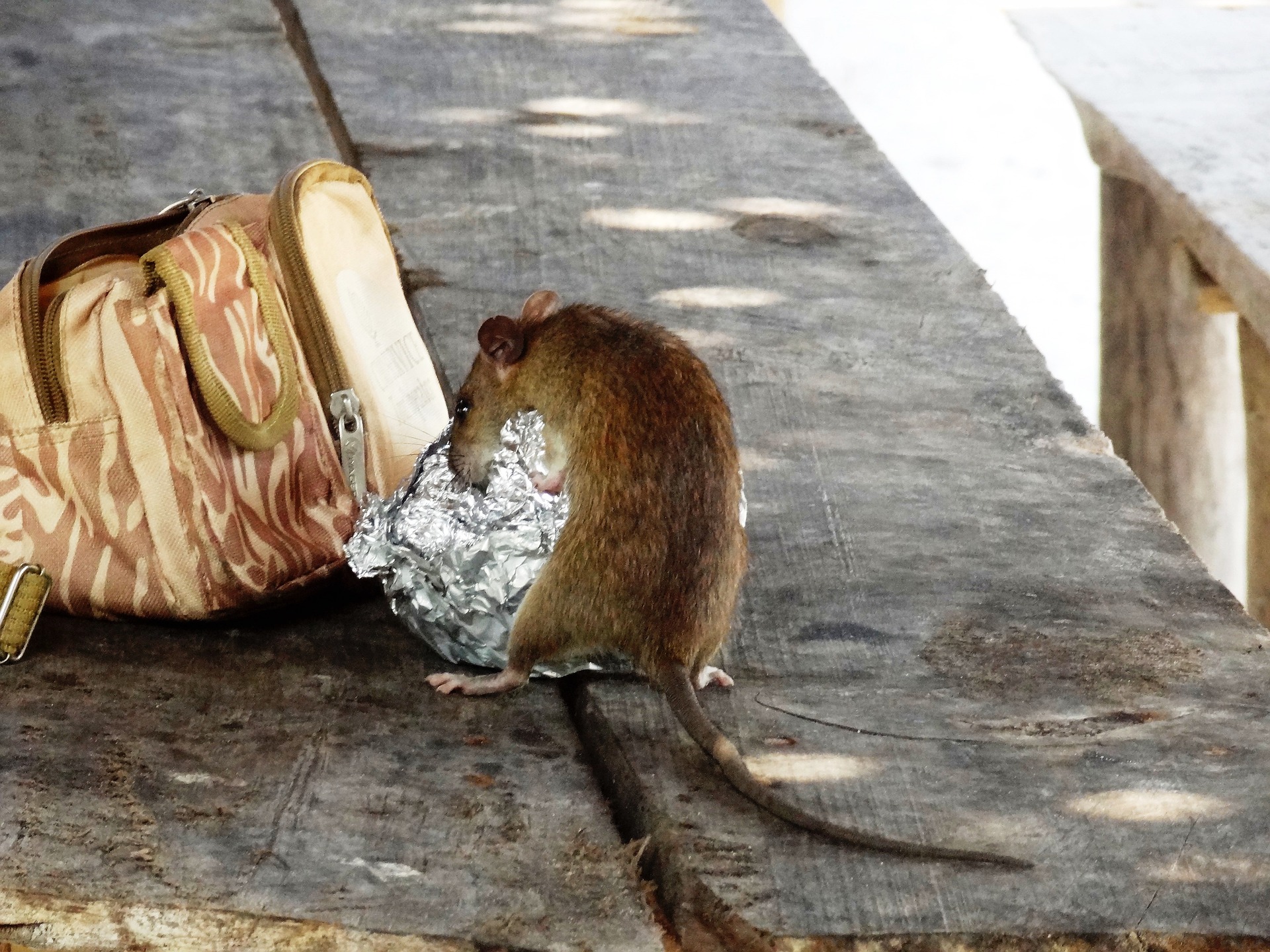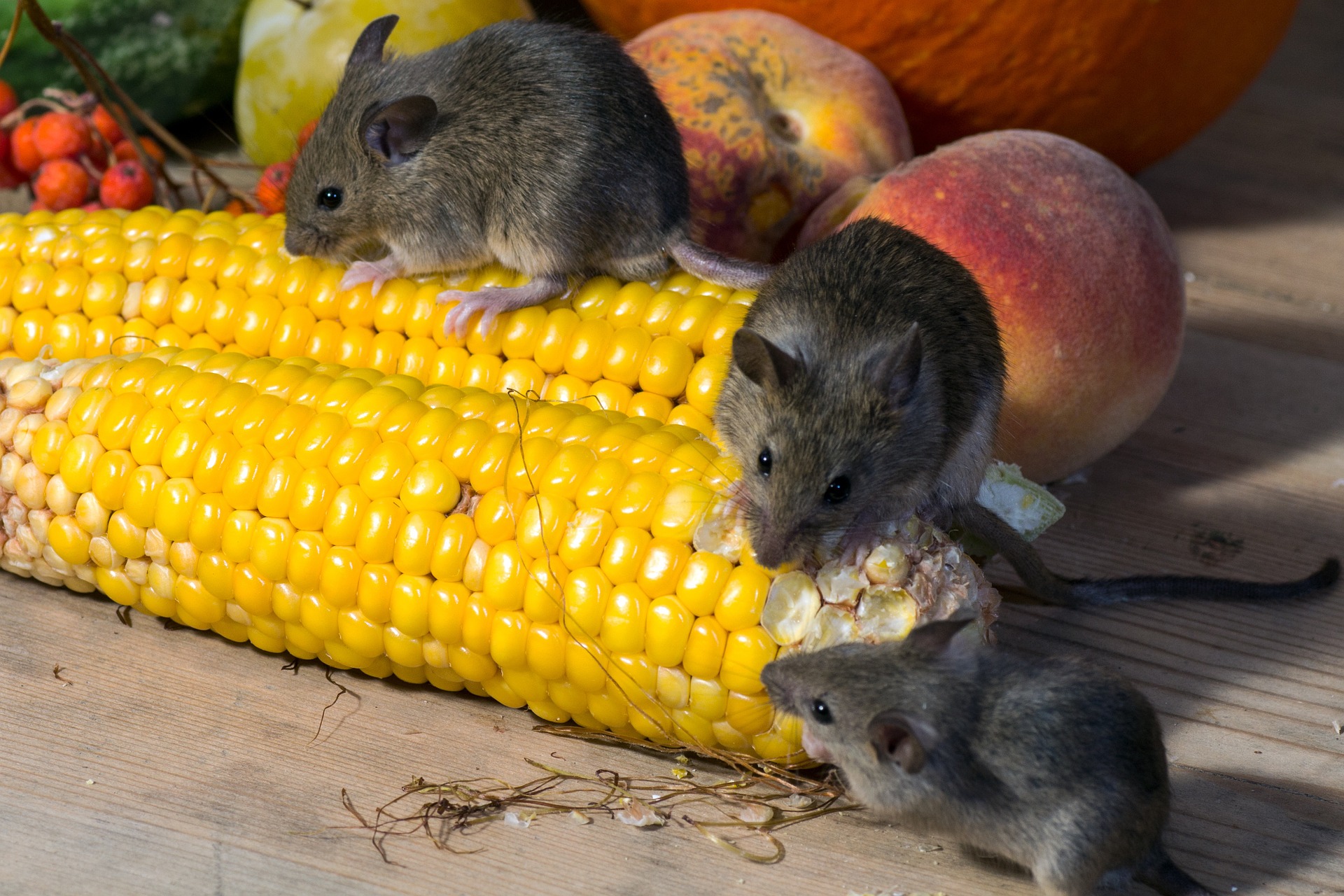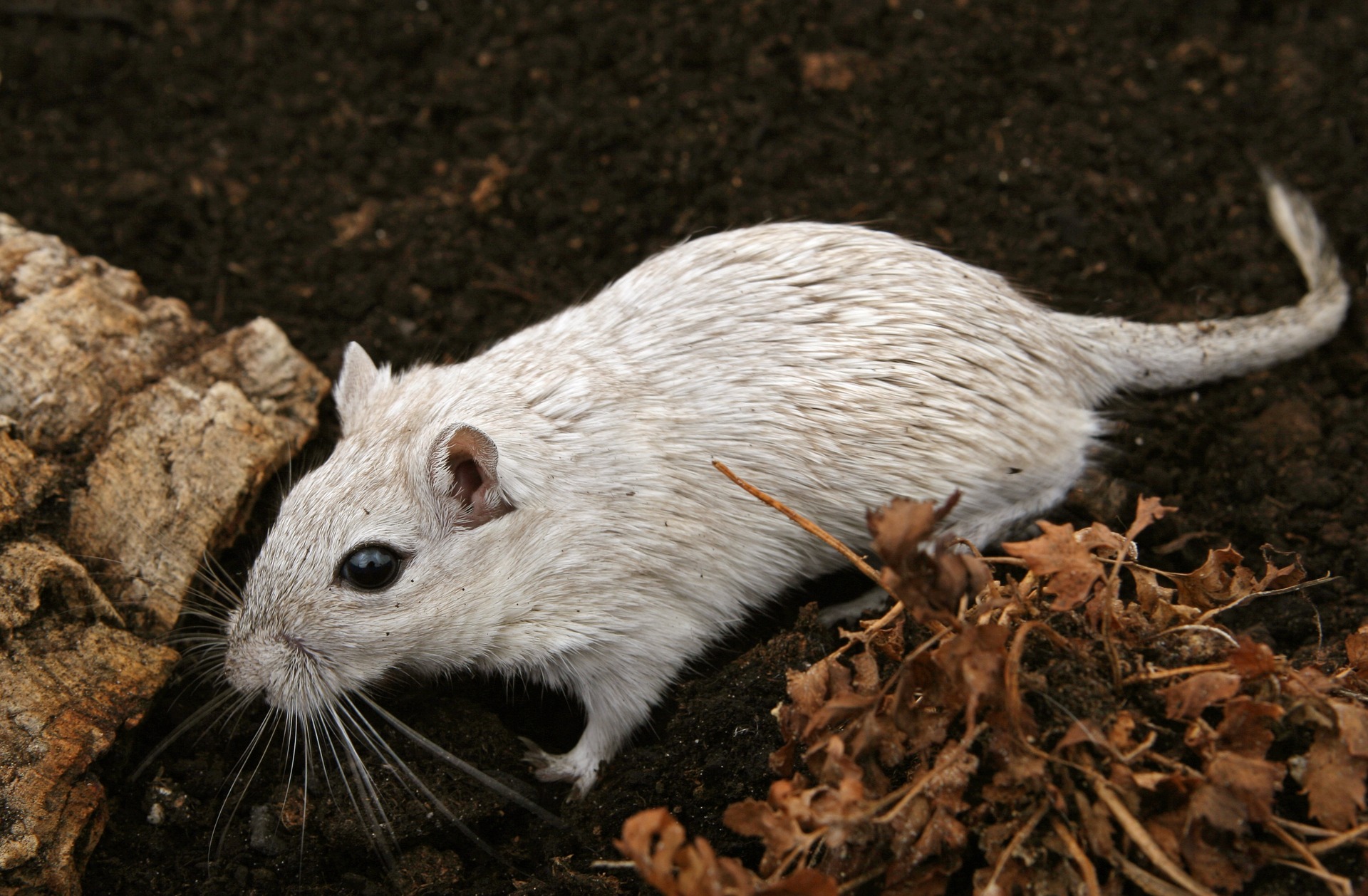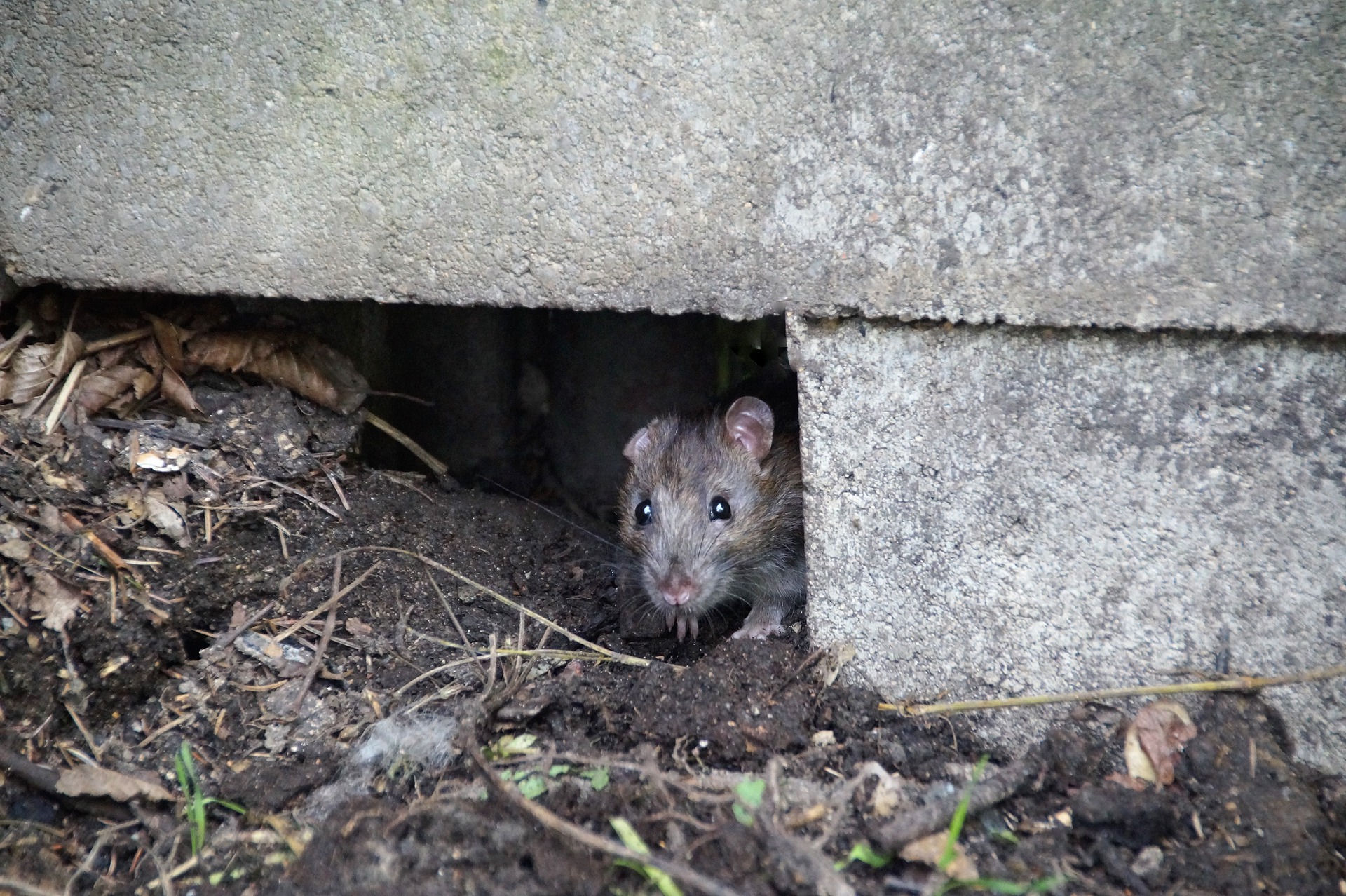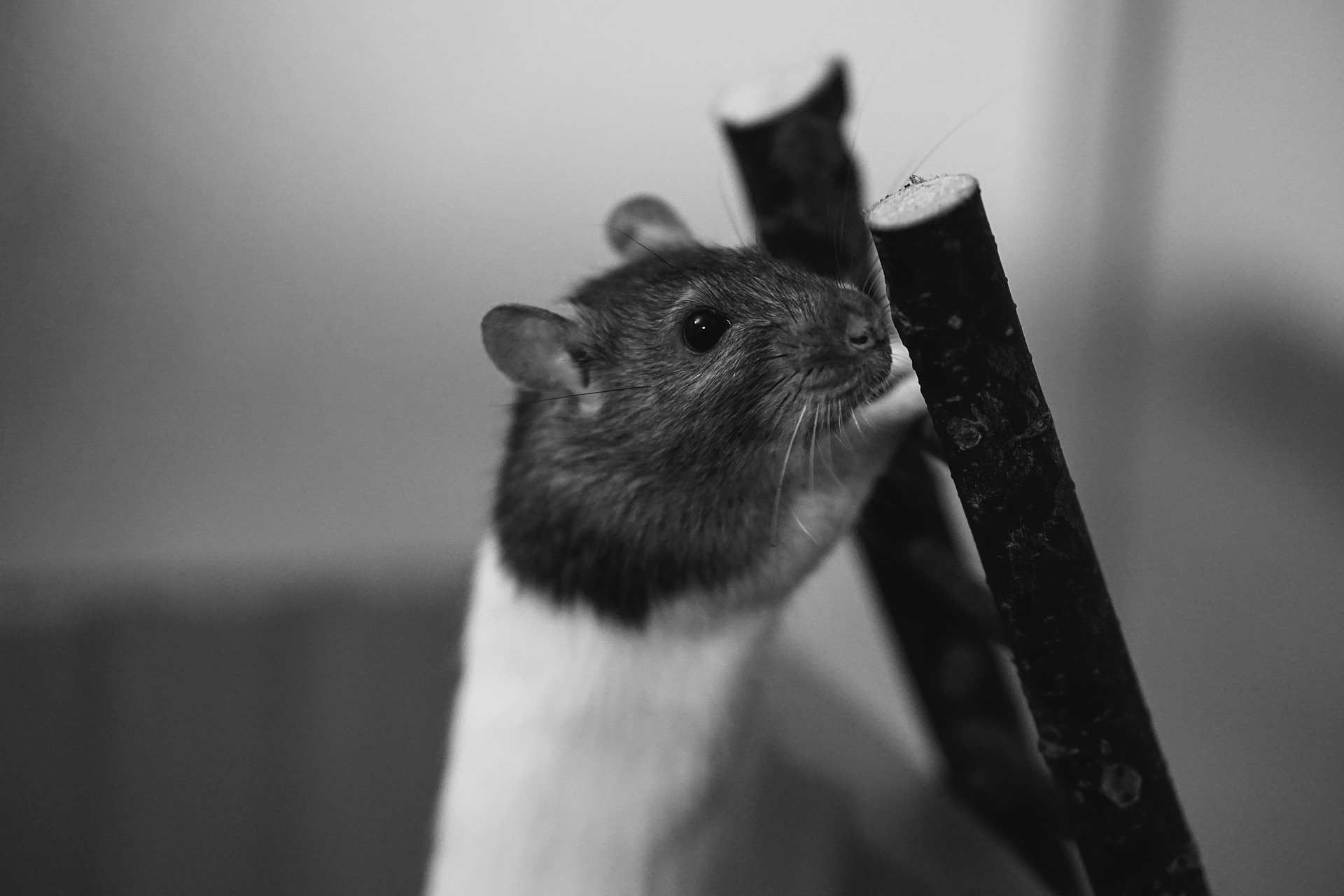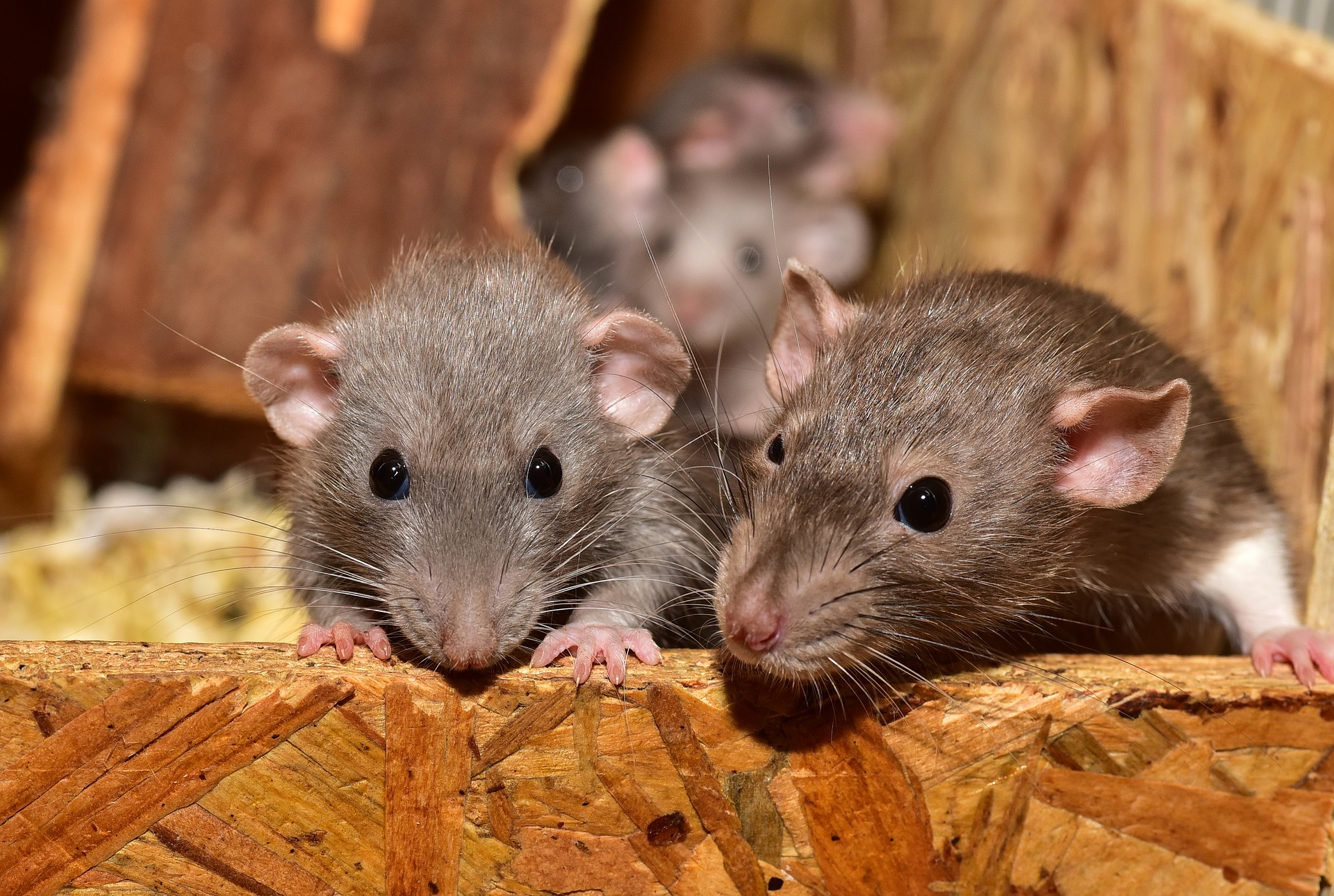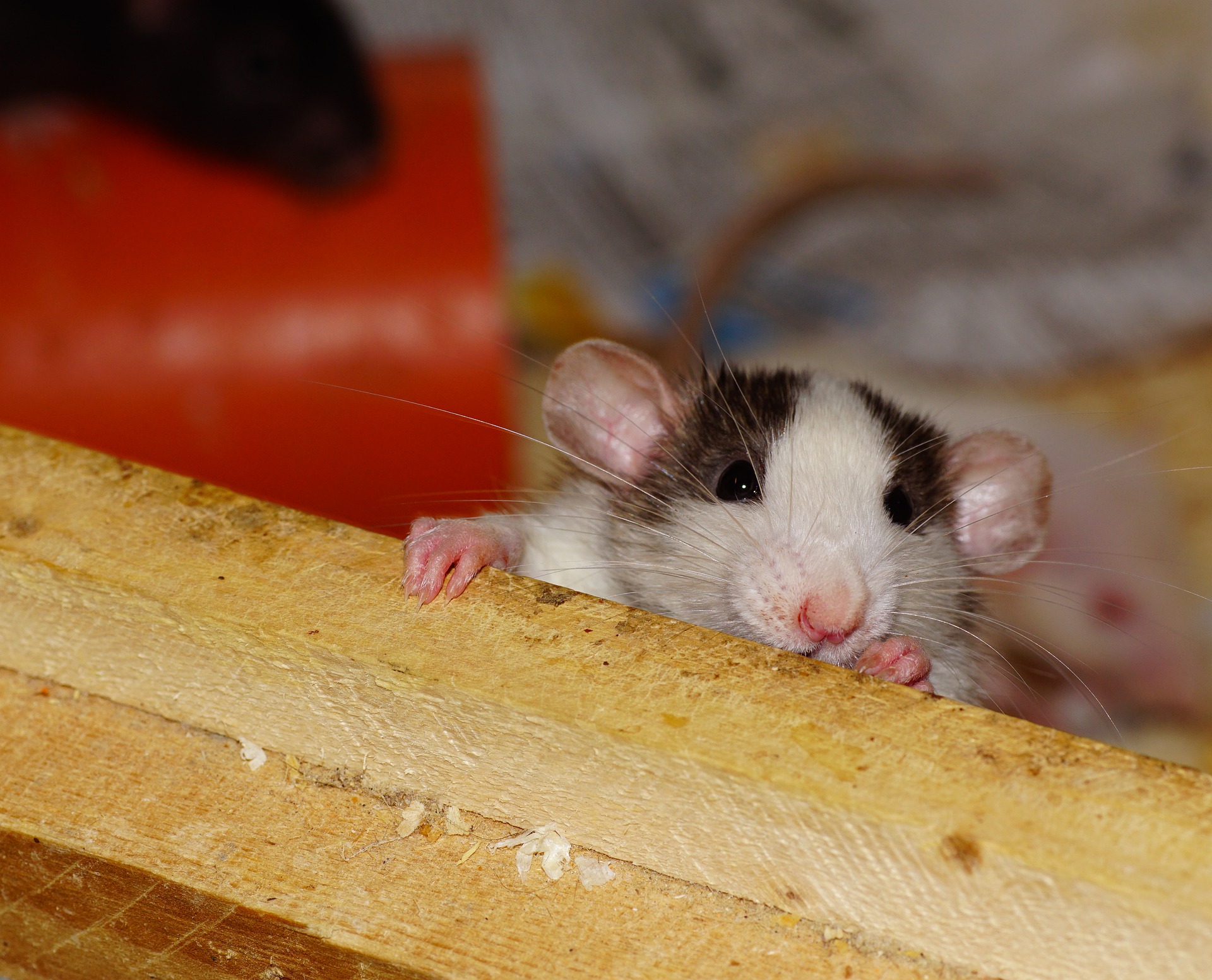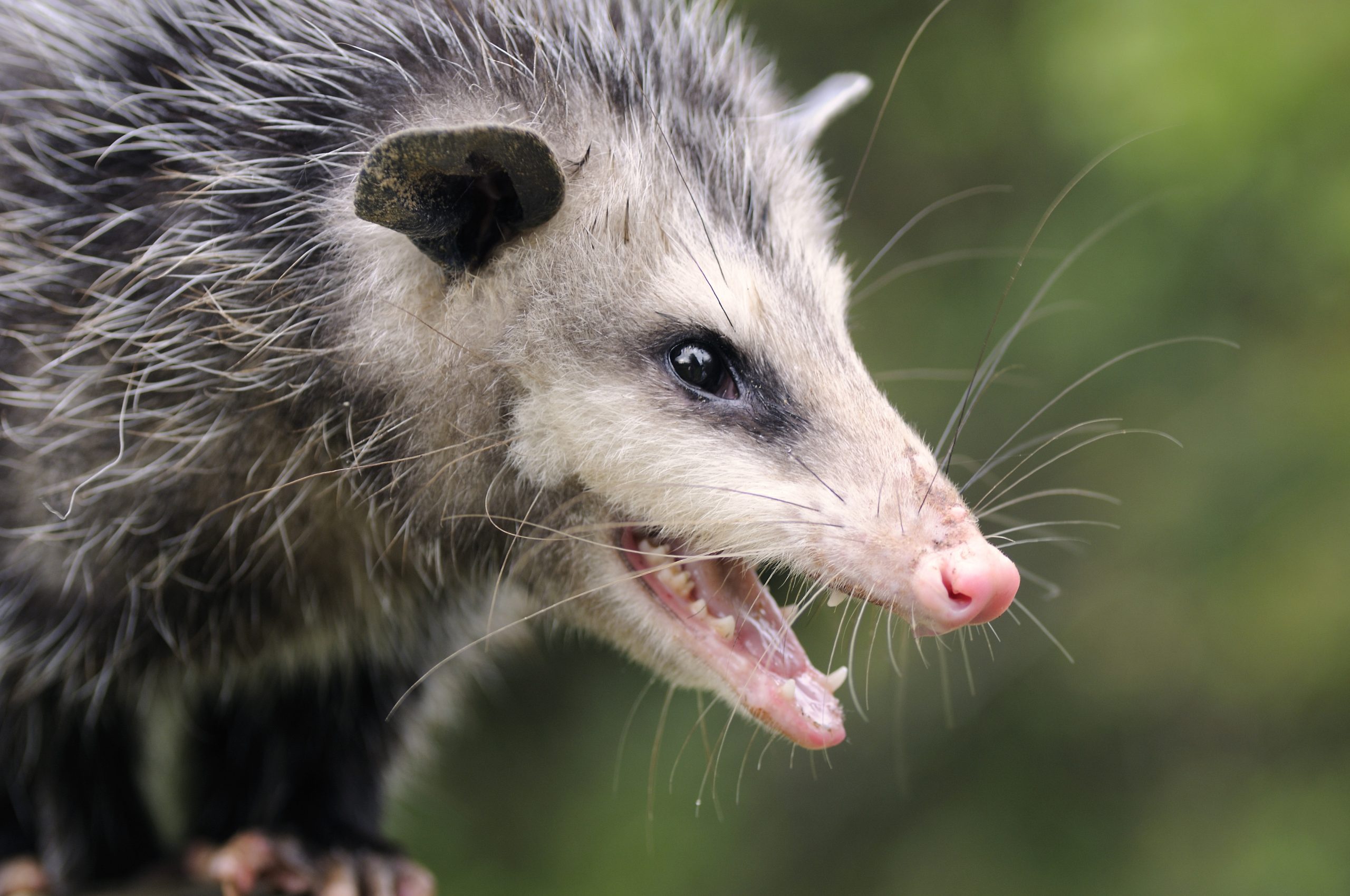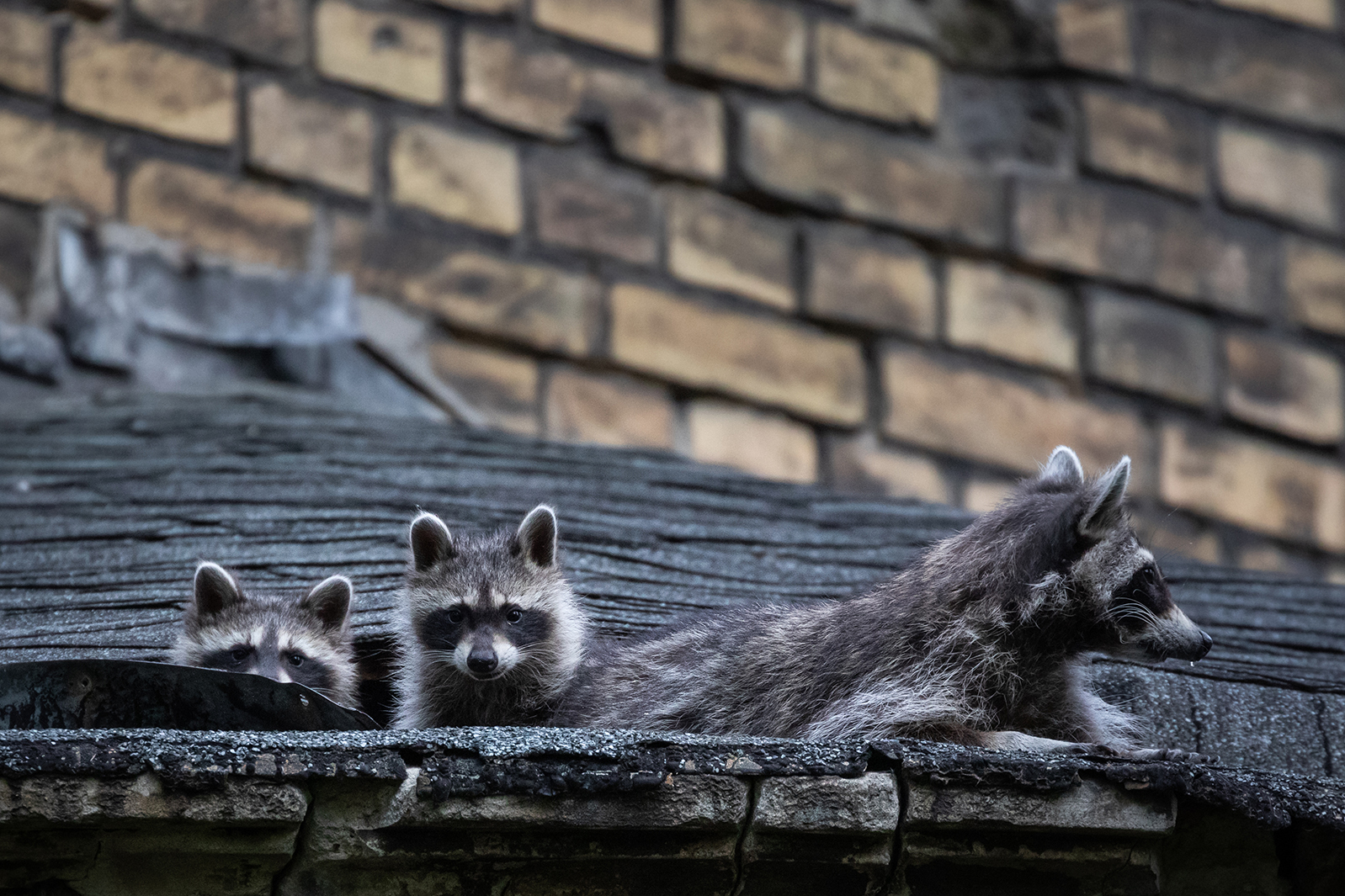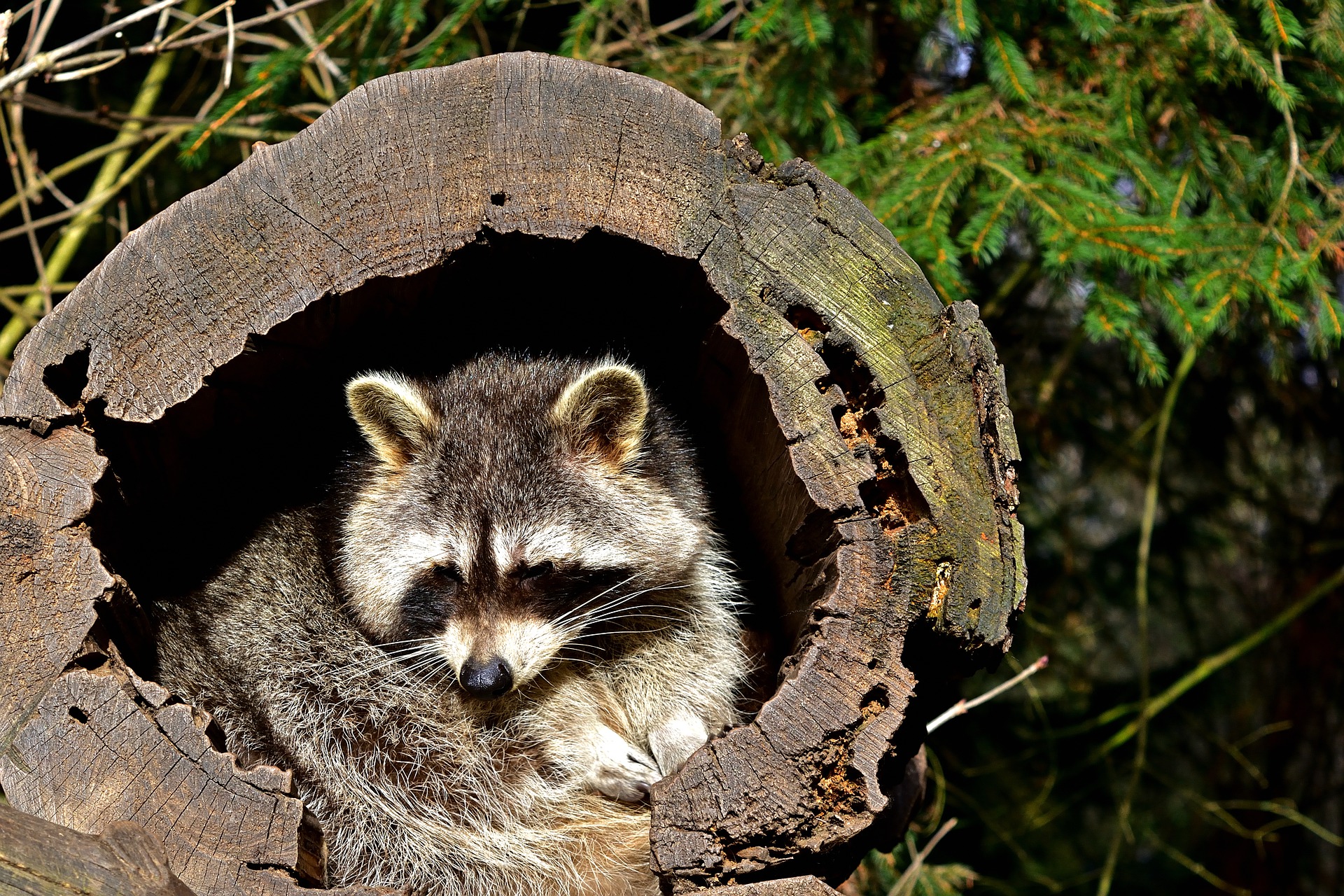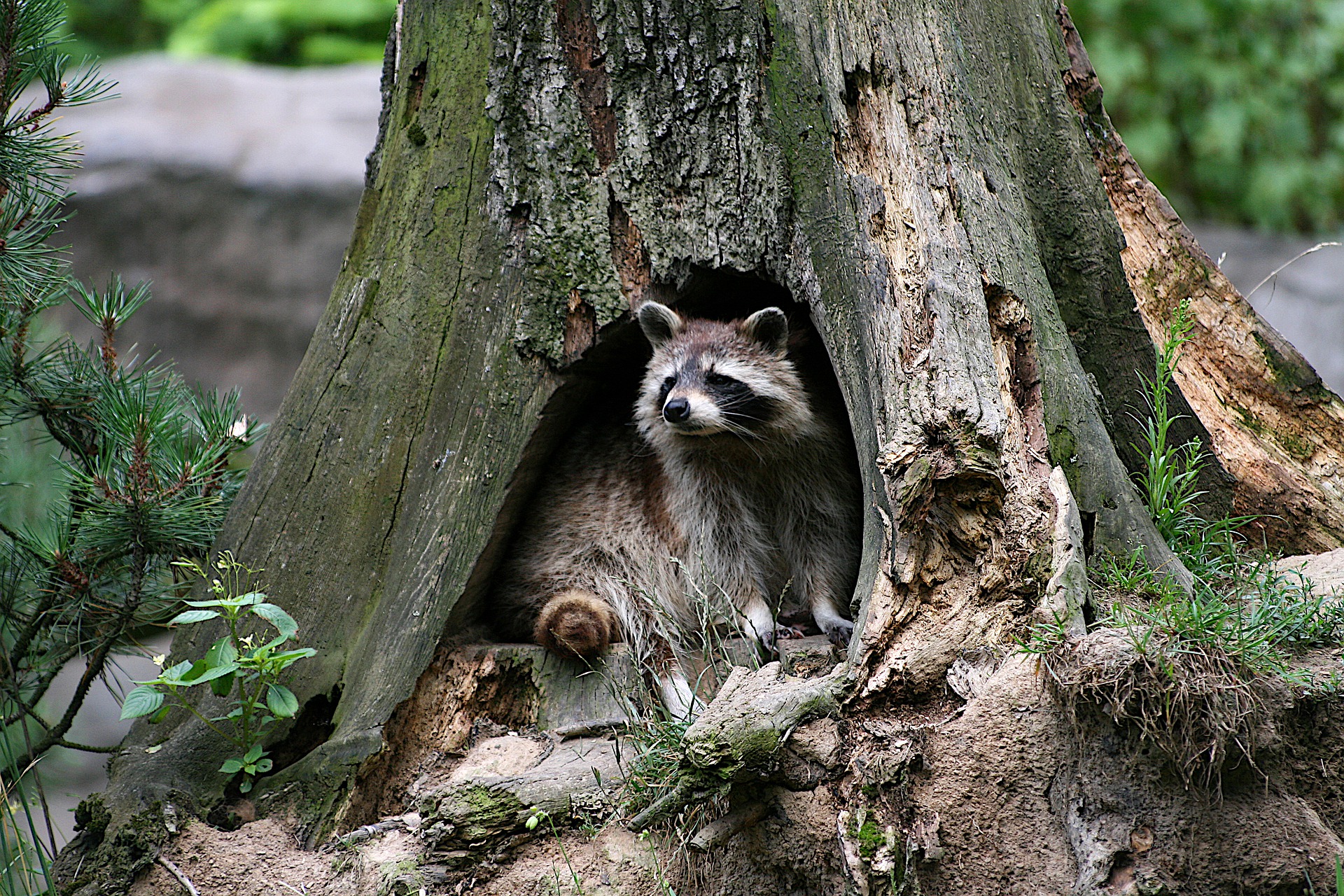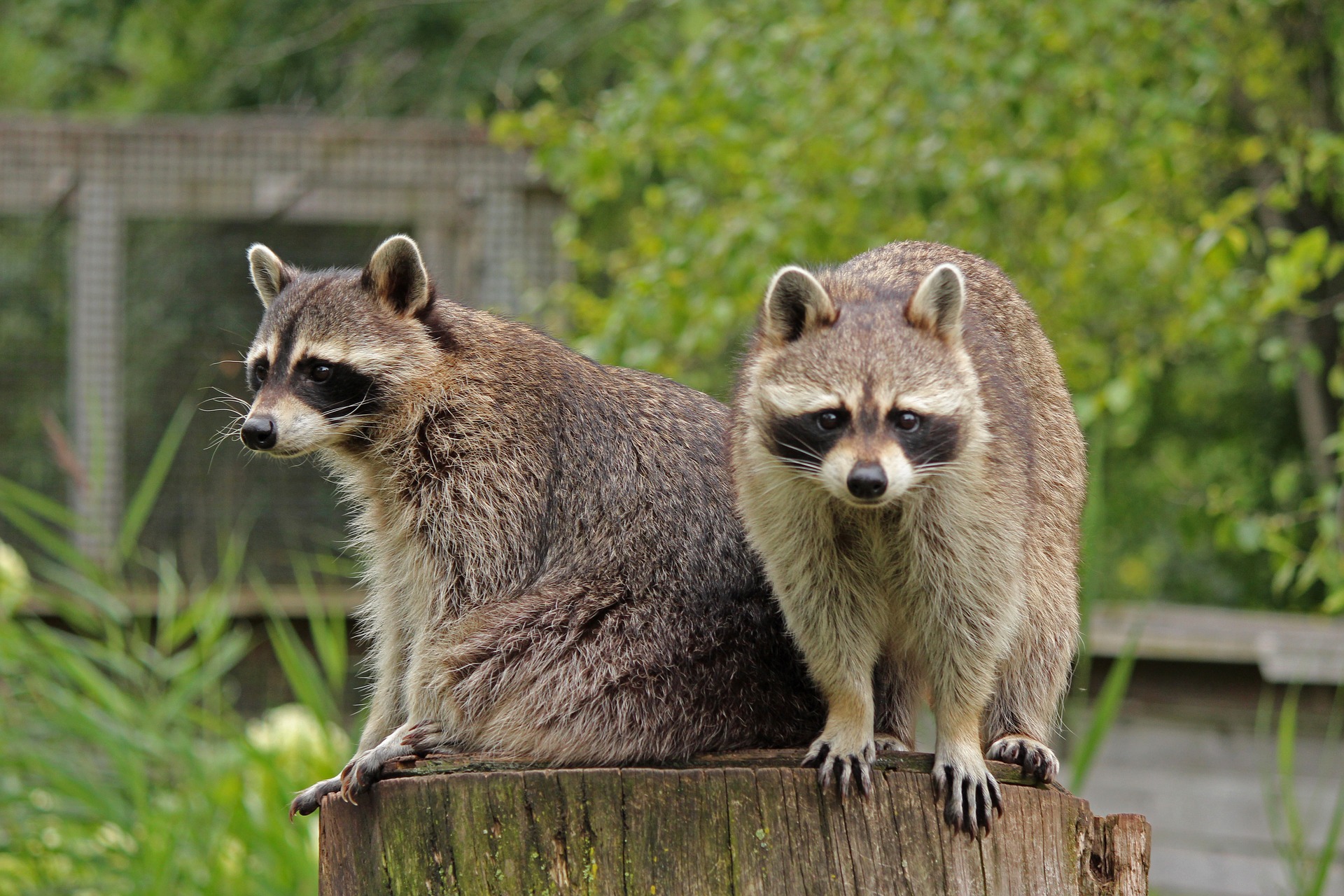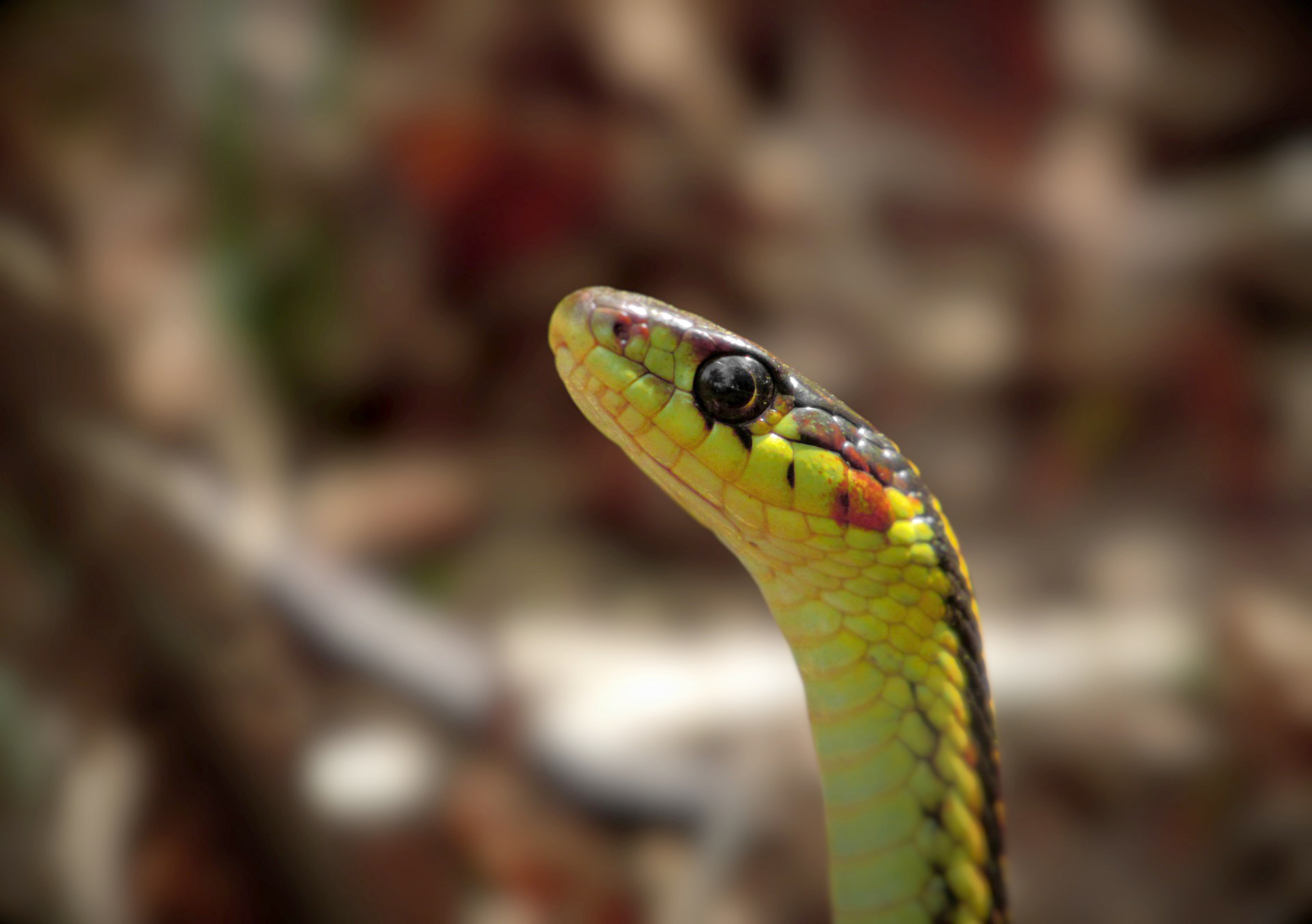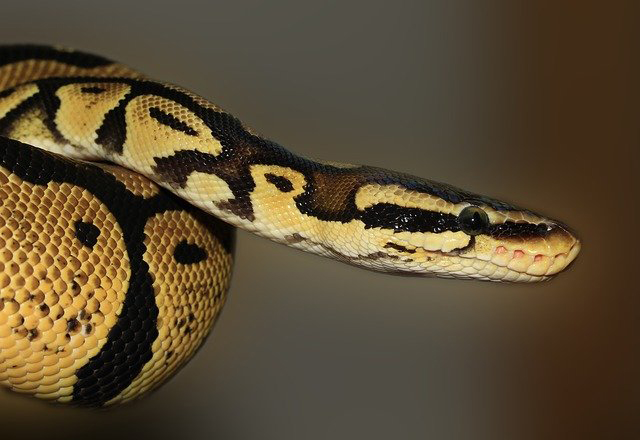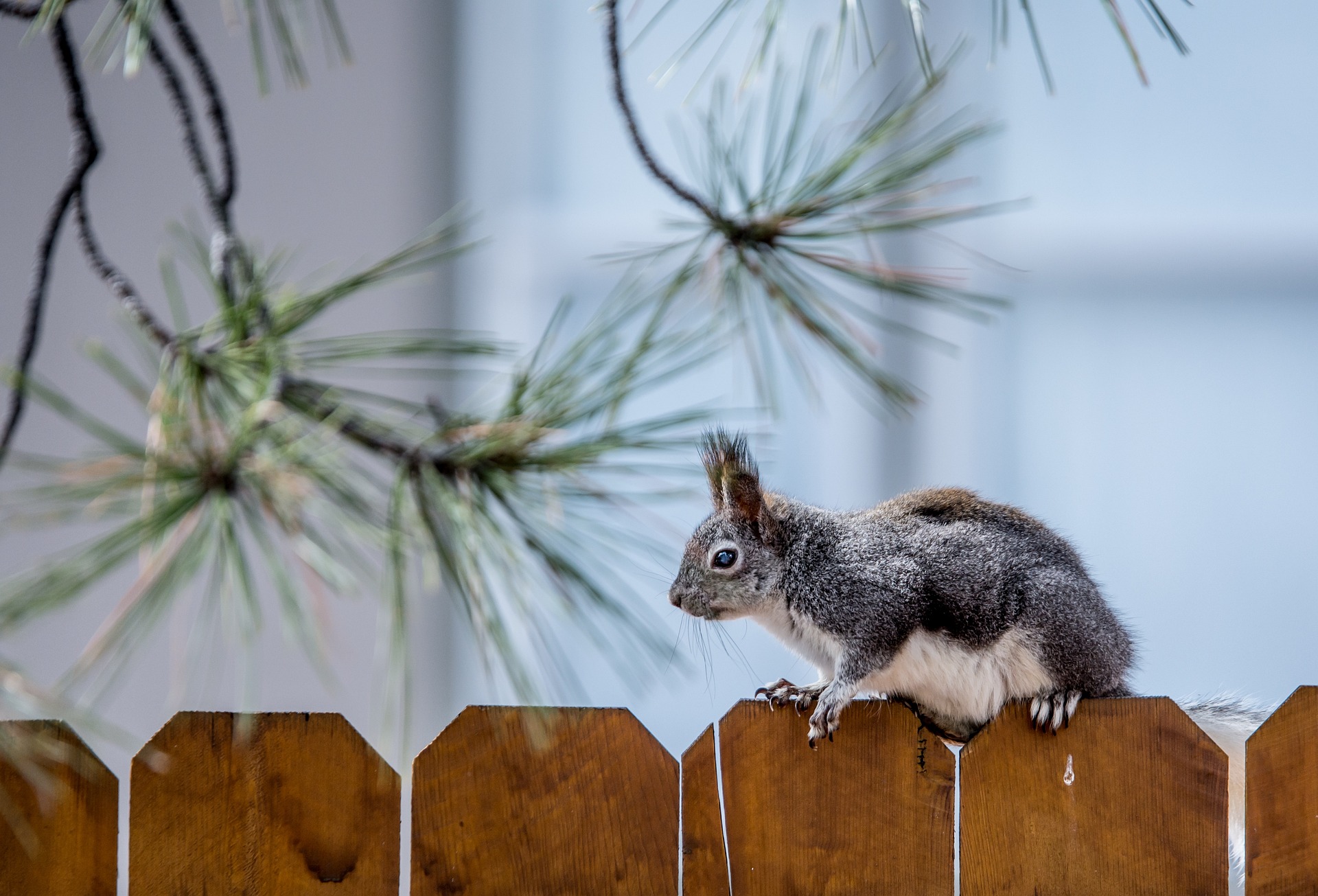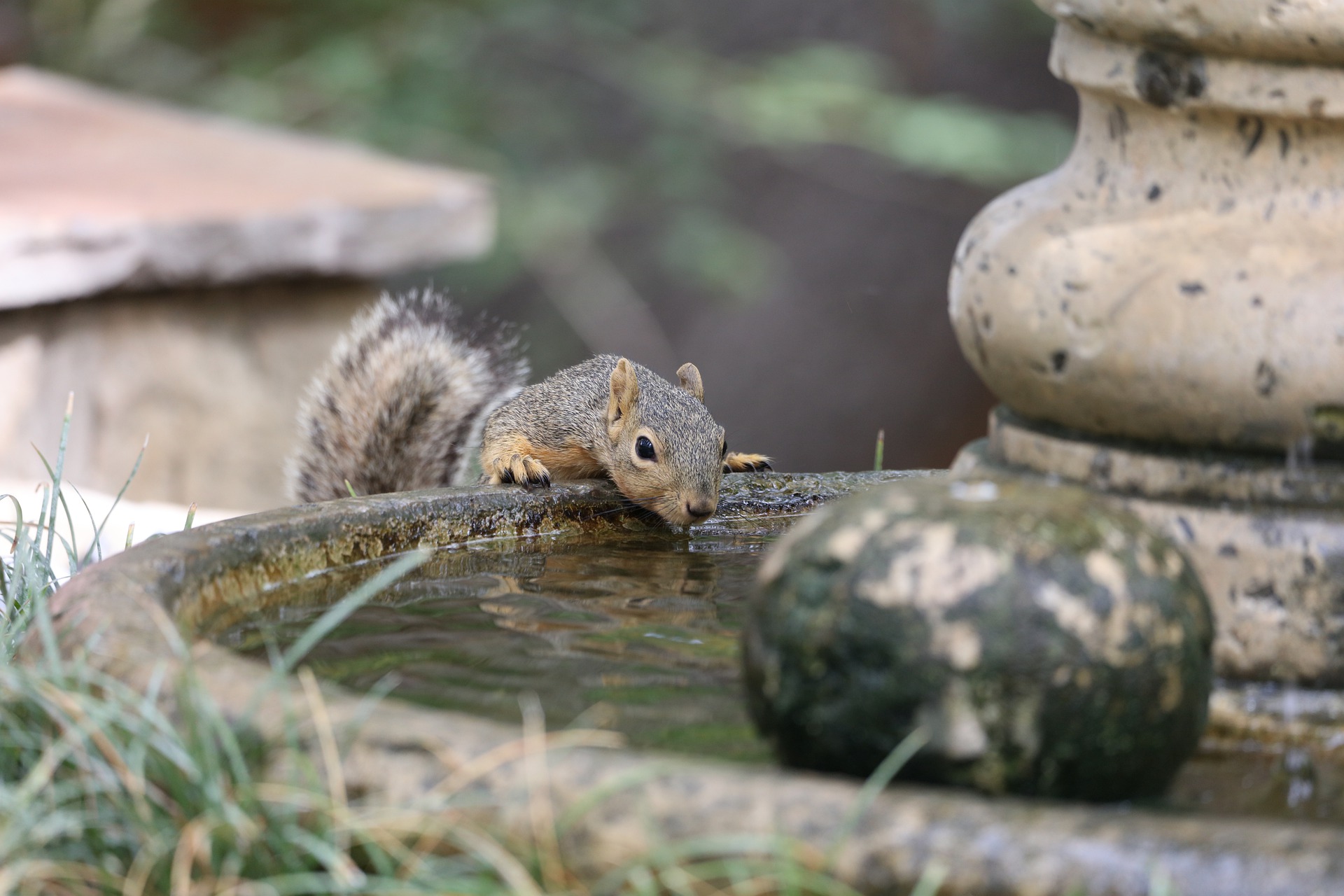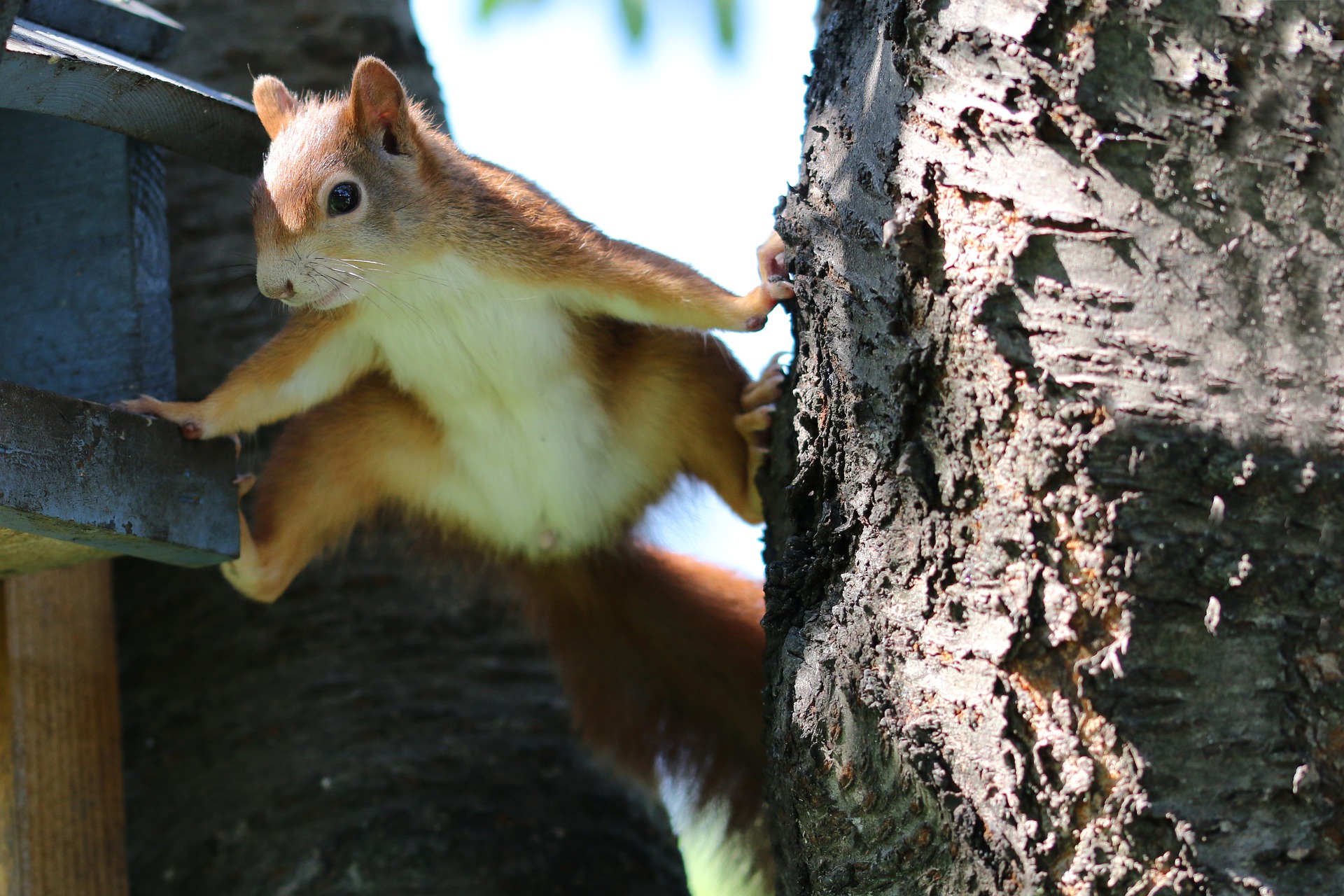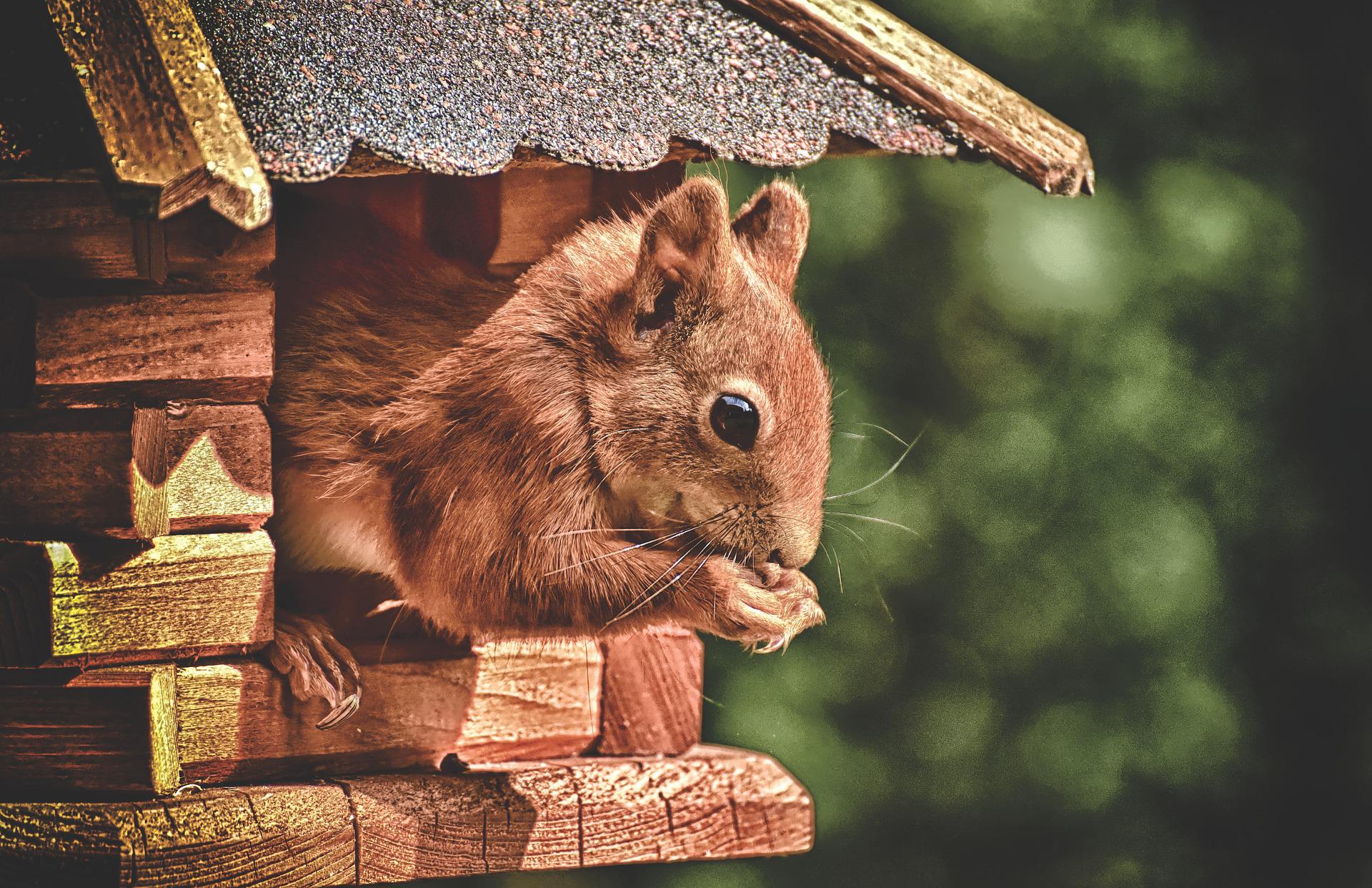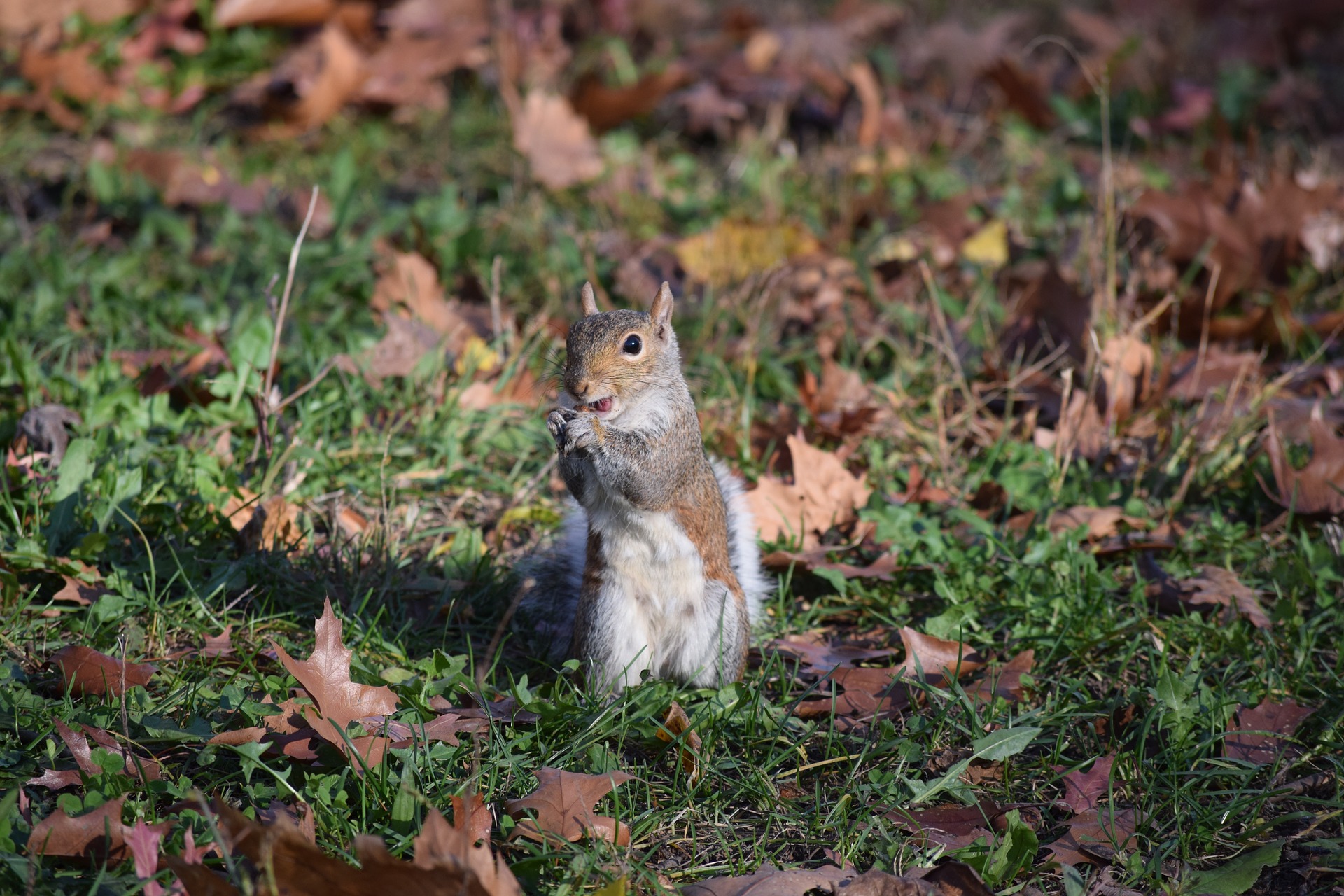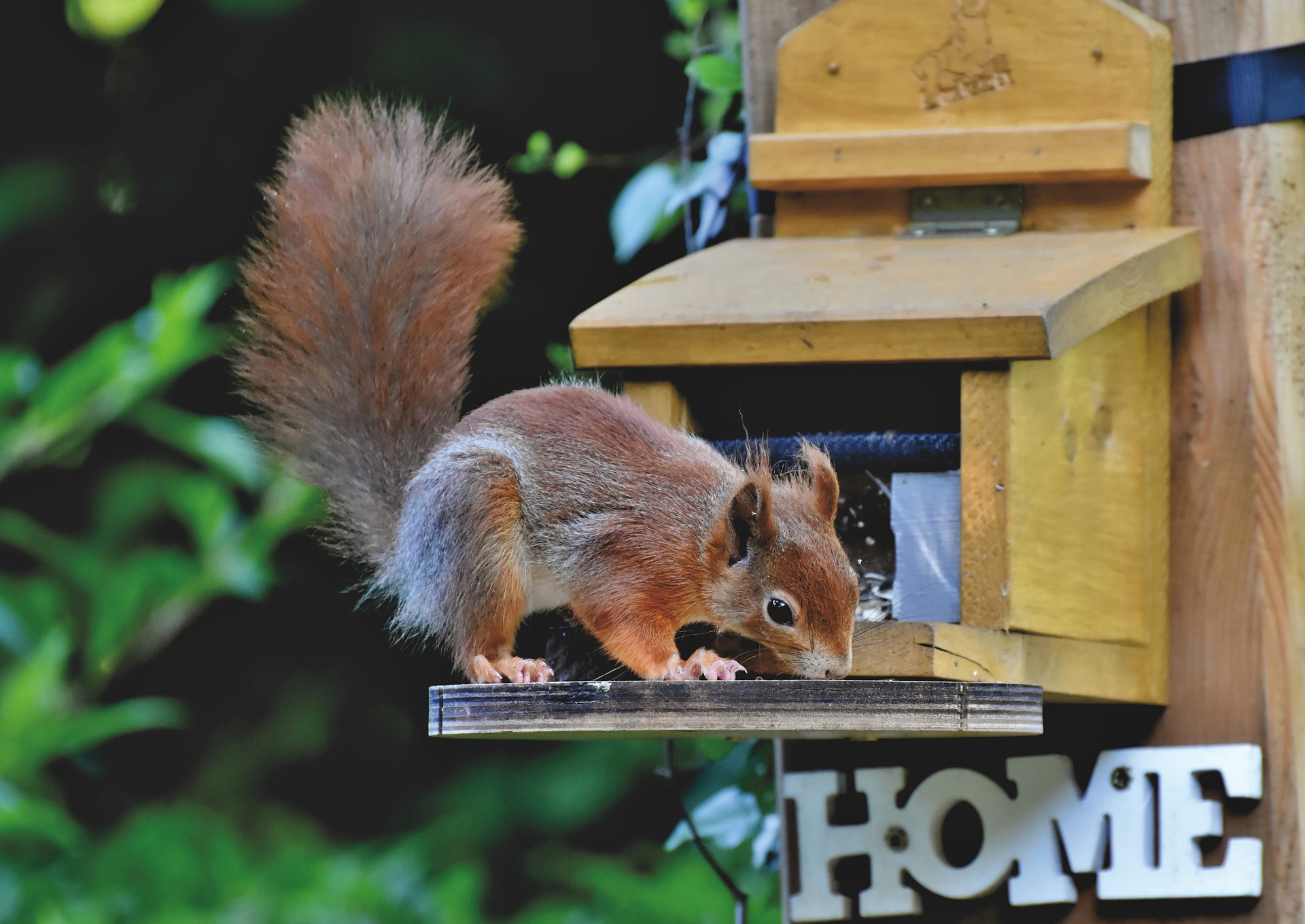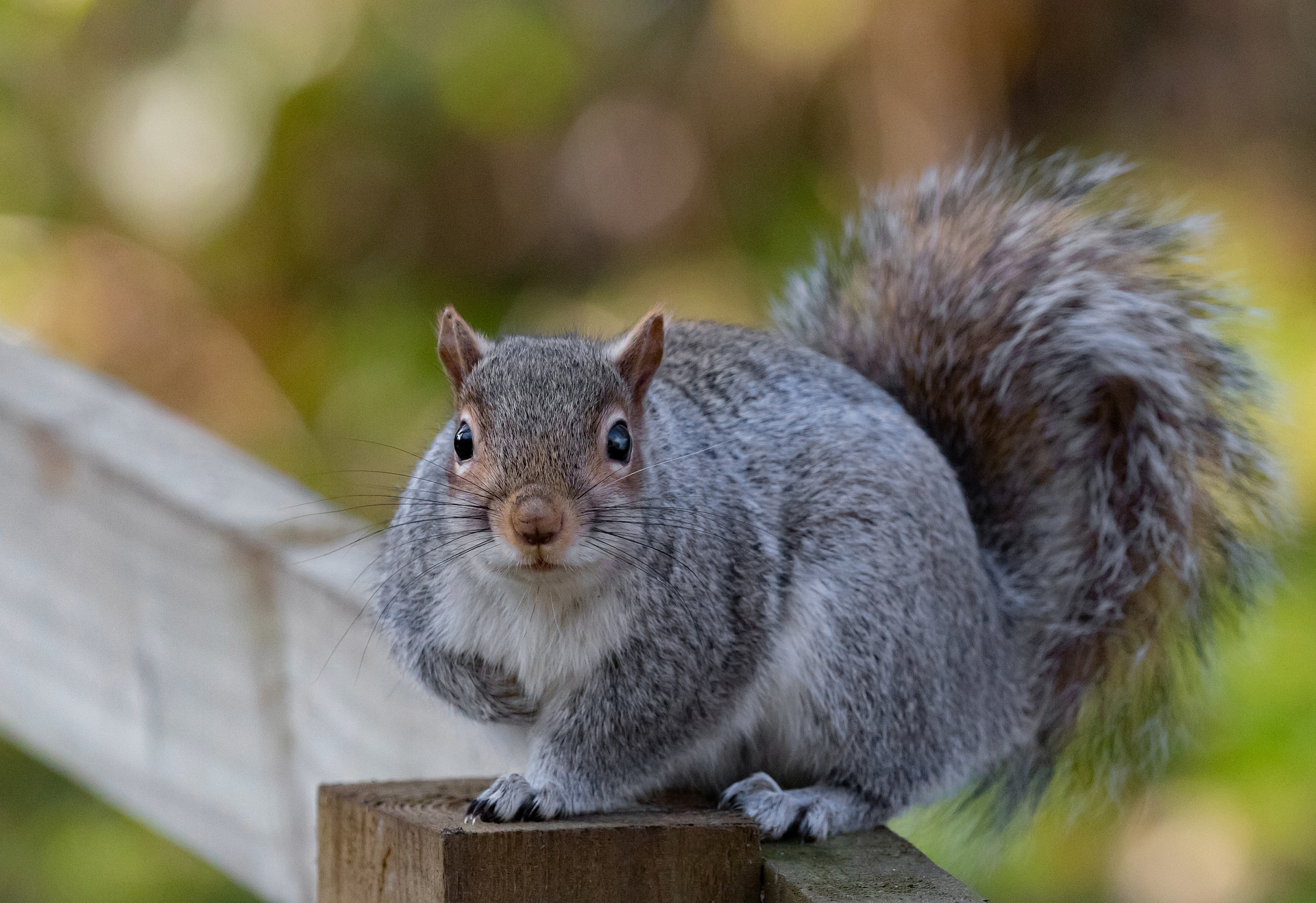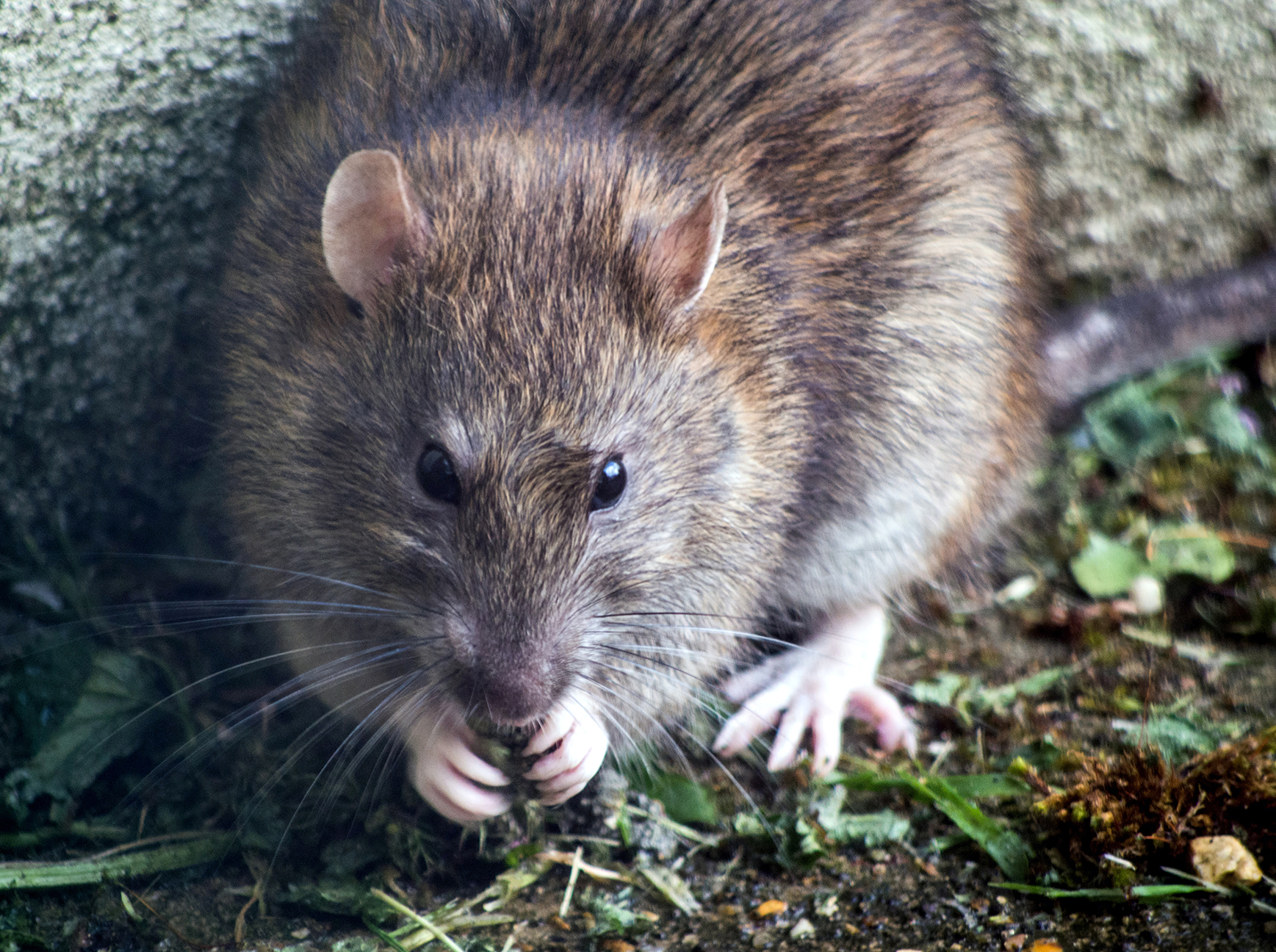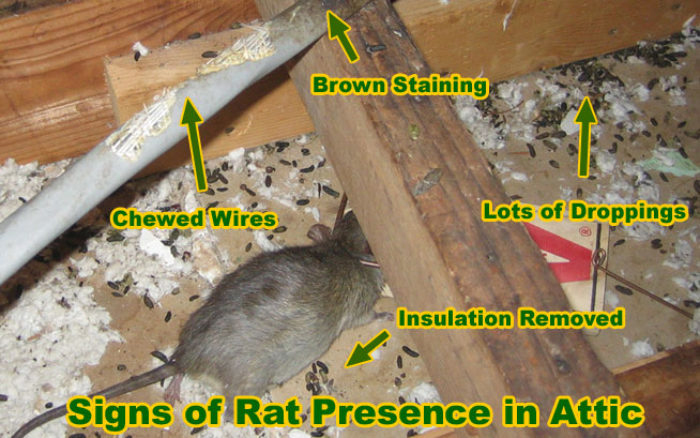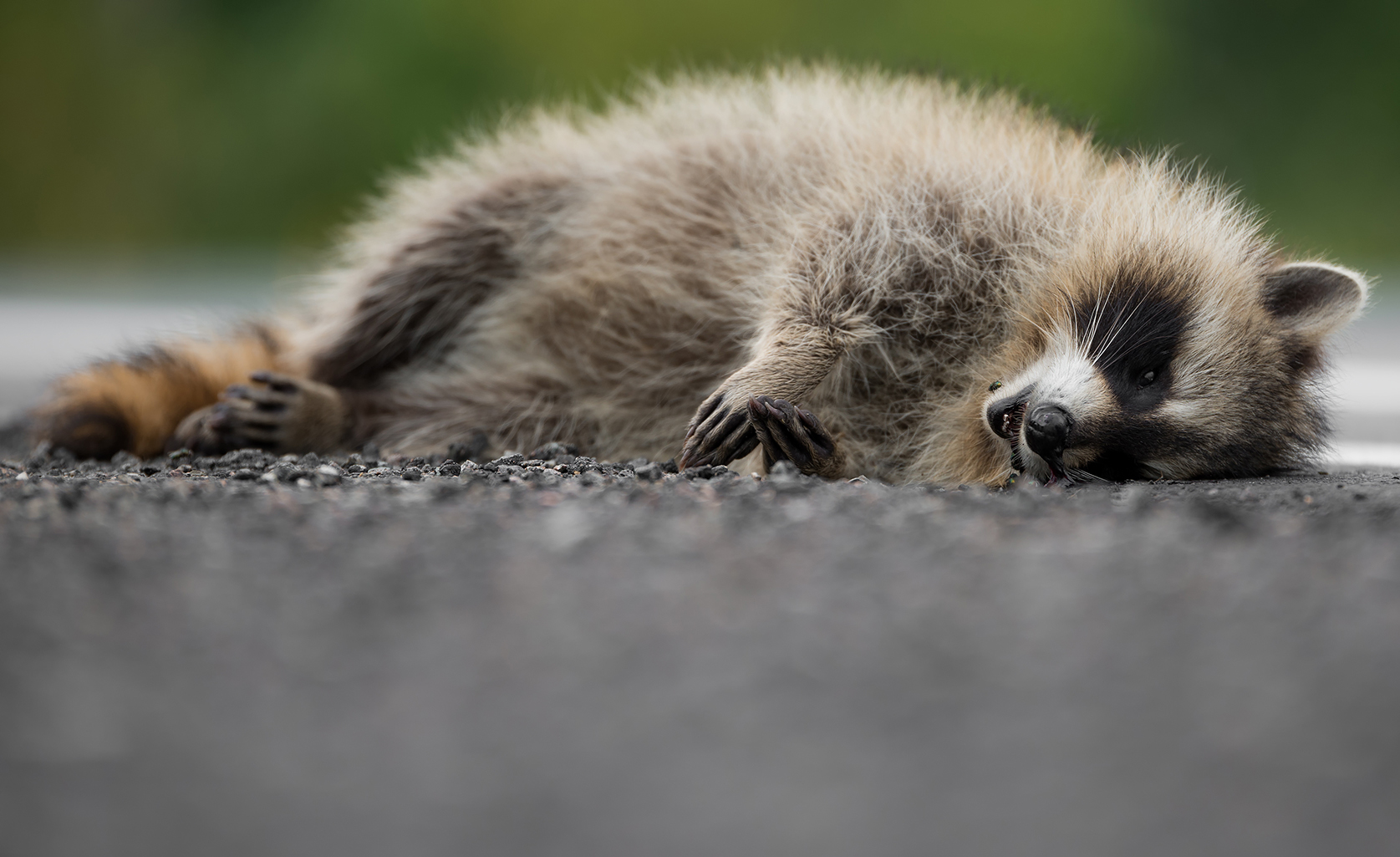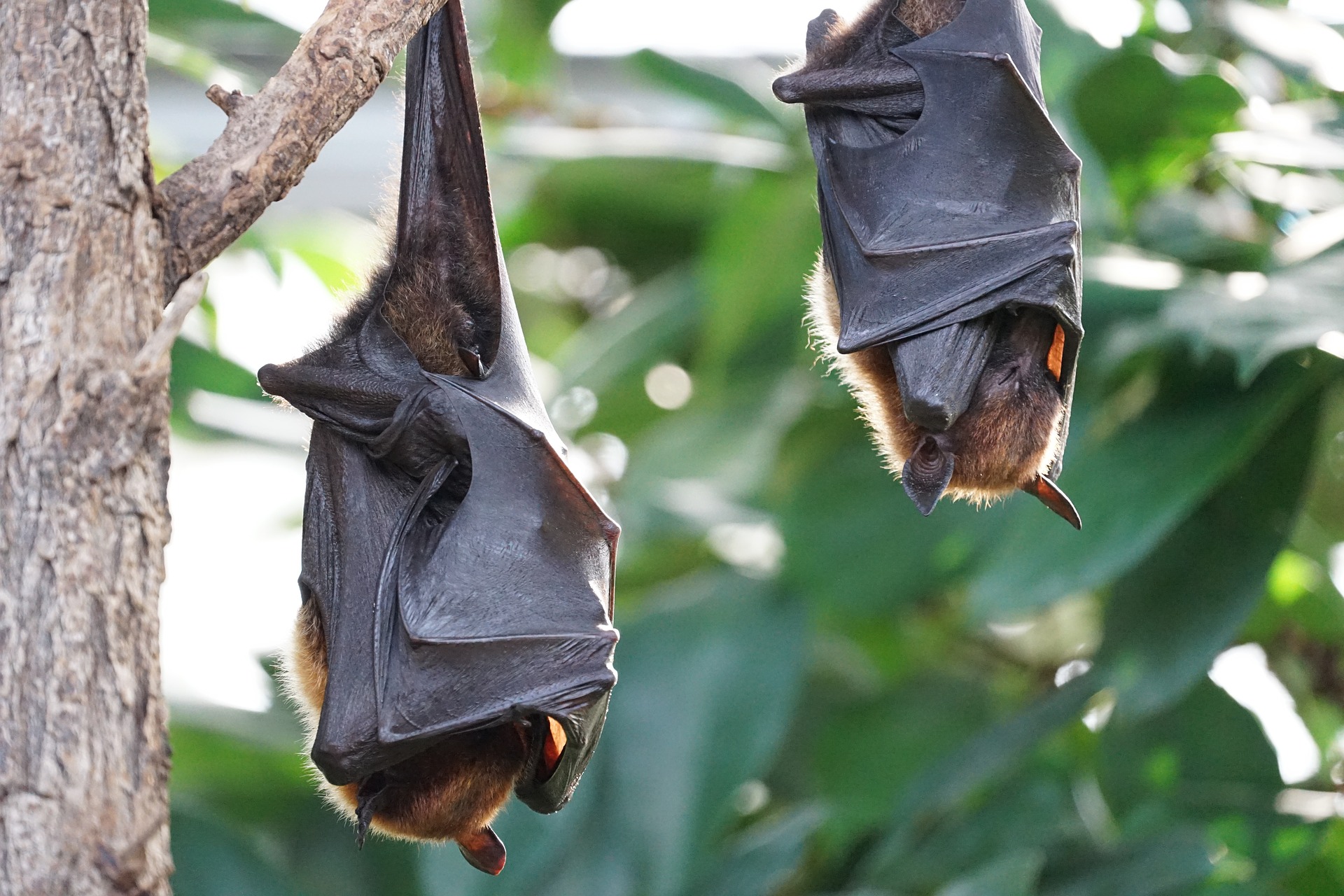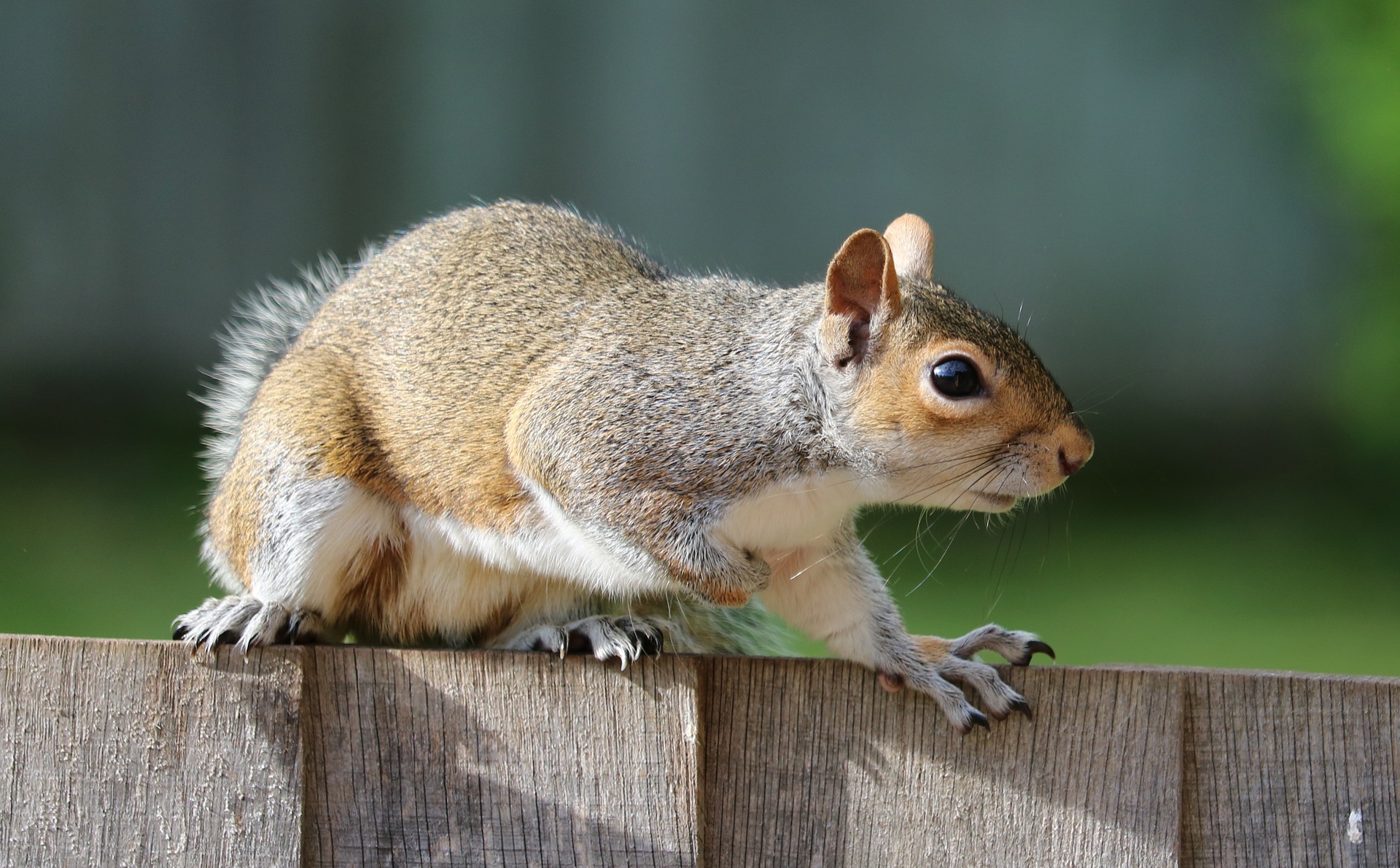Fascinating Wildlife Control Techniques Used by Professionals
Wildlife control is a crucial aspect of maintaining a harmonious coexistence between humans and animals. As urbanization continues to encroach upon natural habitats, conflicts between humans and wildlife have become increasingly common. In order to mitigate these conflicts, professionals employ a variety of techniques that not only ensure the safety of both humans and animals but also promote ethical and humane practices. This article explores the intricacies of wildlife control, delves into the art of humane techniques, highlights cutting-edge technology in the field, and unveils fascinating stories from wildlife control professionals.
Understanding the Intricacies of Wildlife Control: An Introduction to Professional Techniques
Wildlife control professionals are trained to handle a wide range of animal species, from small rodents to large predators. Their expertise lies in understanding the behavior, biology, and habitats of these animals, allowing them to develop effective control strategies. One common technique used by professionals is exclusion, which involves sealing off entry points to prevent animals from entering homes or buildings. This not only protects property but also ensures the safety of both humans and animals.
Another technique employed by professionals is trapping and relocation. This method is often used for larger animals, such as raccoons or coyotes, that pose a threat to human safety. Traps are strategically placed to capture the target animal, and once caught, it is safely relocated to a more suitable habitat. However, it is important to note that trapping and relocation should only be done by licensed professionals to ensure the welfare of the animal.
Integrated Pest Management (IPM) is another approach used by wildlife control professionals. This method focuses on long-term prevention and control by addressing the root causes of wildlife conflicts. By identifying and modifying factors that attract animals, such as food sources or shelter, professionals can effectively manage wildlife populations without resorting to lethal methods.
Lastly, professionals also utilize deterrents to discourage animals from entering certain areas. These can include visual deterrents, such as scarecrows or reflective tape, as well as auditory deterrents, such as ultrasonic devices or noise machines. These non-lethal methods are designed to create an environment that is unappealing or intimidating to wildlife, thus reducing the likelihood of conflicts.
The Art of Humane Wildlife Control: Ethical Approaches and Best Practices
Humane wildlife control is not just about removing animals from unwanted areas; it is about ensuring their welfare throughout the process. Professionals prioritize the use of non-lethal methods whenever possible, aiming to minimize stress and harm to the animals. This includes using live traps instead of lethal traps, as well as handling animals with care and releasing them in suitable habitats.
One key aspect of humane wildlife control is education. Professionals work closely with communities to raise awareness about coexisting with wildlife and implementing preventative measures. By educating the public about the importance of securing trash cans, removing food sources, and sealing entry points, professionals empower individuals to take an active role in wildlife control.
Furthermore, professionals also collaborate with wildlife rehabilitation centers to ensure injured or orphaned animals receive the necessary care. This partnership allows for a seamless transition from control to rehabilitation, ensuring that animals are given a second chance at survival.
Best practices in humane wildlife control also involve continuous learning and improvement. Professionals stay updated on the latest research and techniques, attending conferences and workshops to enhance their skills. By staying informed, they can adapt their methods to be more effective and compassionate, ultimately benefiting both humans and animals.
Cutting-Edge Technology in Wildlife Control: Innovations that Revolutionize the Field
Technology has played a significant role in revolutionizing wildlife control techniques. One notable innovation is the use of thermal imaging cameras. These cameras allow professionals to detect the presence of animals, even in low-light or dense vegetation conditions. By accurately identifying the location of animals, professionals can implement targeted control measures, reducing the need for widespread trapping or relocation.
Another cutting-edge technology in wildlife control is the development of GPS tracking systems. These systems enable professionals to monitor the movements and behaviors of animals, providing valuable insights into their habitats and migration patterns. By understanding these patterns, professionals can implement proactive measures to prevent conflicts before they occur.
Unmanned Aerial Vehicles (UAVs), commonly known as drones, have also found applications in wildlife control. Drones equipped with high-resolution cameras can survey large areas quickly and efficiently, allowing professionals to identify potential problem areas or monitor wildlife populations. This technology not only saves time and resources but also minimizes disturbance to animals and their habitats.
Lastly, advancements in genetic analysis have revolutionized wildlife control by providing valuable information about population dynamics and relatedness. By analyzing DNA samples, professionals can gain insights into the size and structure of wildlife populations, helping them make informed decisions about control strategies. This technology has proven particularly useful in managing invasive species and preventing the spread of diseases.
Tales from the Field: Unveiling Fascinating Stories of Wildlife Control Professionals
Behind every wildlife control technique lies a fascinating story of professionals working tirelessly to protect both humans and animals. One such story comes from John Anderson, a wildlife control specialist who successfully relocated a family of foxes from a residential area to a nearby forest. By patiently observing their behavior and using humane trapping methods, Anderson ensured the safety of the foxes while providing peace of mind to the community.
Another remarkable tale comes from Sarah Thompson, a wildlife control professional who specializes in bird management. Thompson developed an innovative system using lasers to deter birds from roosting on buildings. By projecting harmless laser beams, she effectively discouraged birds from settling in unwanted areas, reducing the need for more invasive control methods.
These stories highlight the dedication and creativity of wildlife control professionals, who constantly strive to find humane and effective solutions to wildlife conflicts. Their passion for both animals and humans drives them to push the boundaries of traditional techniques and embrace innovative approaches.
In conclusion, wildlife control professionals employ a range of techniques to manage conflicts between humans and animals. Understanding the intricacies of wildlife control, practicing humane approaches, embracing cutting-edge technology, and sharing fascinating stories from the field are all essential components of this vital profession. By prioritizing the welfare of both humans and animals, professionals ensure a harmonious coexistence that benefits everyone involved.
Animal Removal Specialists in NYC and NJ
If you have live or even dead animals in or around your home or business that you need removed then we can help! We are Animal Control Wildlife Trapping Services- Rodent and Wildlife Removal in NYC and NJ, we specialize in the trapping and removal of all types of wild animals that may have invaded your territory. We offer 24 hour a day service to NYC, Brooklyn, Staten Island, Bronx, Queens, Long Island City & New Jersey and are just a call away at 646-741-4333!
Our Animal Control Team
The team at Animal Control NYC / NJ is experienced in trapping and removing wild animals and can help you get rid of any wildlife that may be a nuisance to you in your home, office or commercial property. In additional to removing any current animals that may have invaded your home, the Animal Control NYC / NJ experts will be able to provide you with repair and prevention options to keep your home critter free all year around.
Animal Control NYC Can Help You With:
Animal Control NYC / NJ can help you with trapping and removing wild animals from your property!
Animal Control NYC / NJ offers Humane Animal Control as well as removal of any animals that may have died on your property. Because of the risks of disease, never handle a dead animal on your own, always call a trained professional, it is not worth the risk.
Animal Control NYC & NJ Google Reviews



24 hour service, 7 days a week
With just one call we can give you a quote and book your animal removal appointment today!

24 Hour Animal Control in NYC, Brooklyn, Bronx, Queens, Long Island City & New Jersey, call 646-741-4333 today!
Humane Animal Control · Squirrel Removal · Raccoon Removal · Bird Removal · Dead Wildlife · Mice and Rat Control
From trapping to prevention options, the Animal Control NYC experts can help you keep your home critter free!
We use high quality traps and equipment to make sure the job is done right the first time. You can count on US 24 hours a day, 365 day a year.
Now serving both NYC and Central NJ including Freehold, Farmington, Wall Township, or Marlboro Township as well as Shore Towns including but not limited to: Belmar, Deal, Long Branch, Sea Bright, Ocean Grove and Spring Lake
Get a Free Quote Today
Need emergency animal control? We can come to your home or office 24 hours a day to remove any critters that may be invading you.
Just give us a call or fill out this form and we will contact you shortly to discuss your animal control needs.
Animal Control NYC
431 E 102nd New York, NY 10029
info@animalcontrol.nyc
Direct: (646) 741-4333
Fax: (646) 661-2531
Animal Control NJ
62 E Main St Freehold, NJ 07728
info@animalcontrol.nyc
Direct: (732) 387-4135
Fax: (646) 661-2531
Our experienced technicians will do a through inspection of your home or office and after the animal removal will usually offer ways to prevent future invasions.

